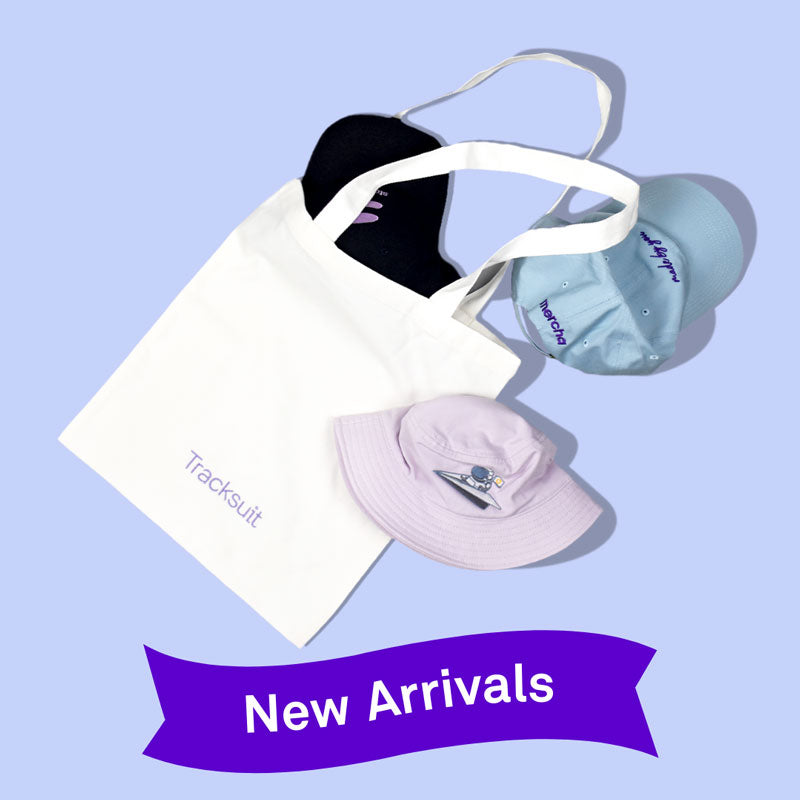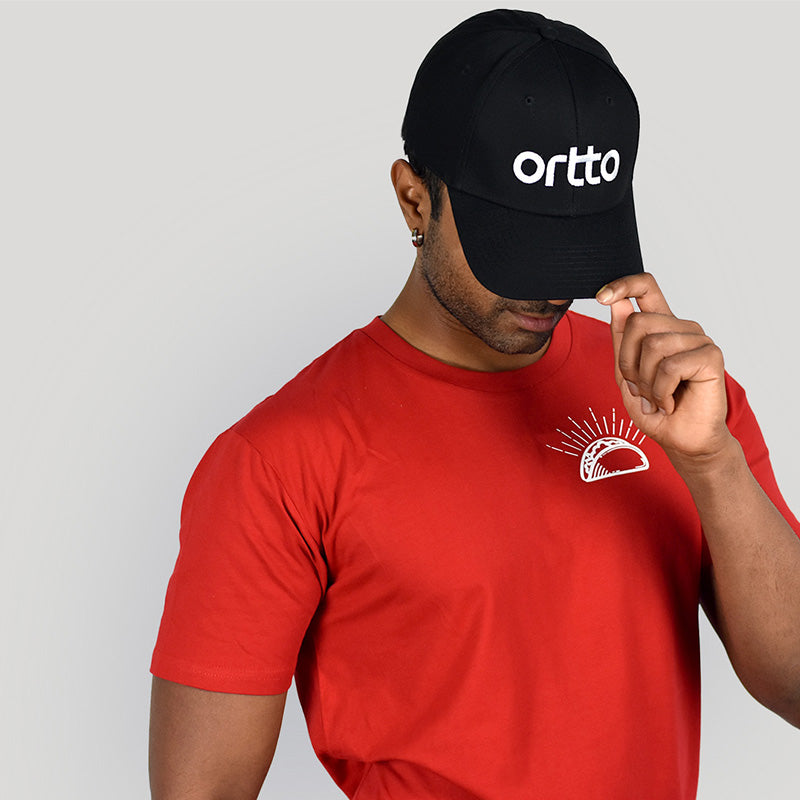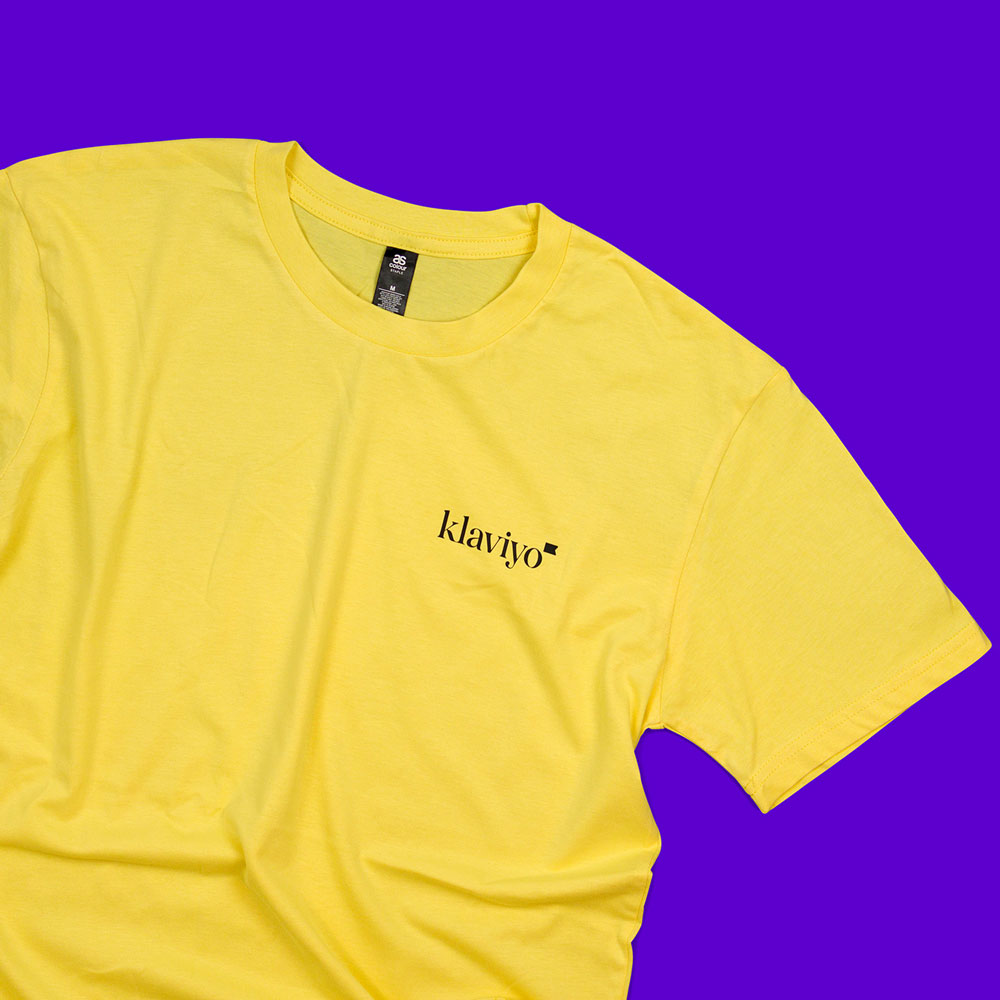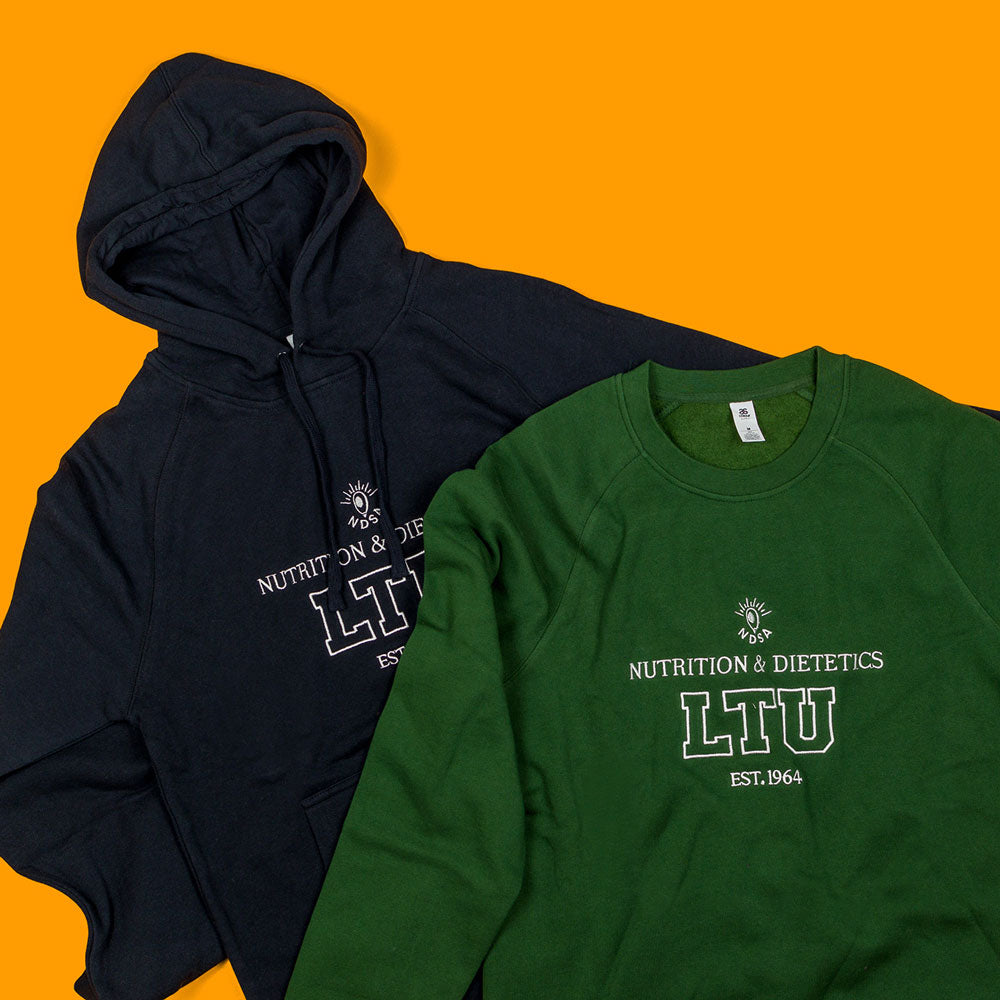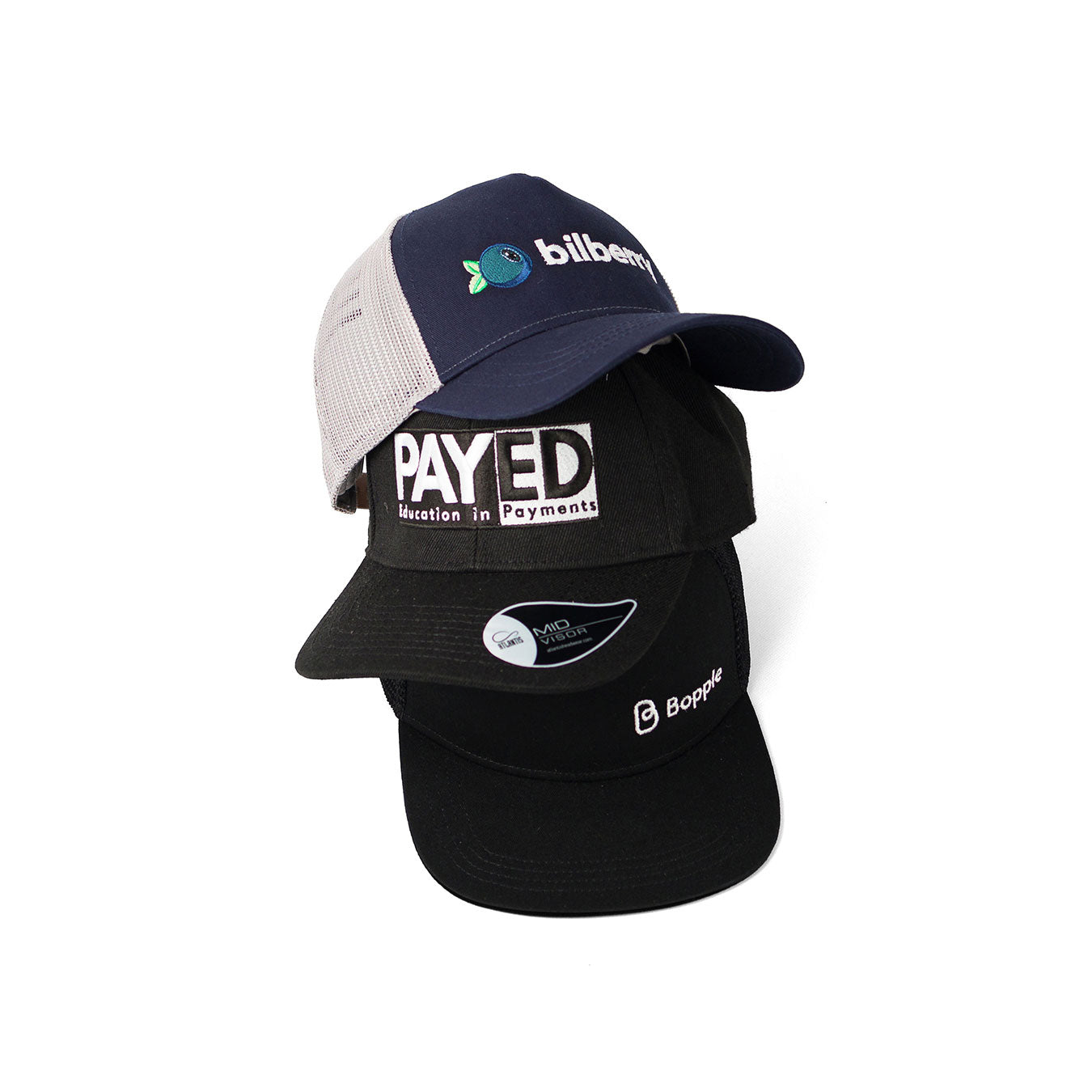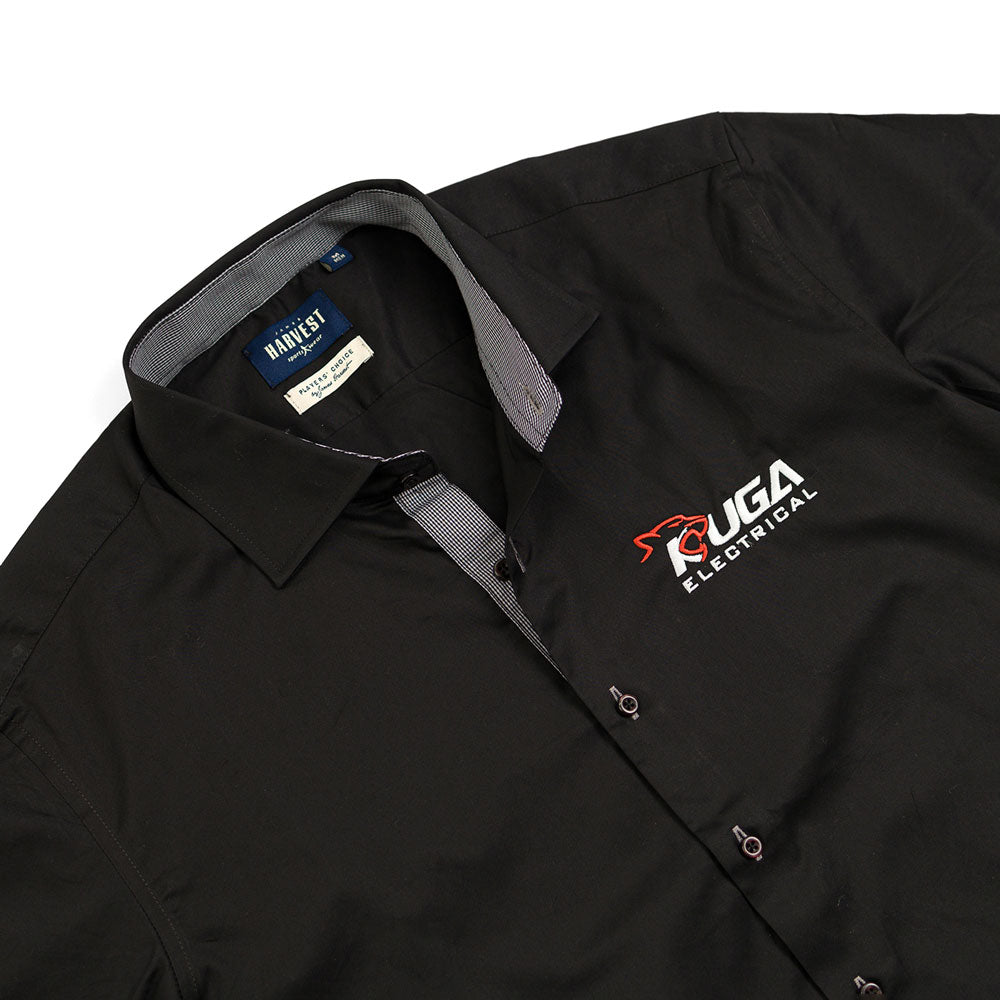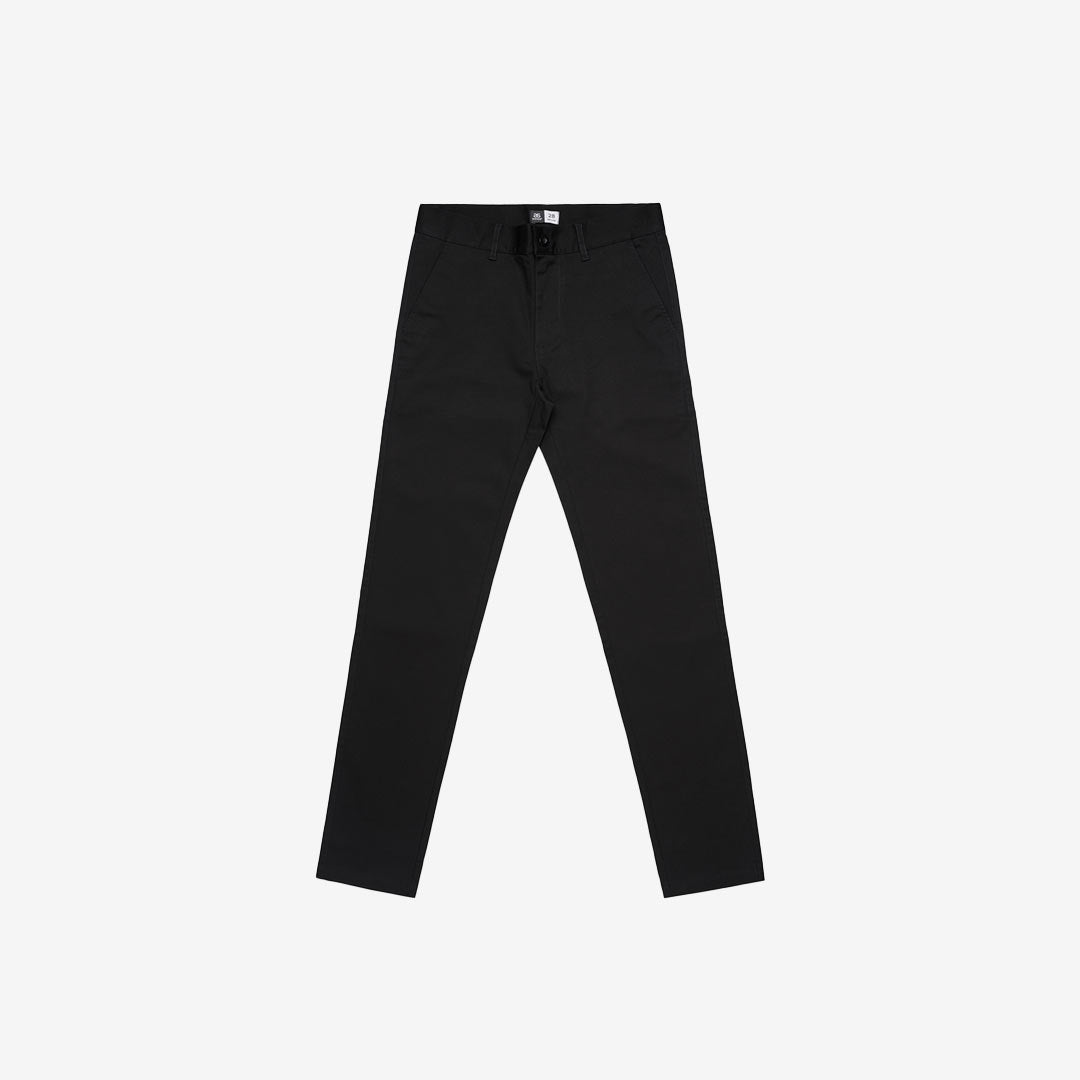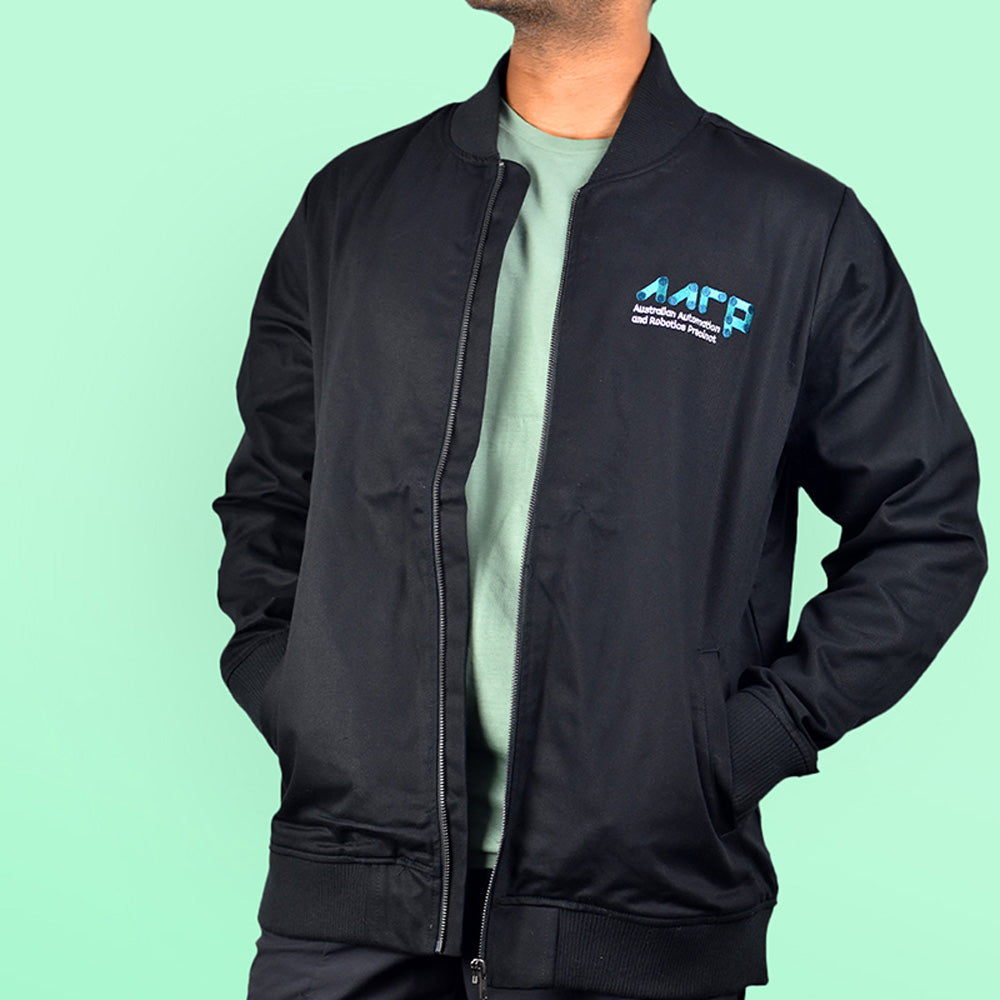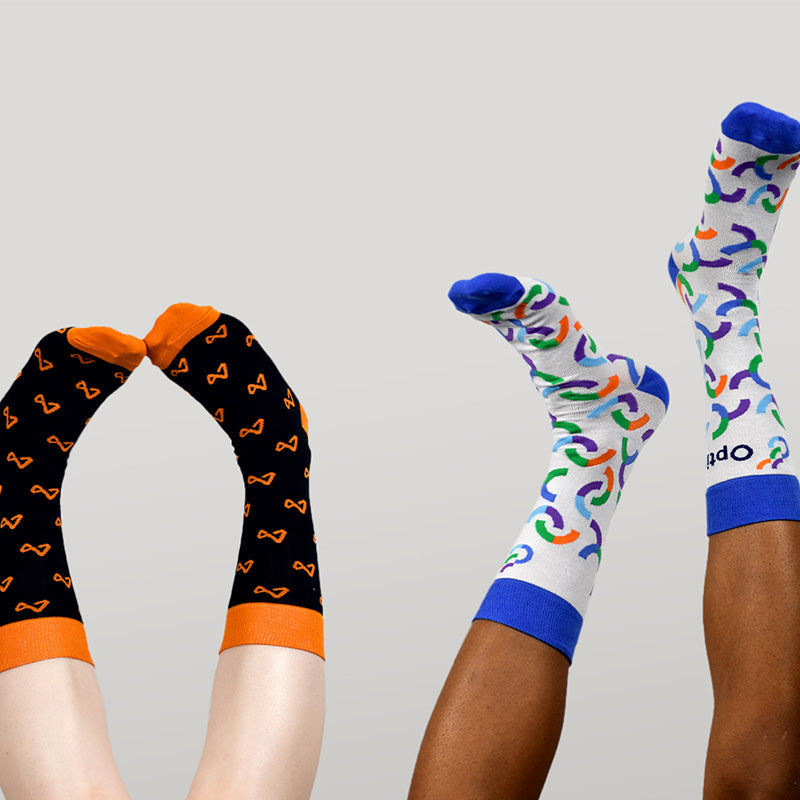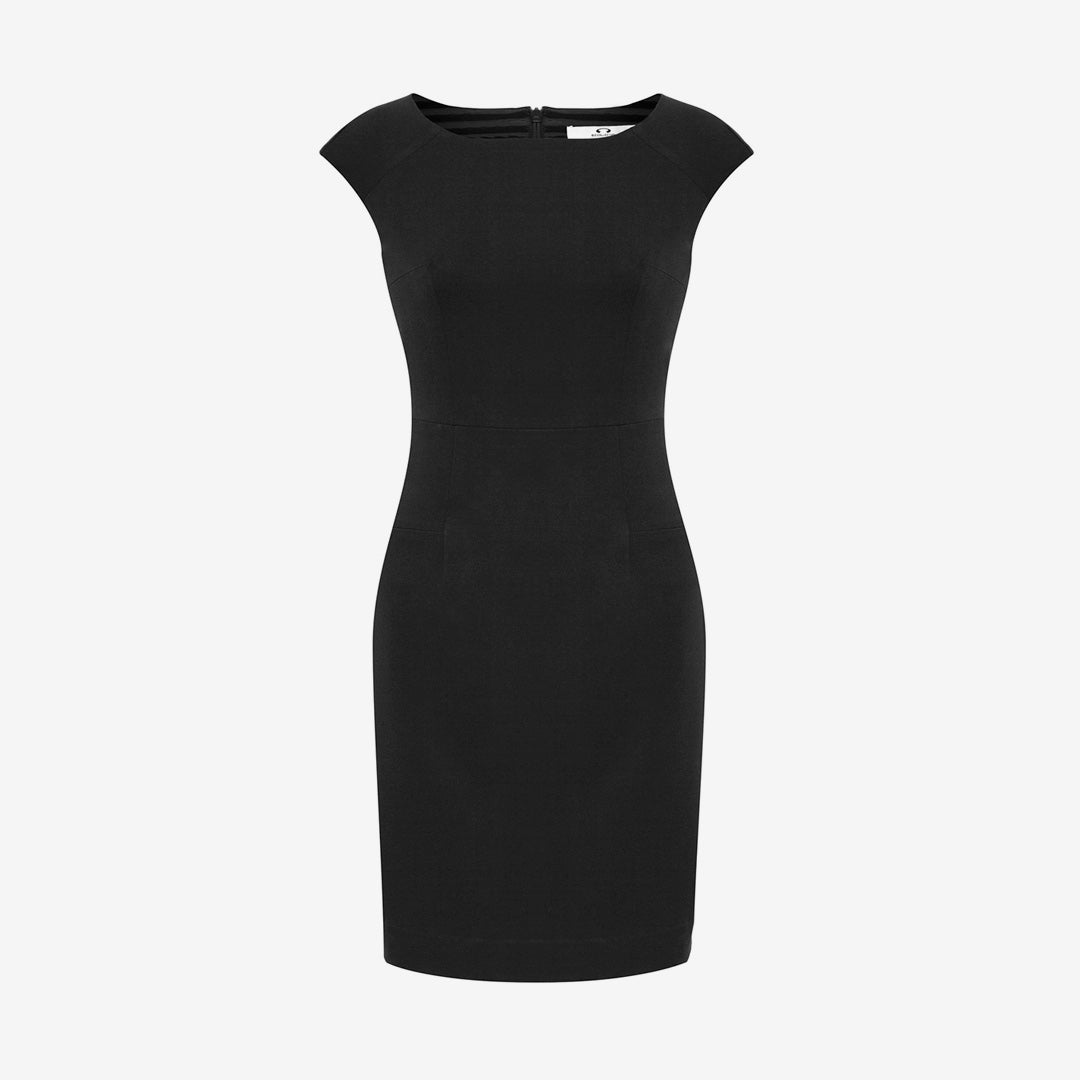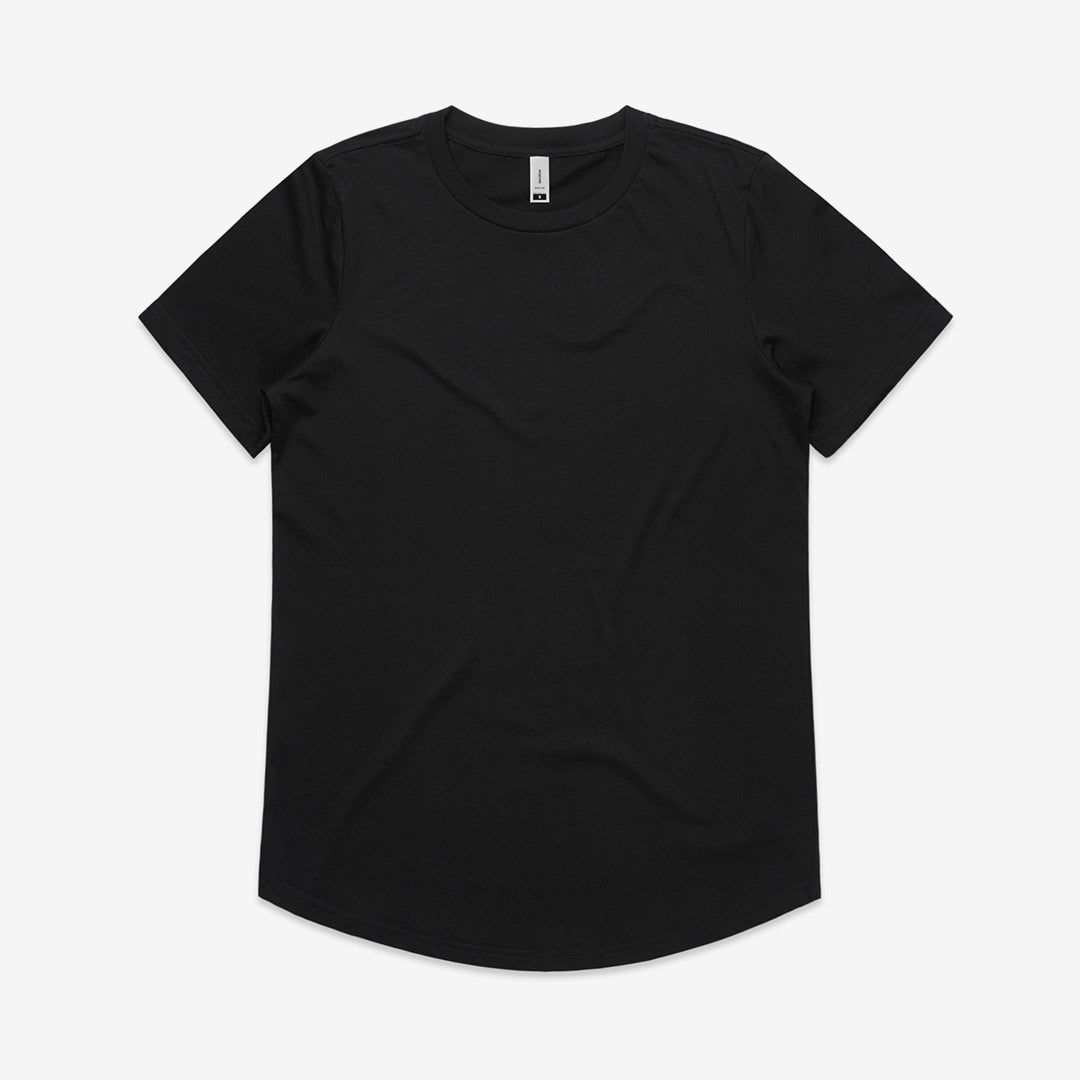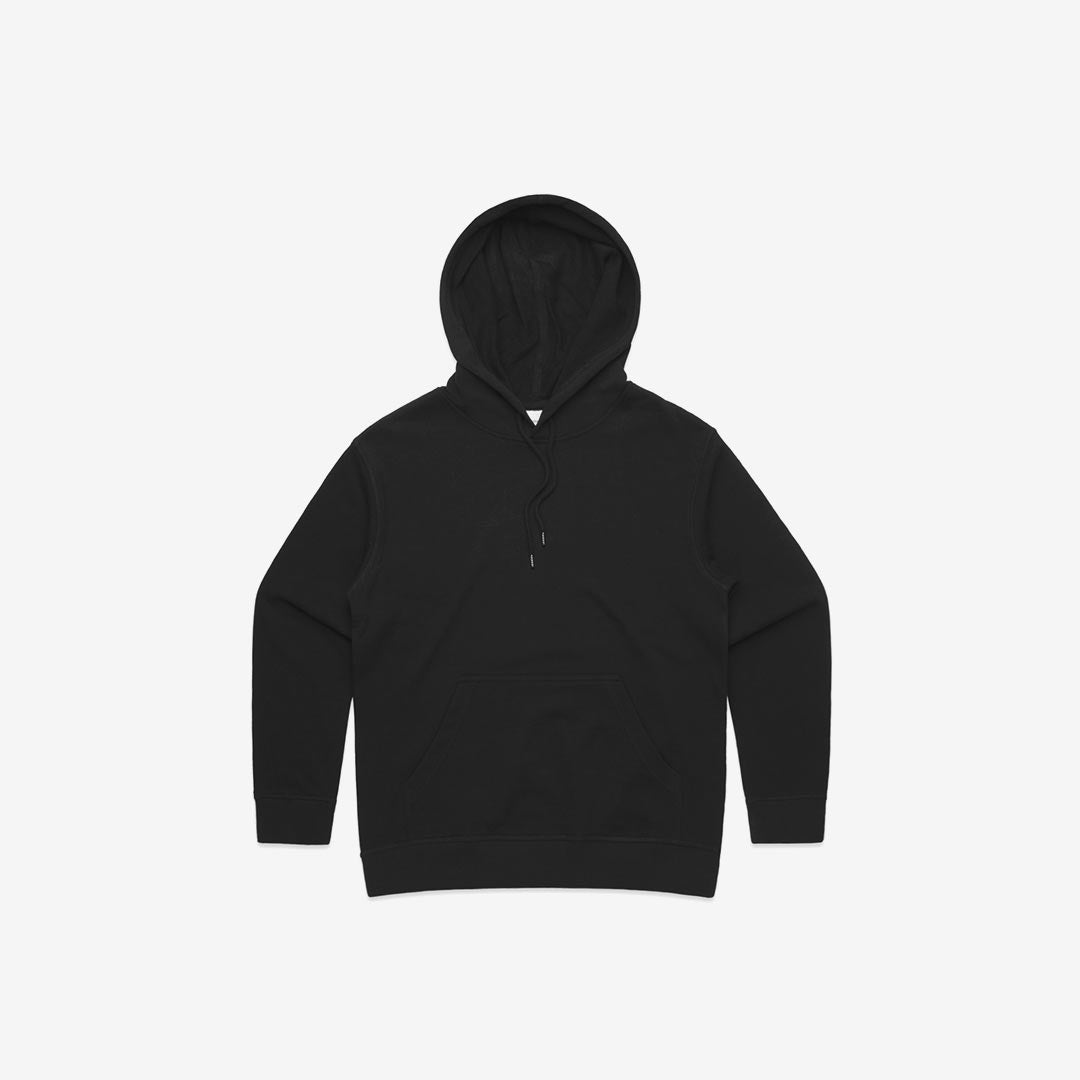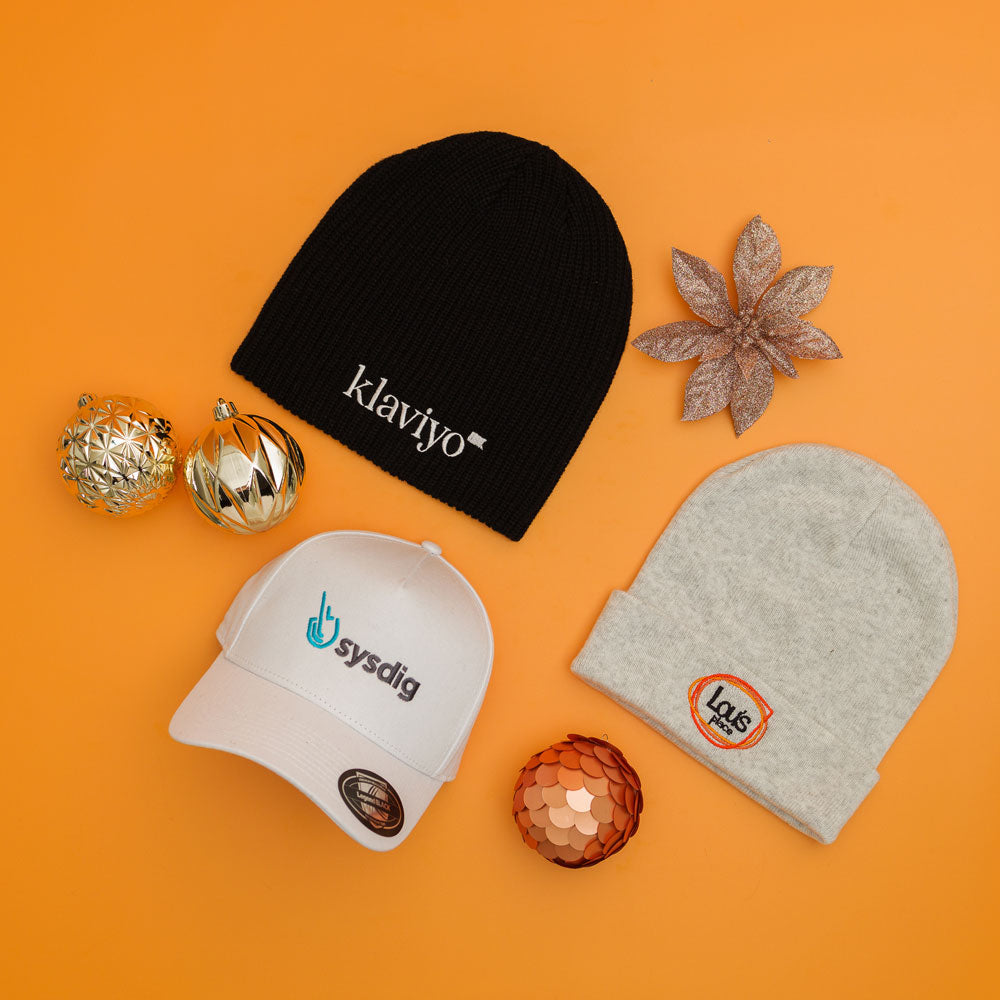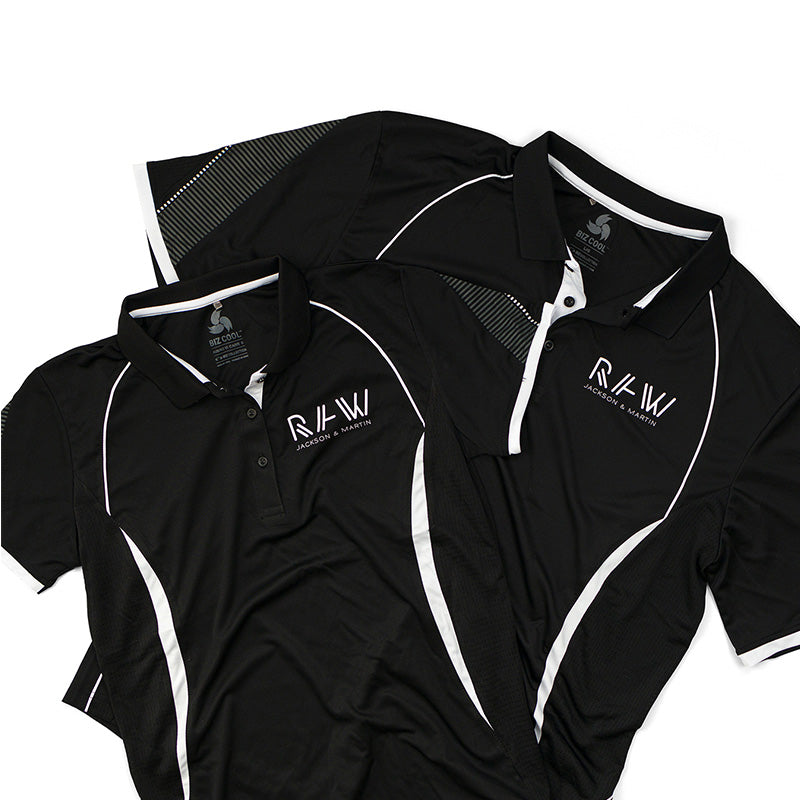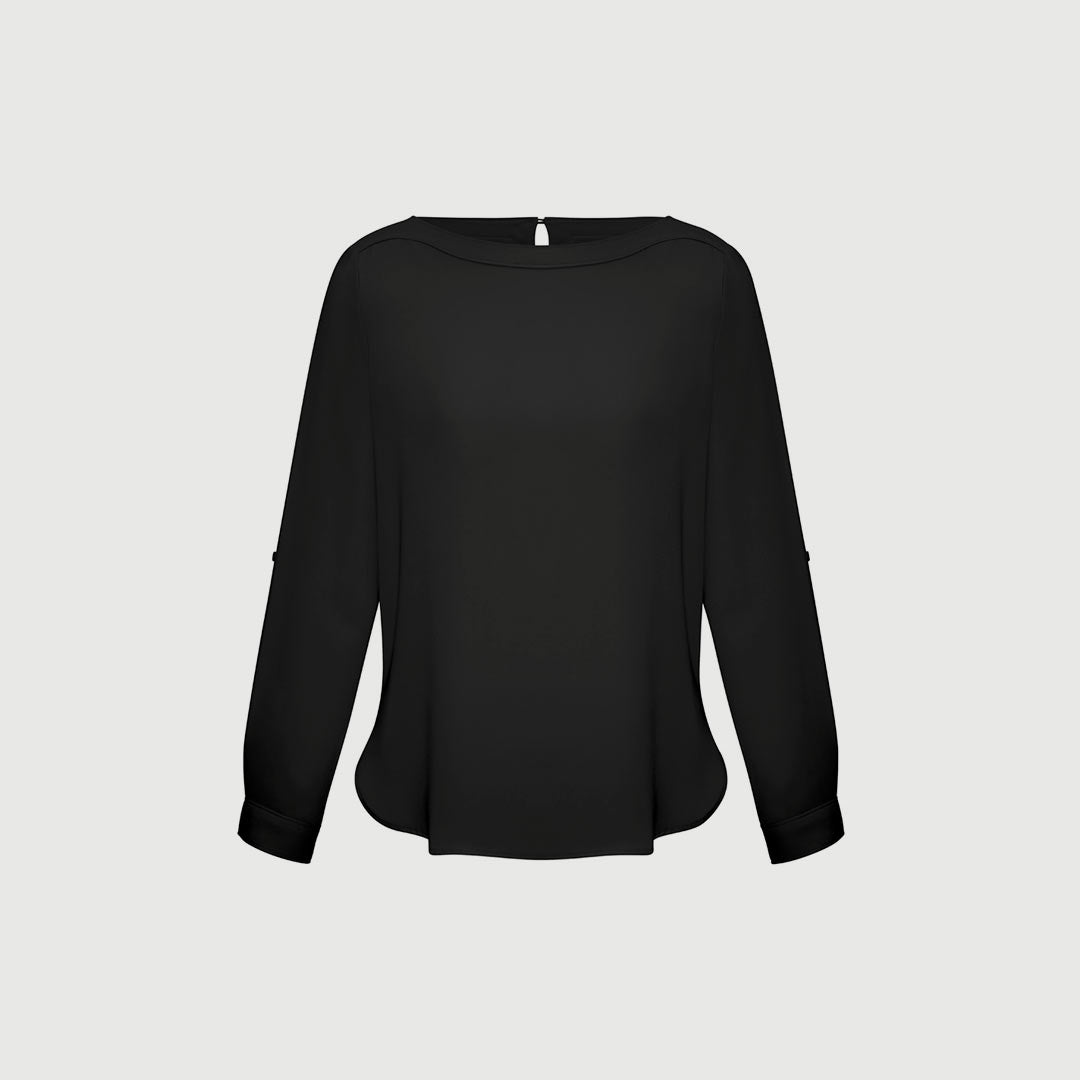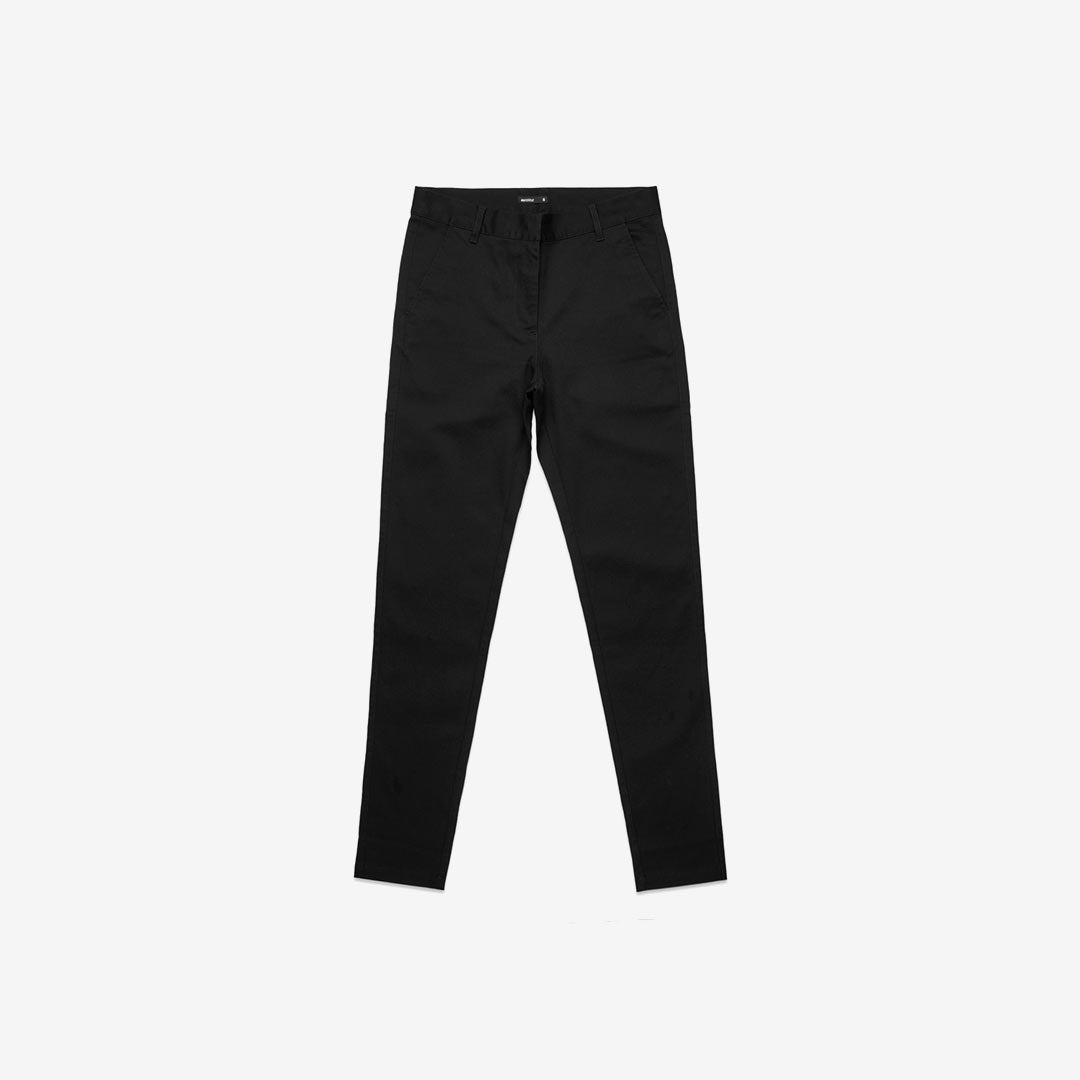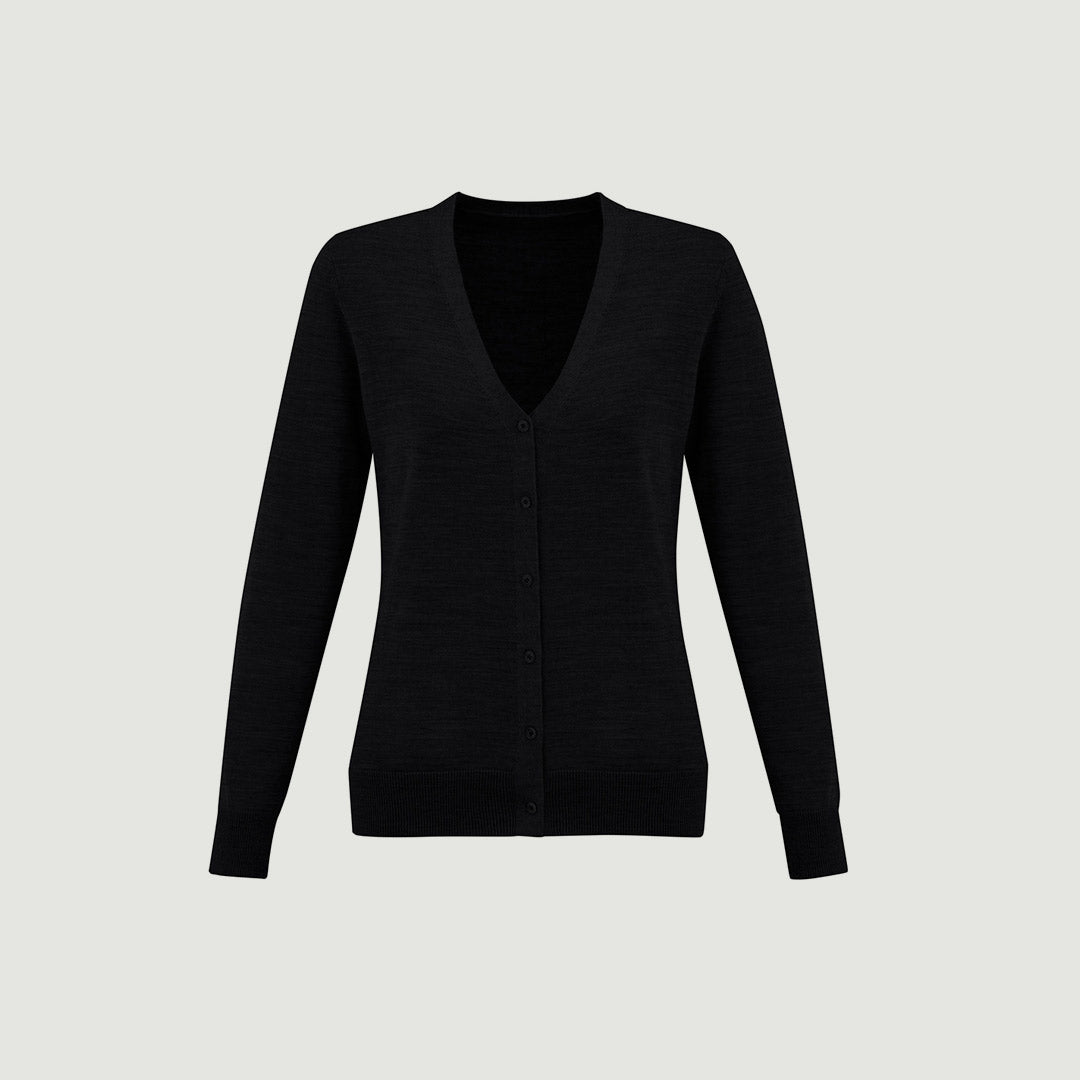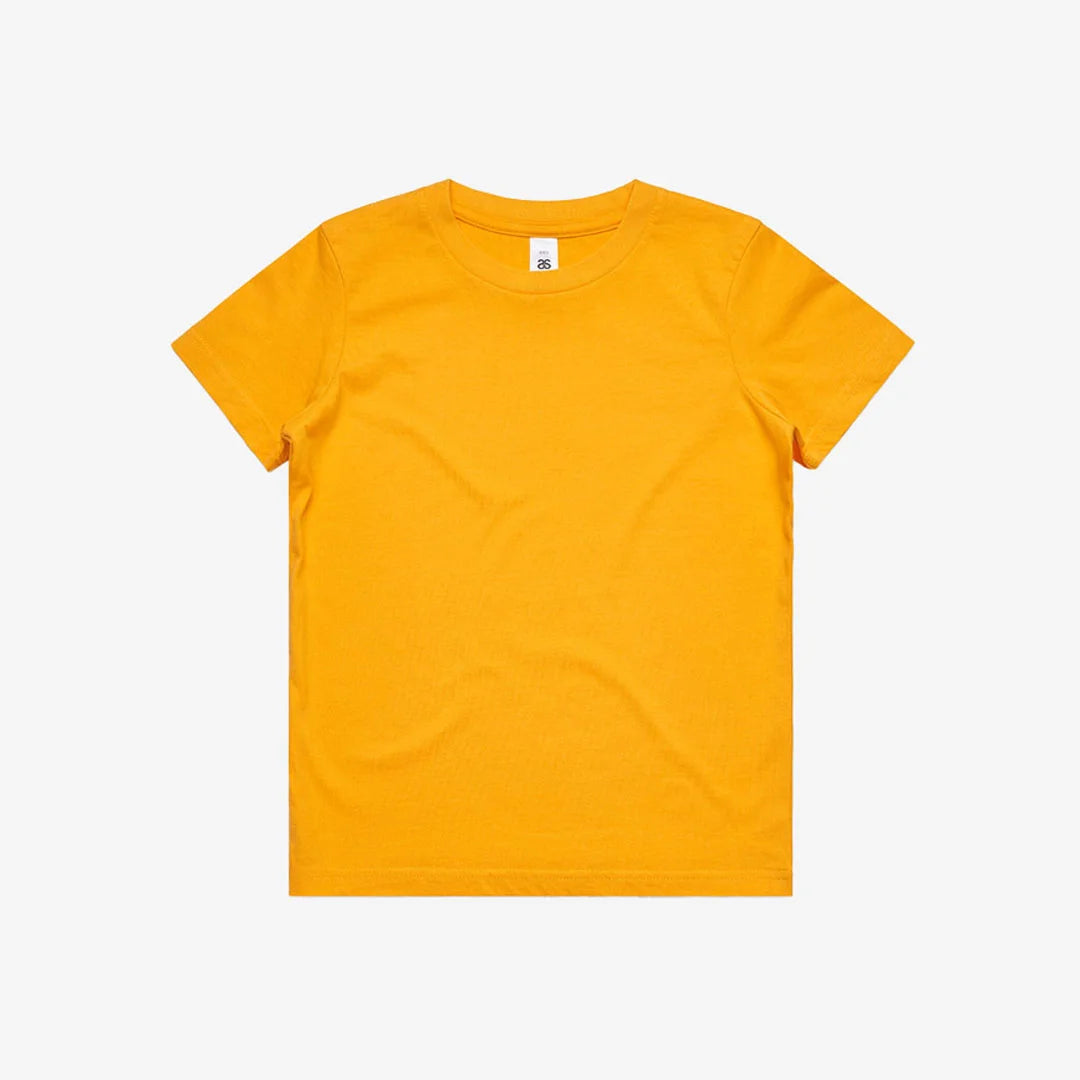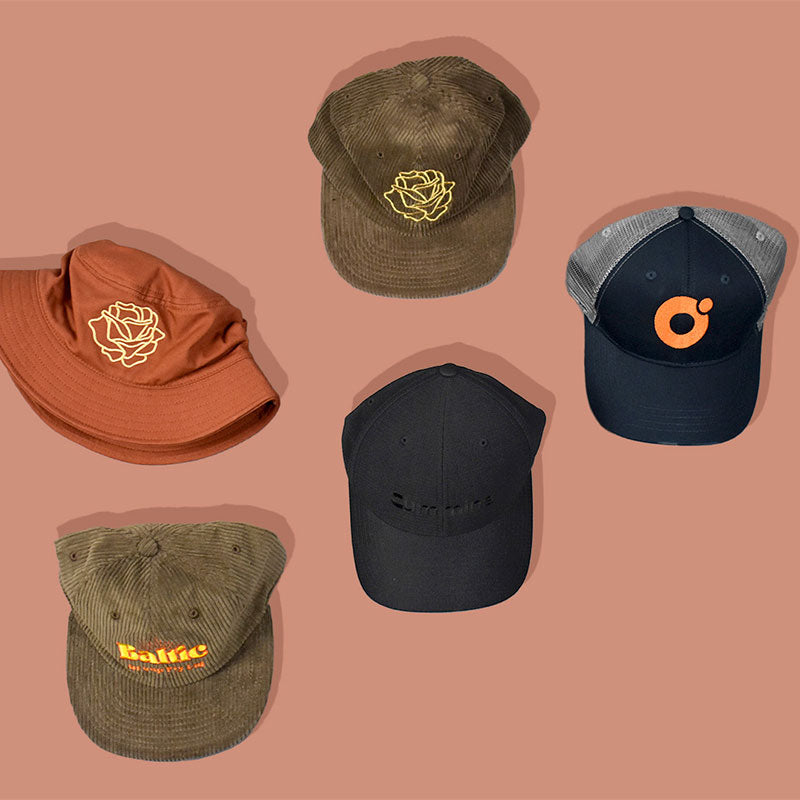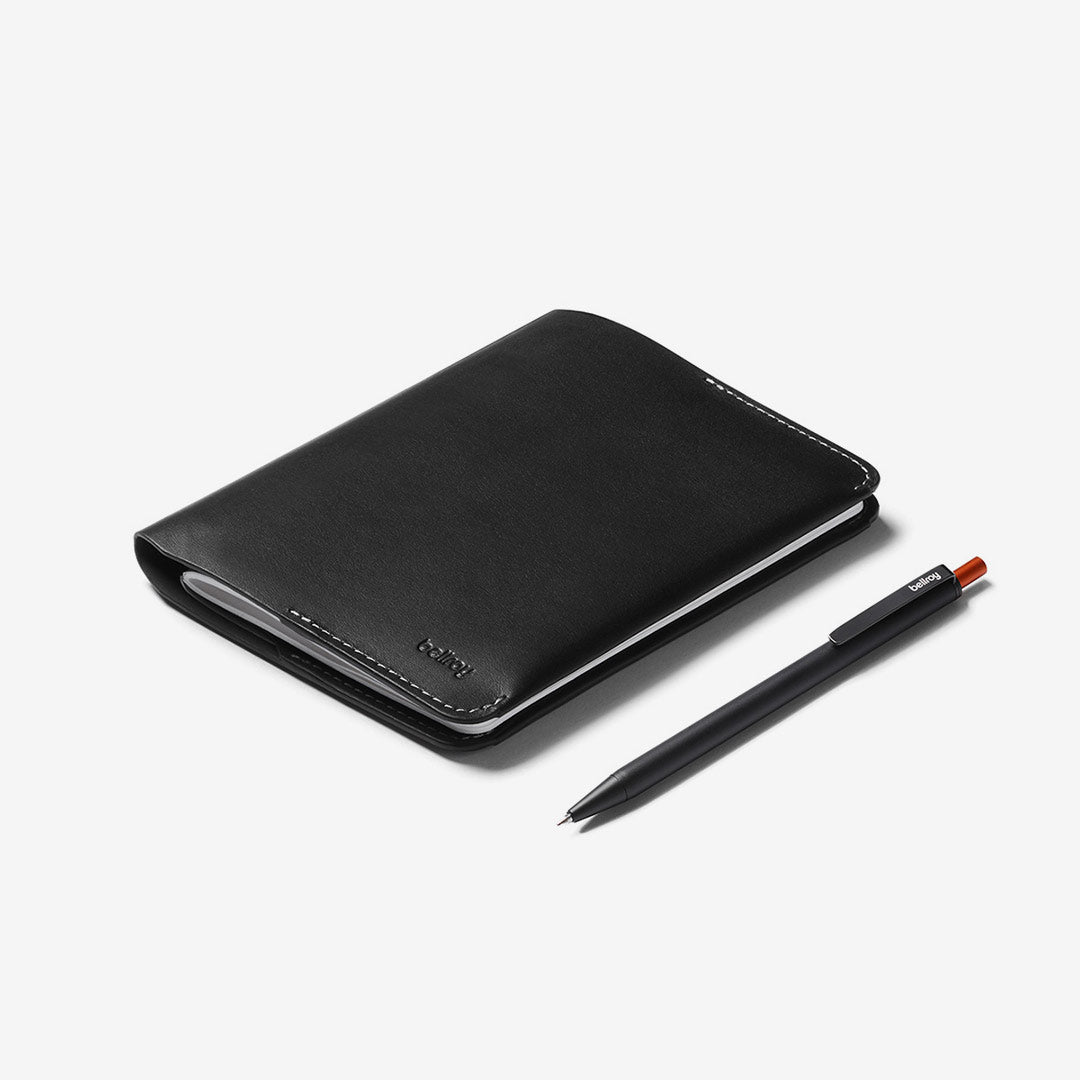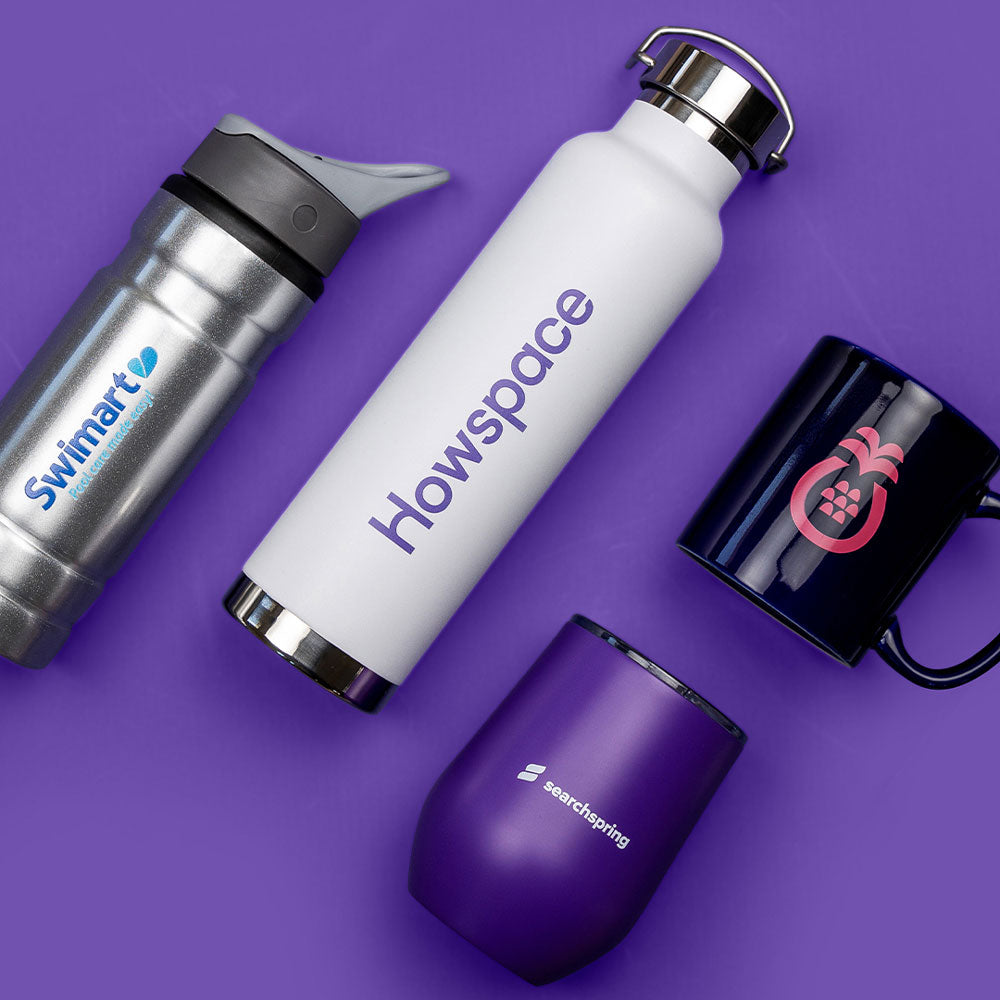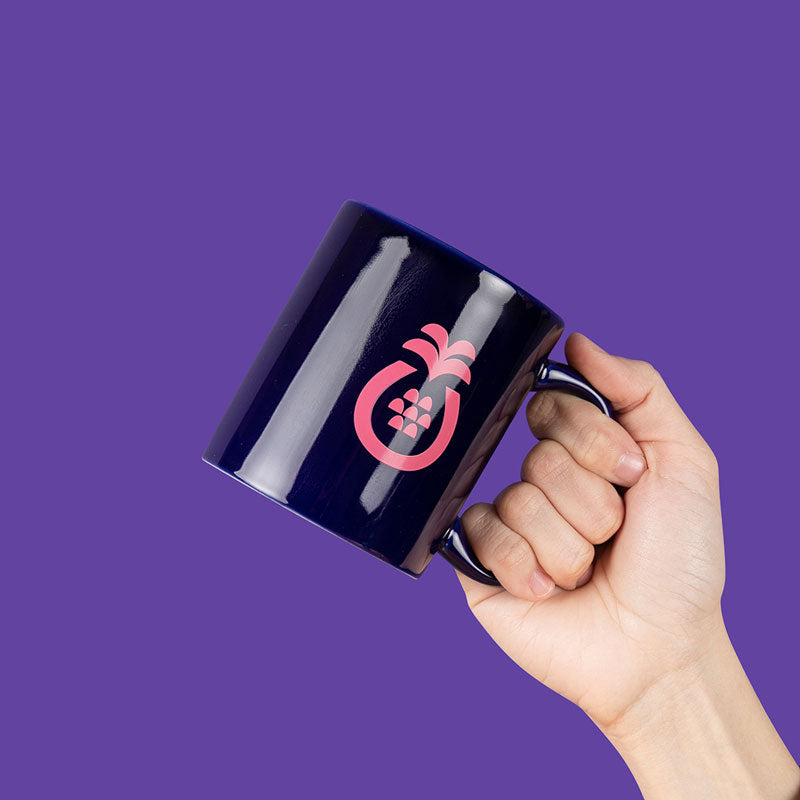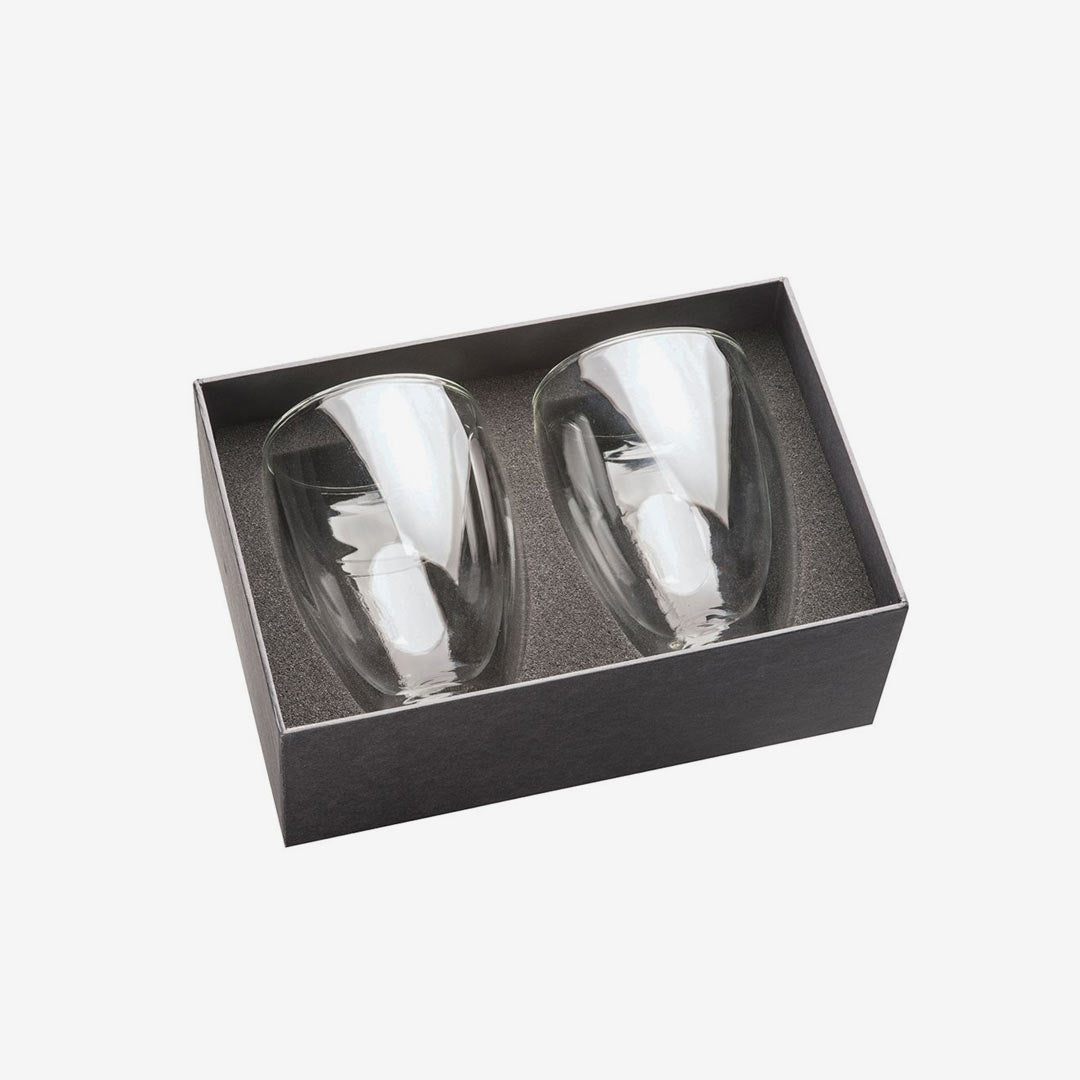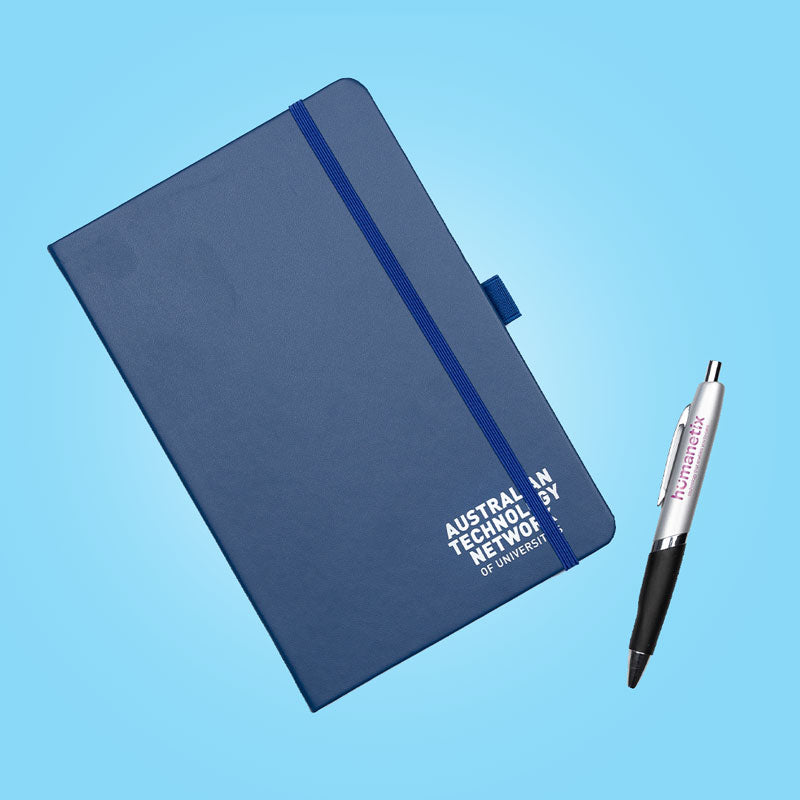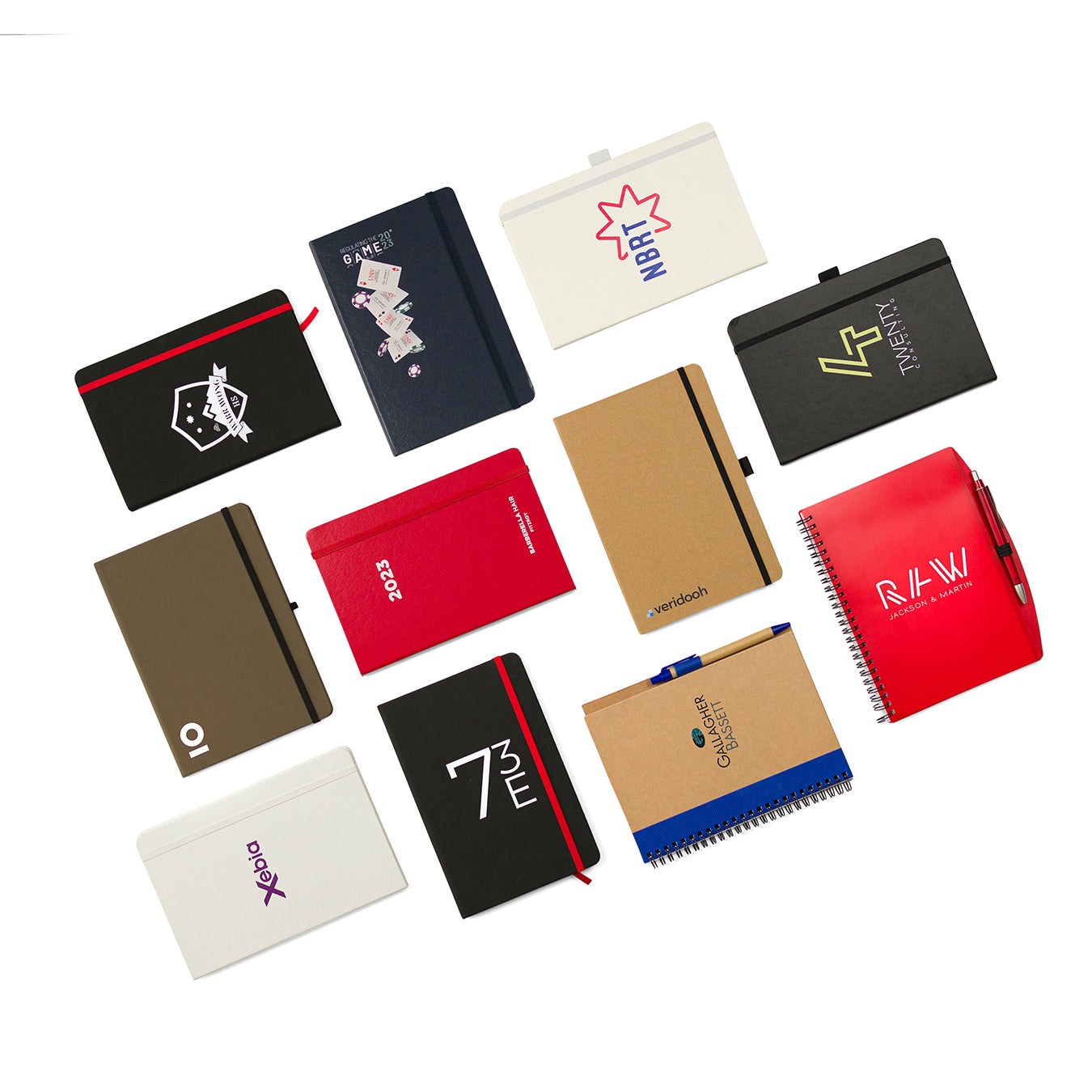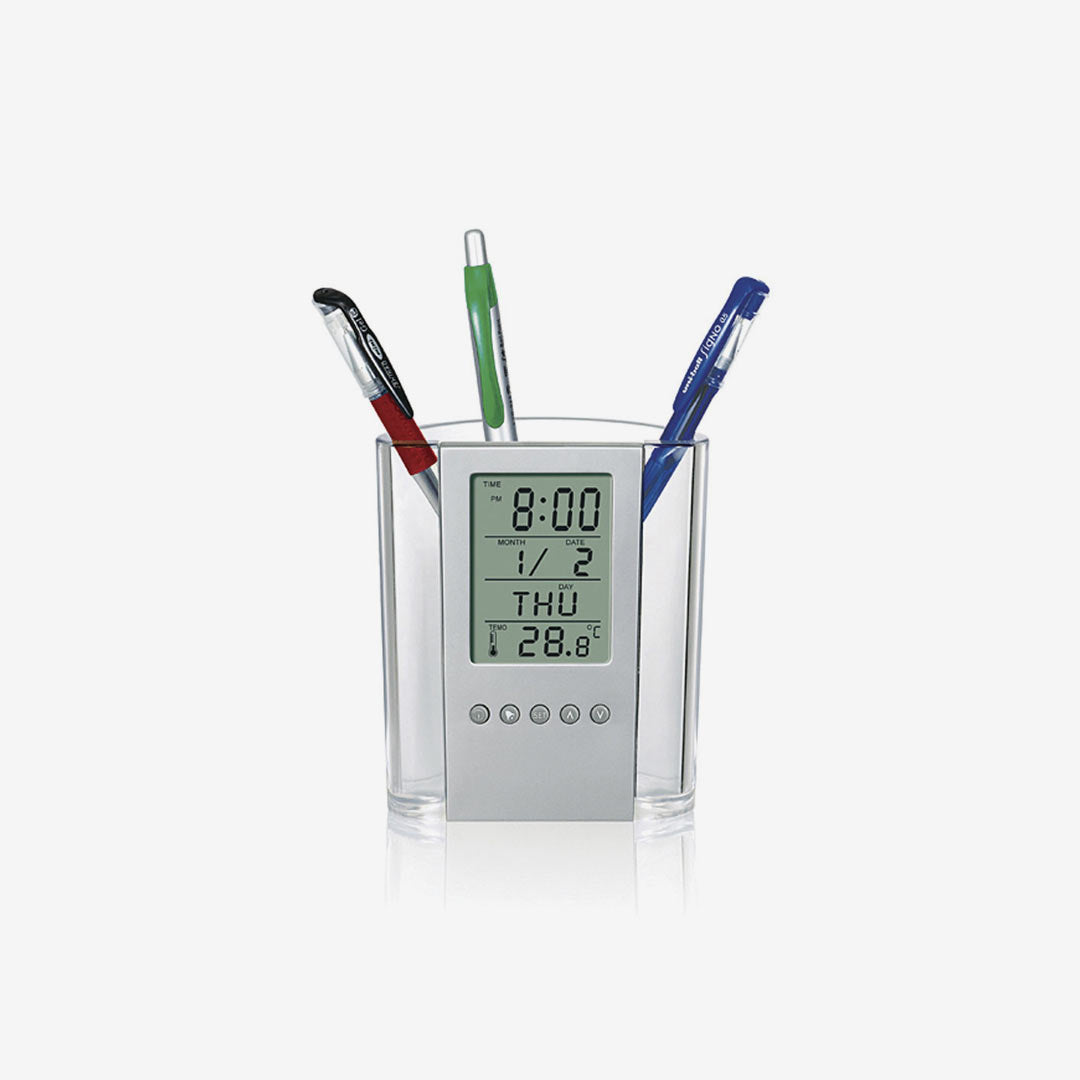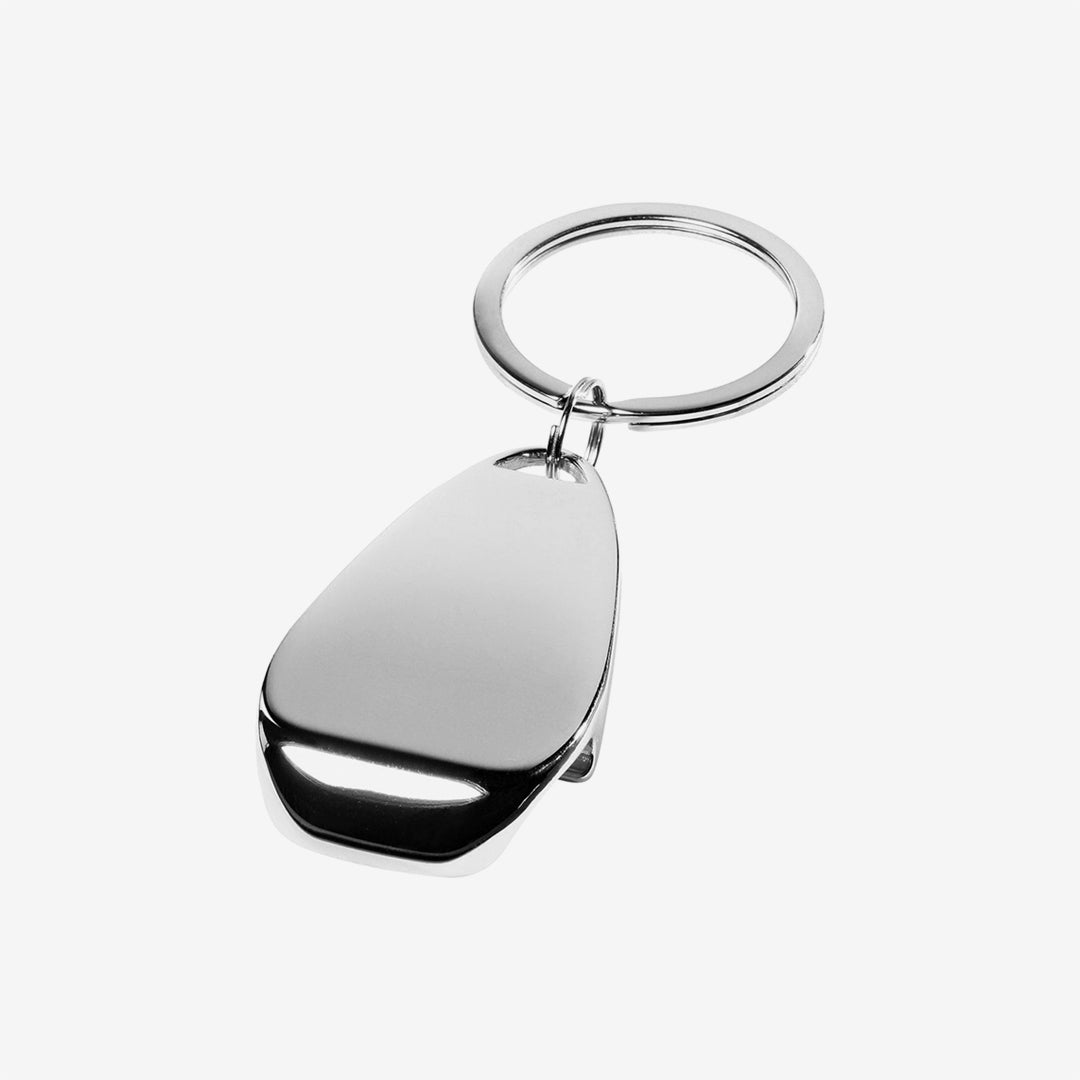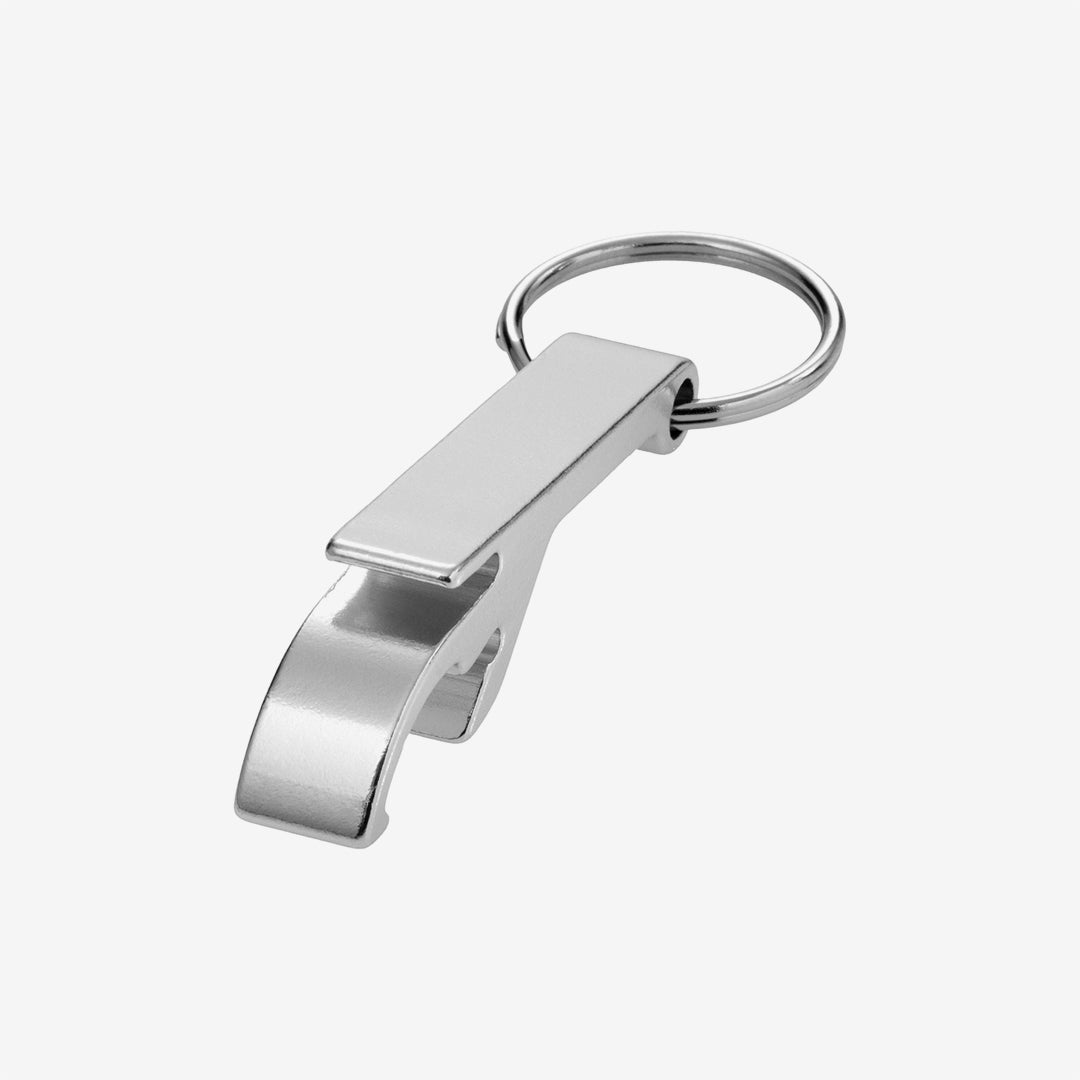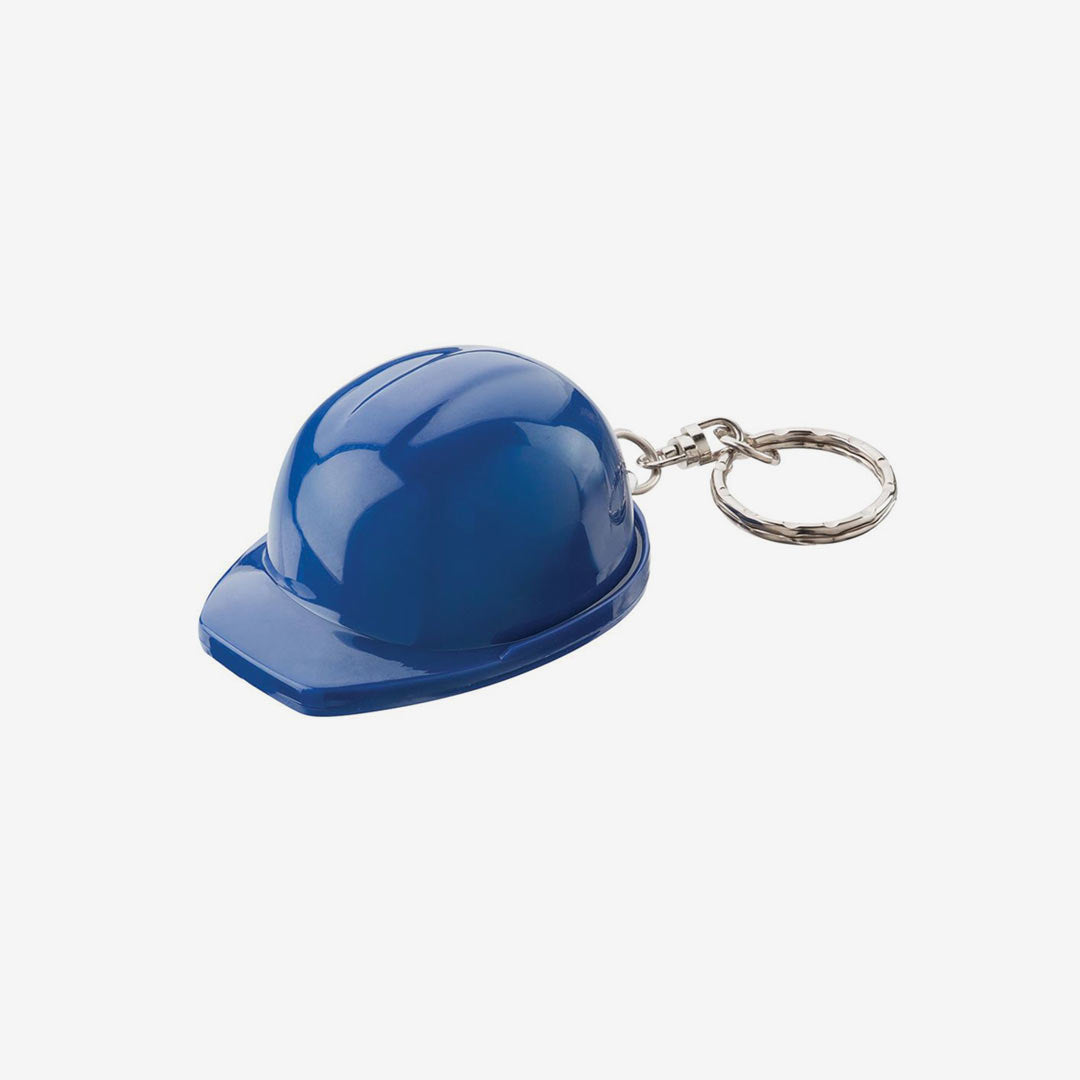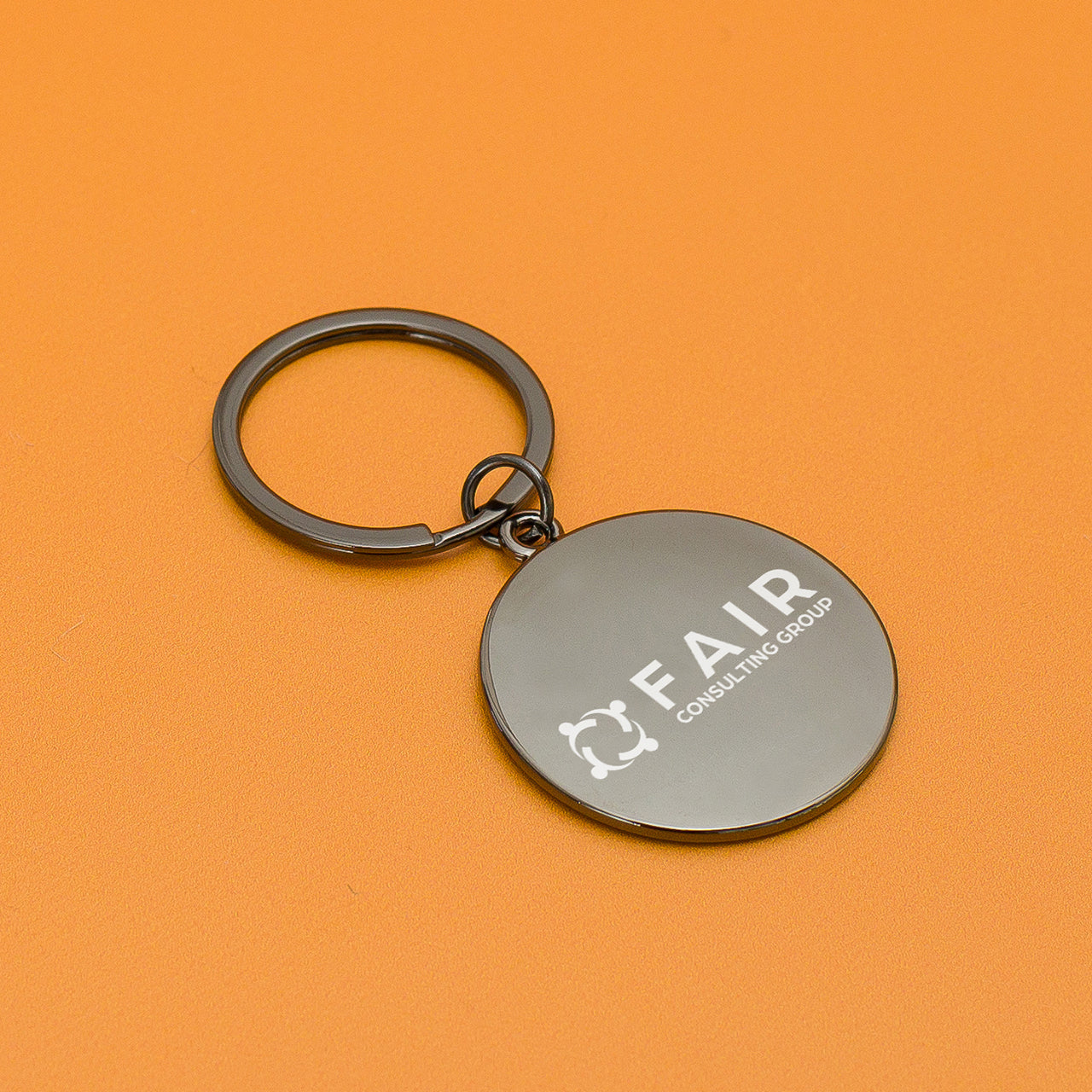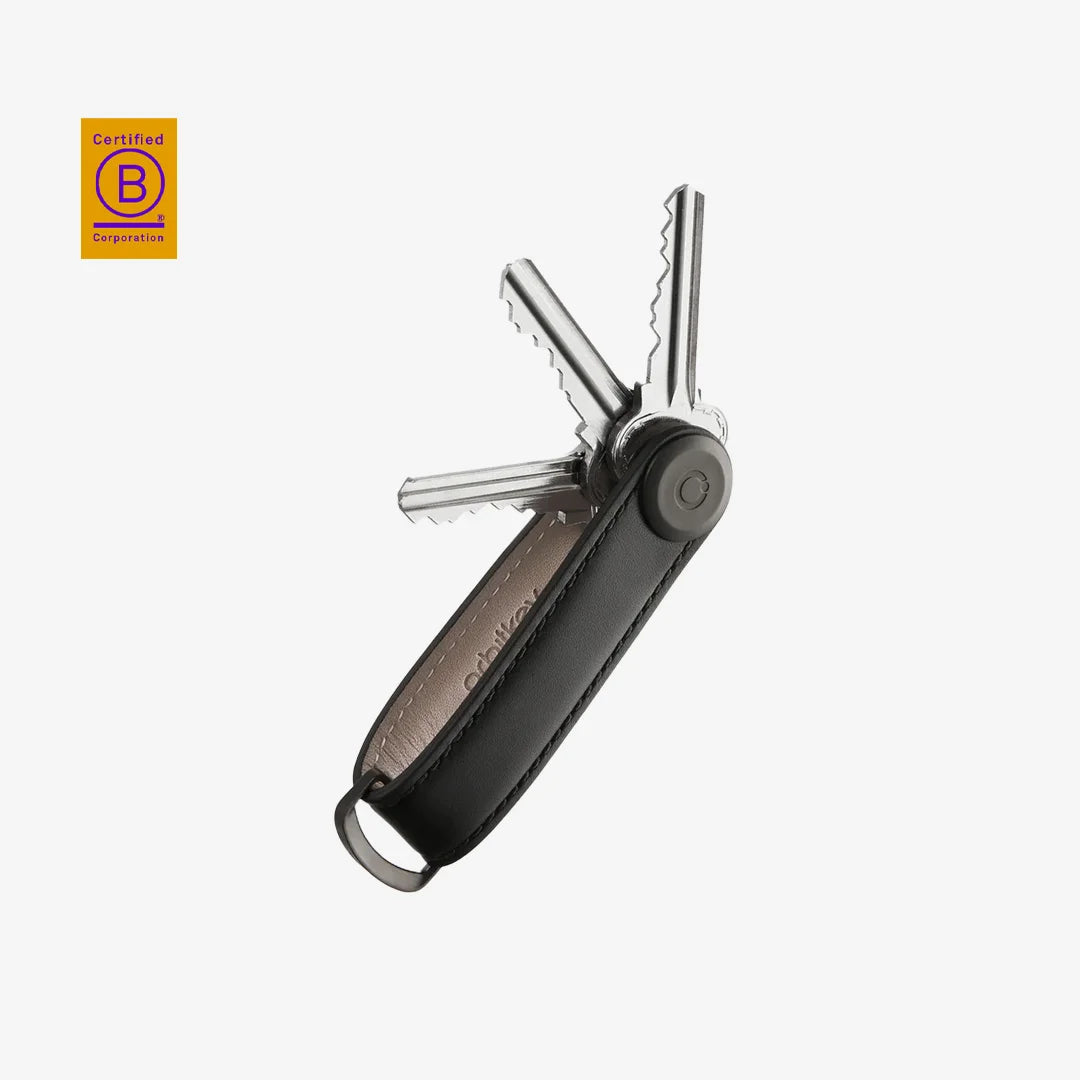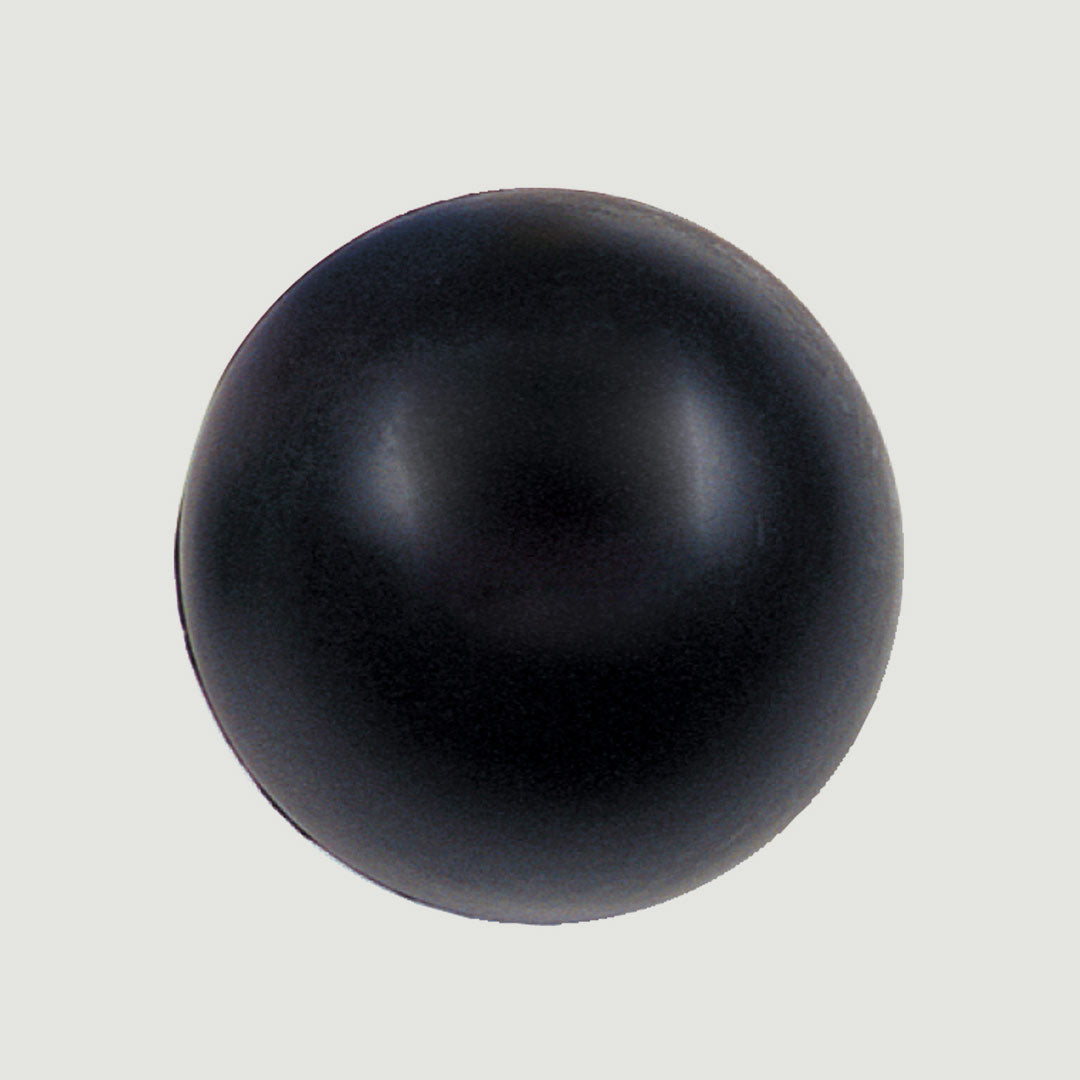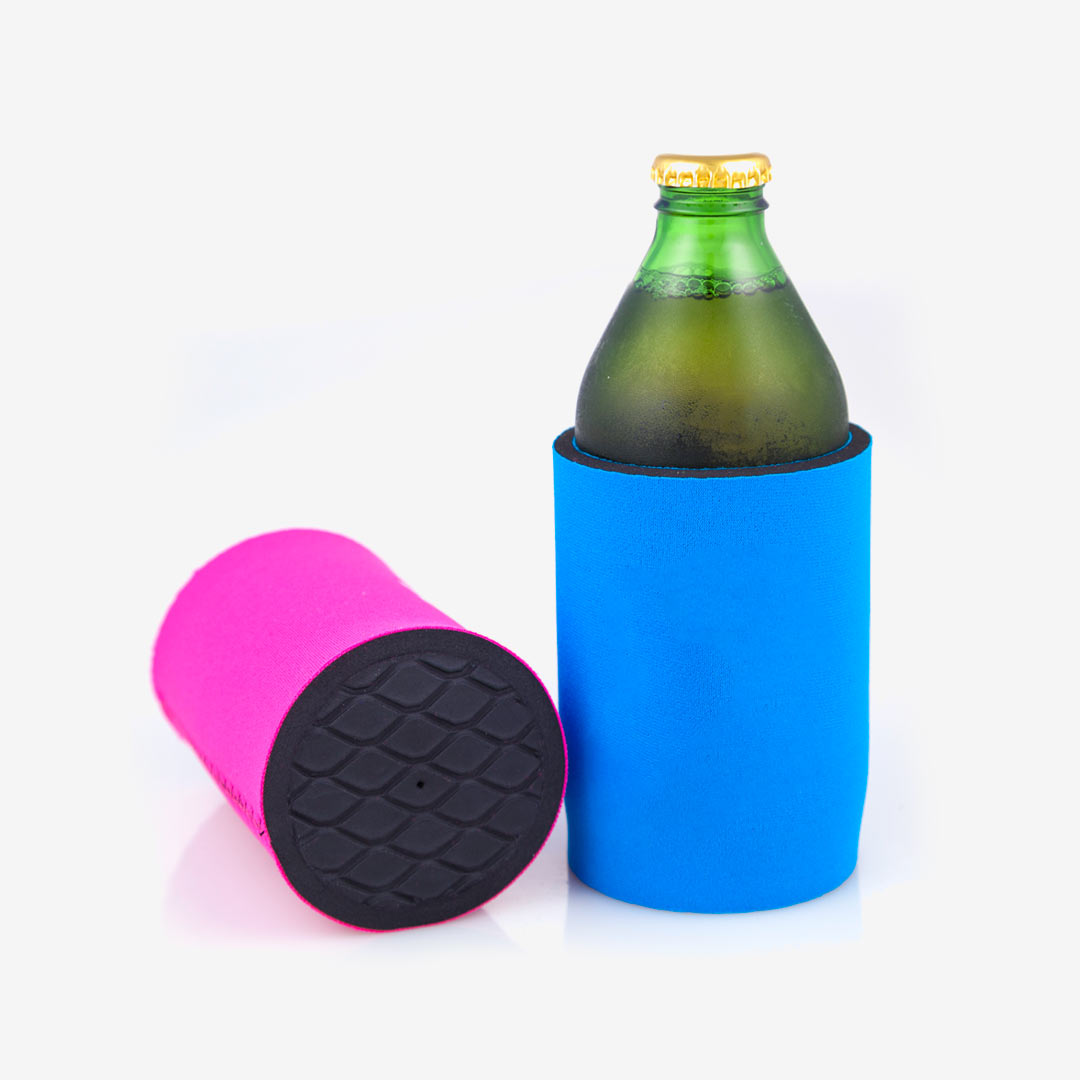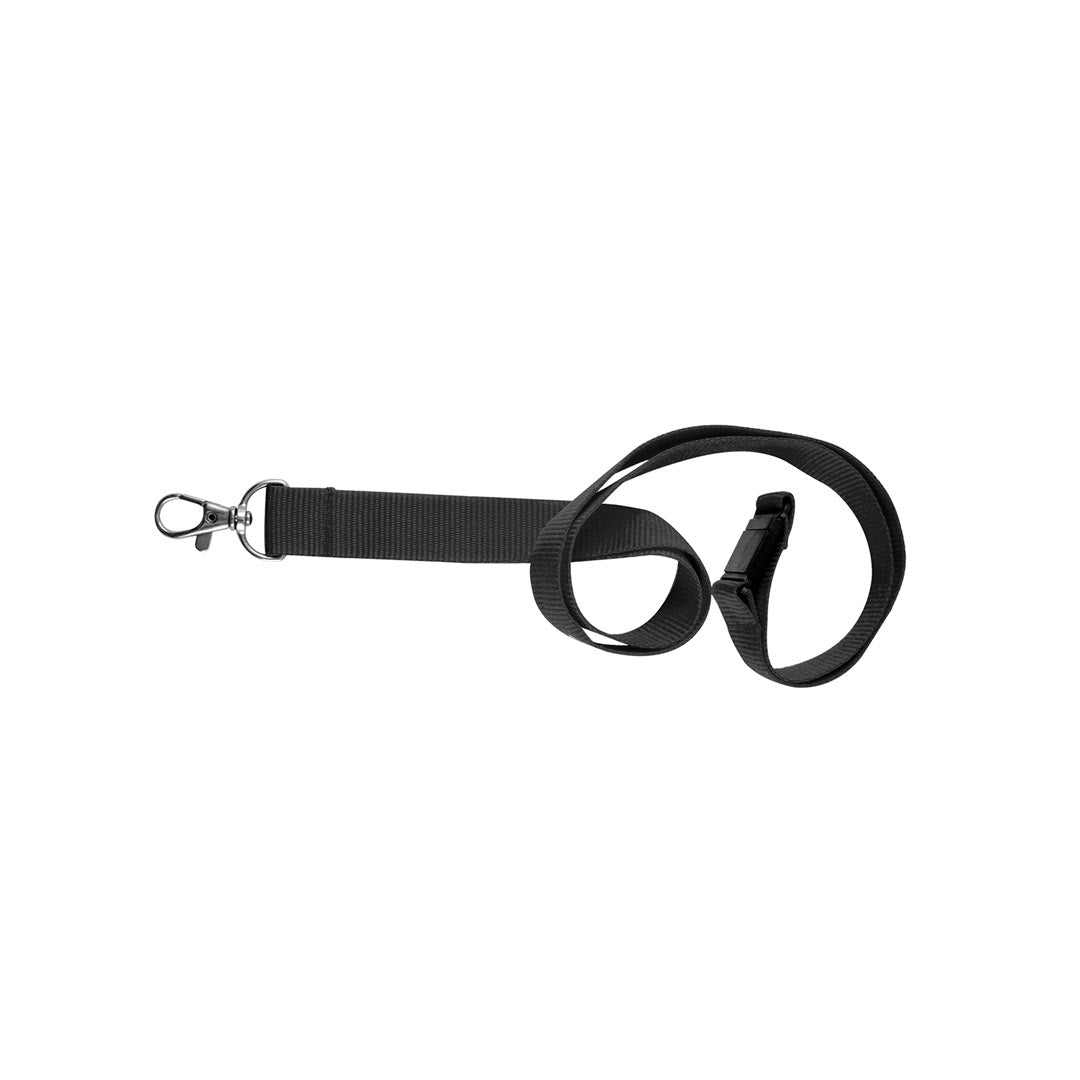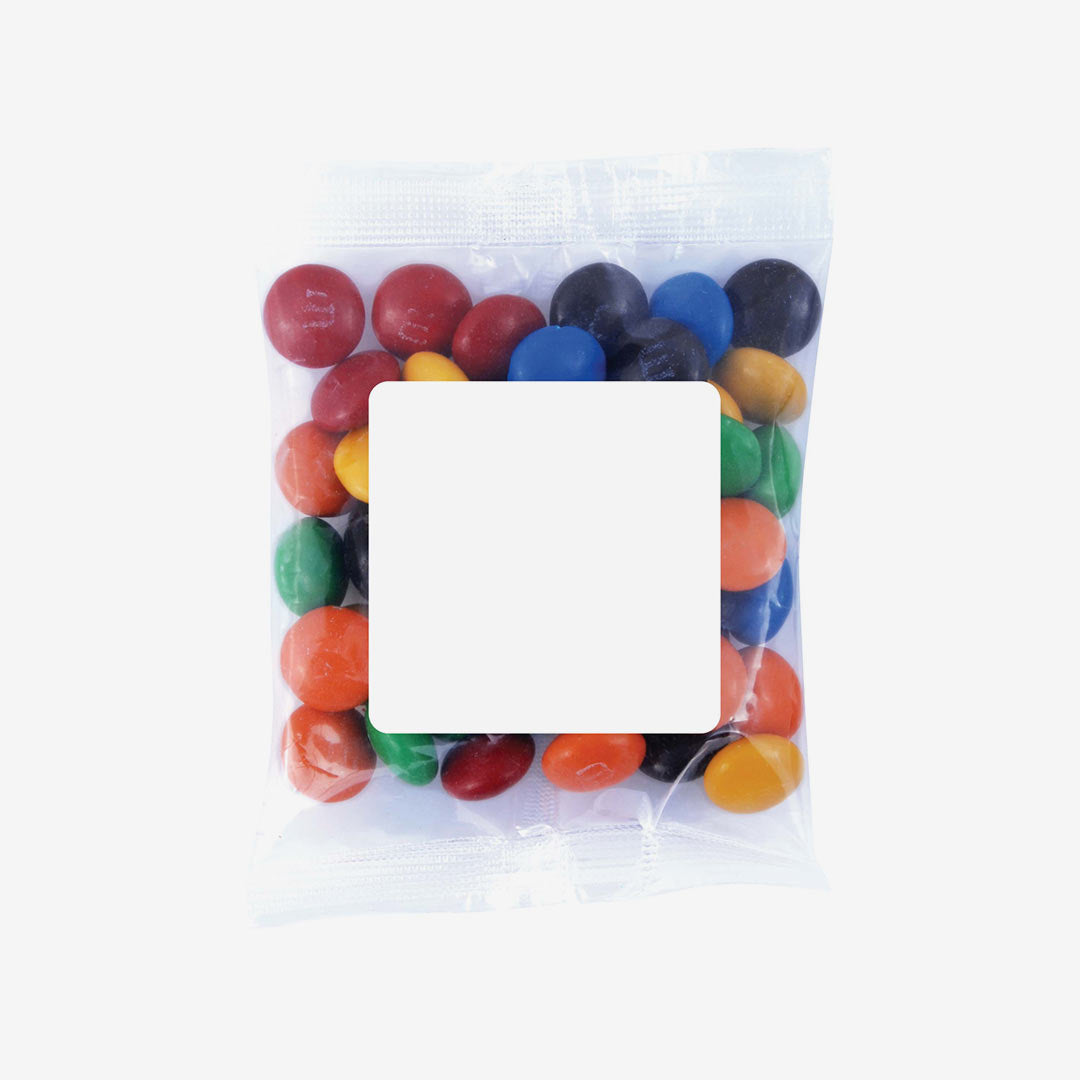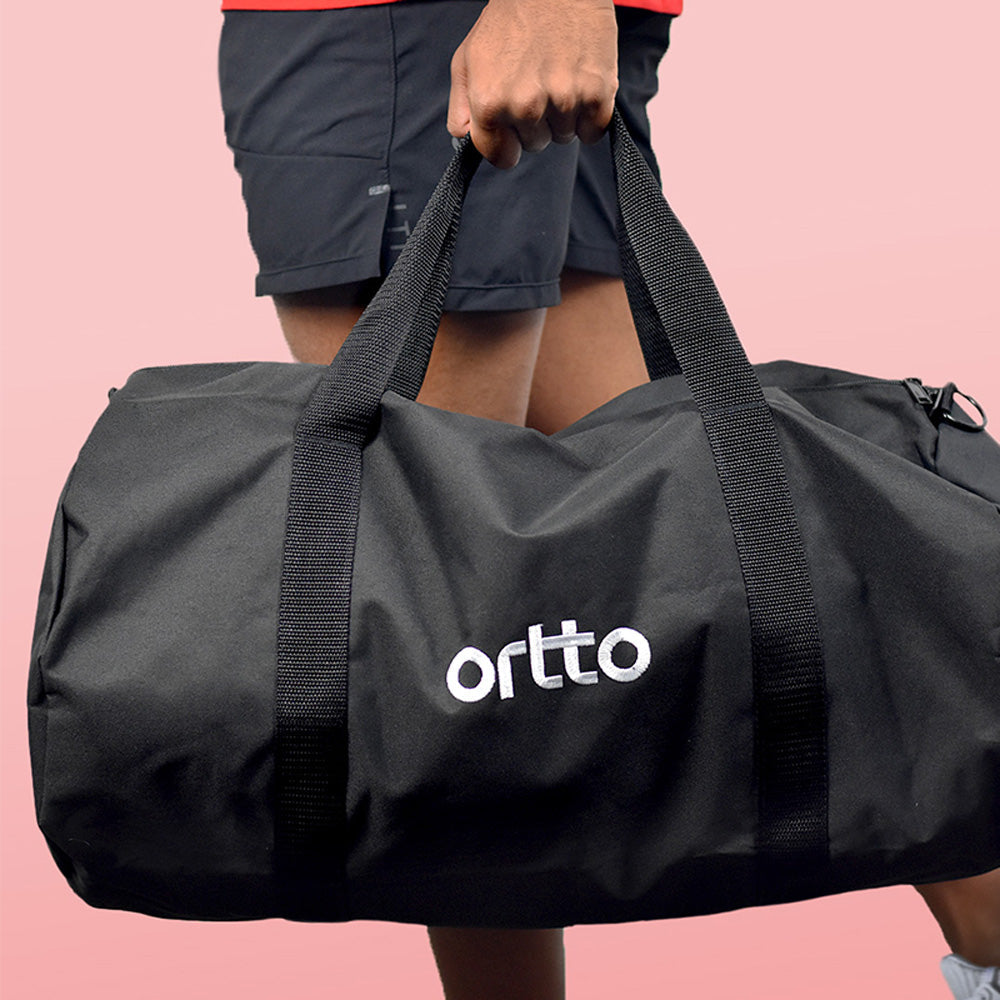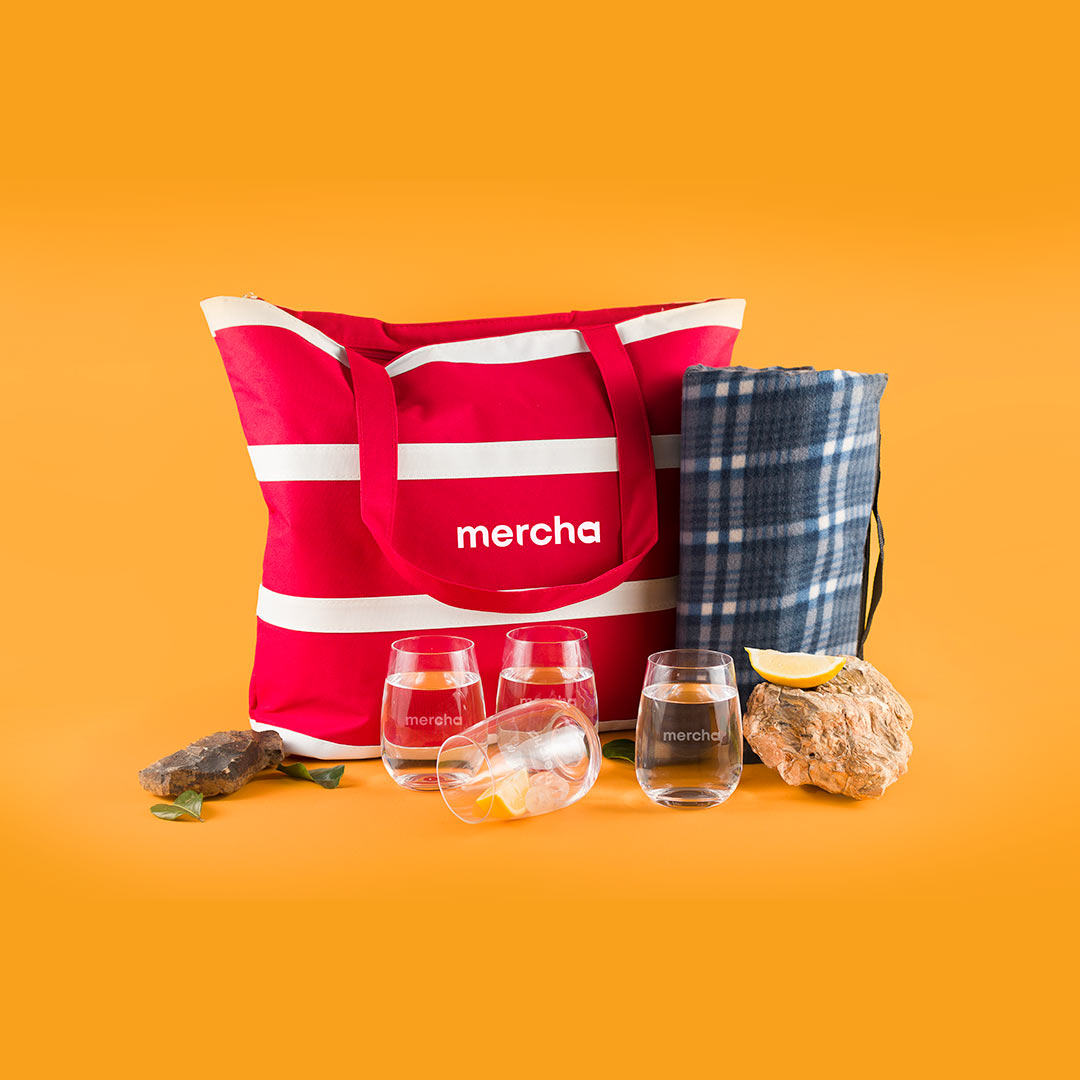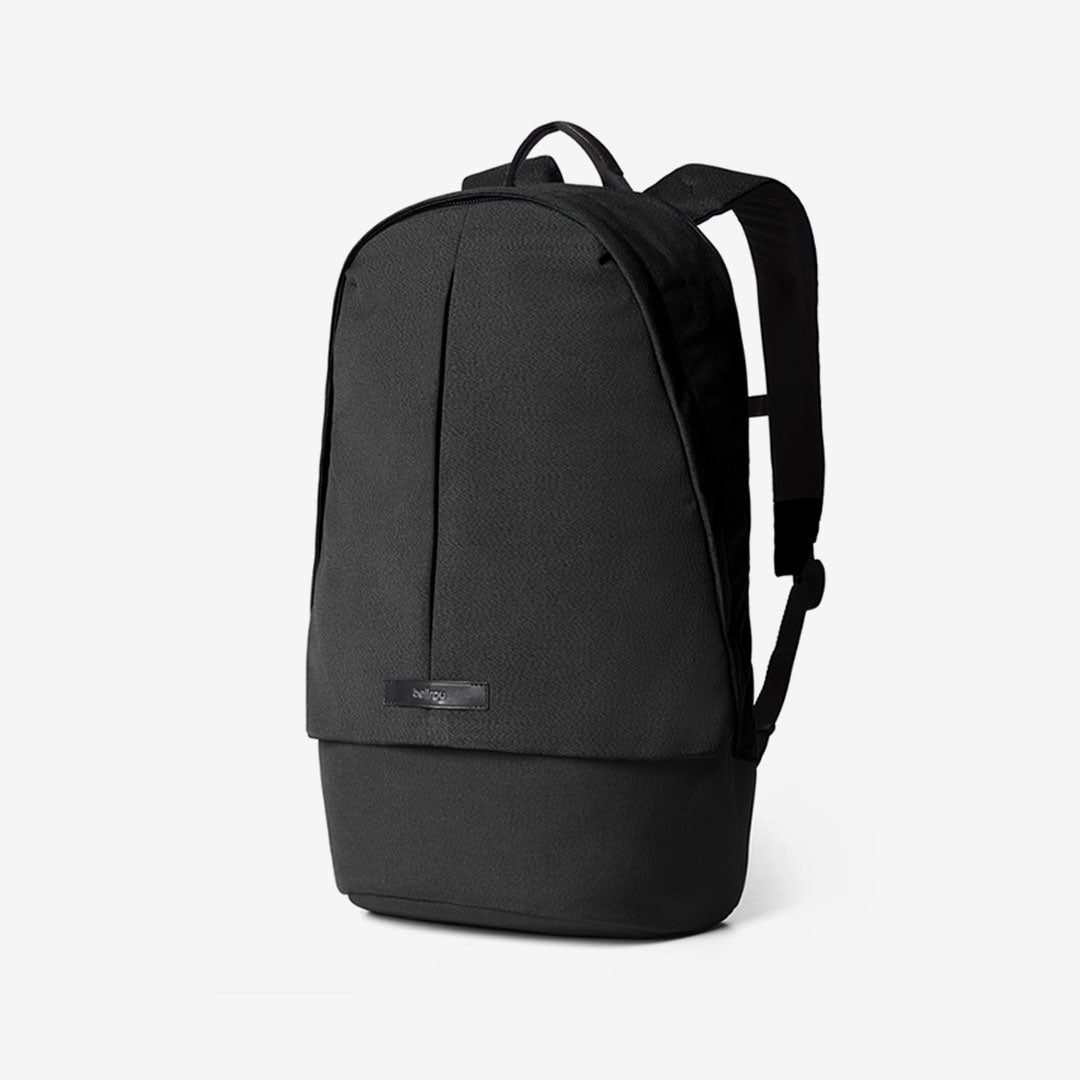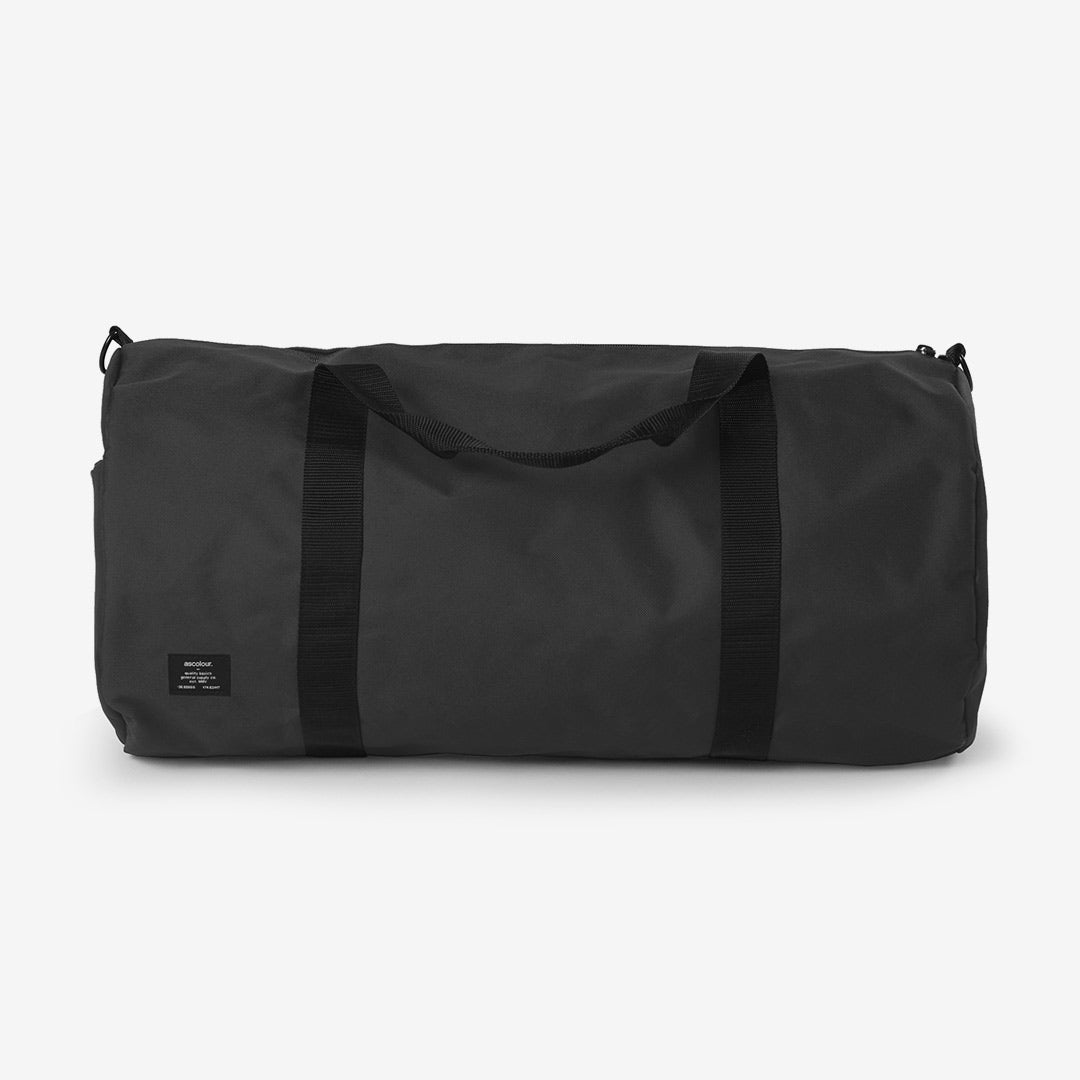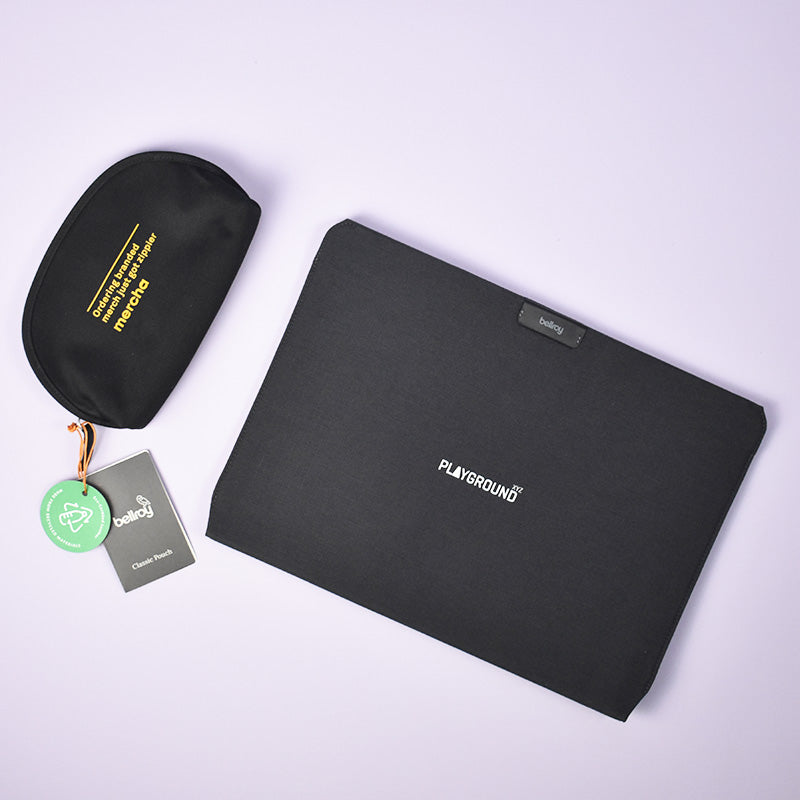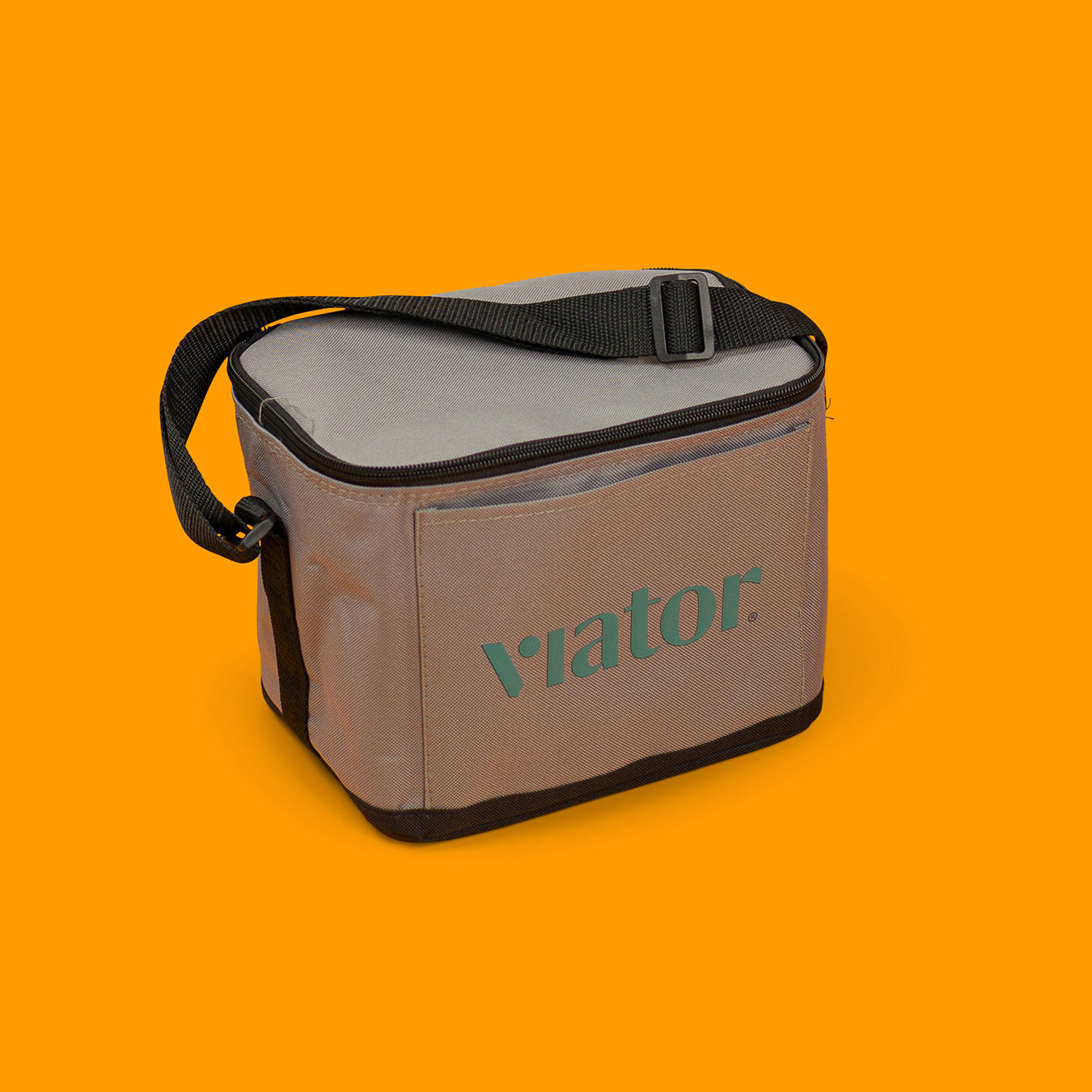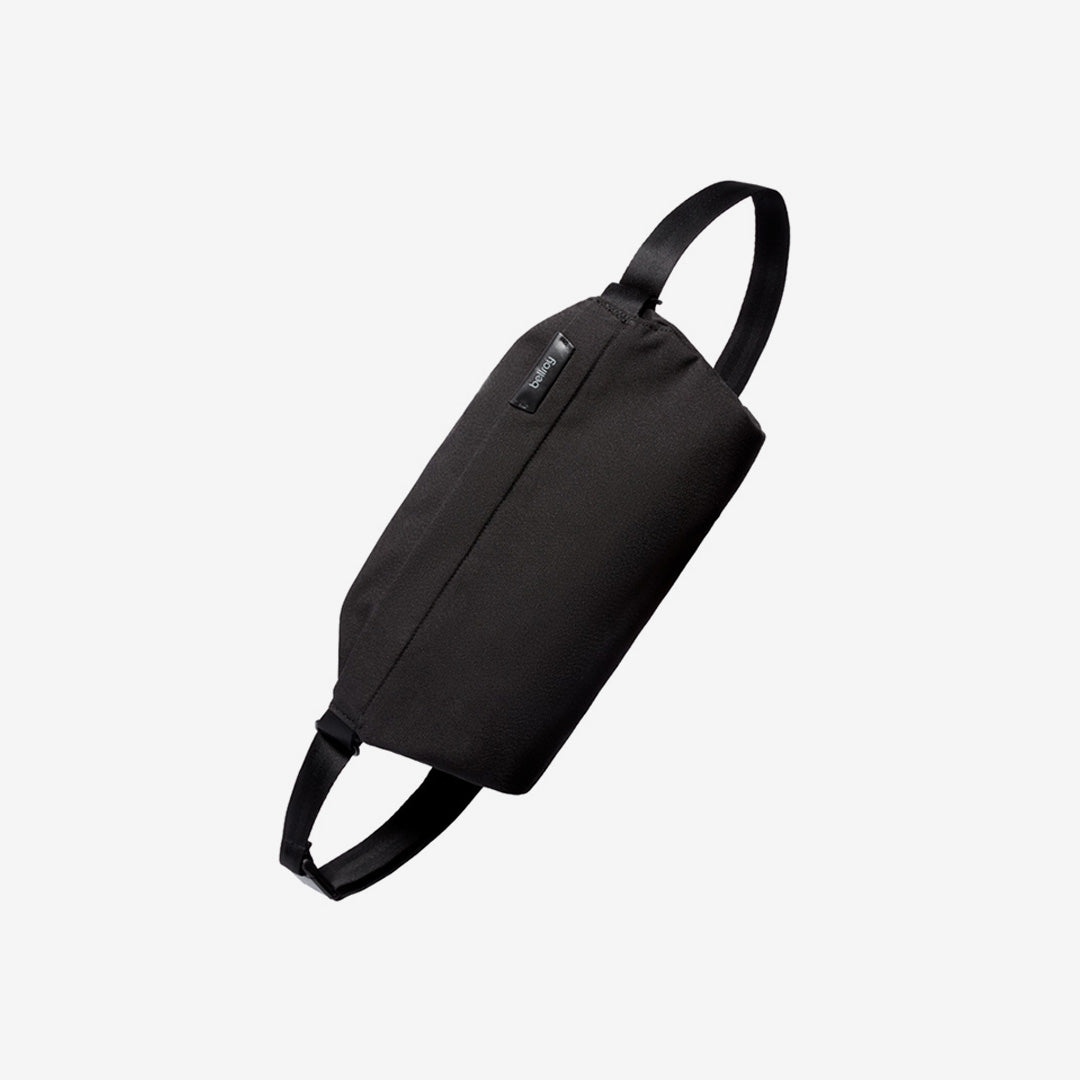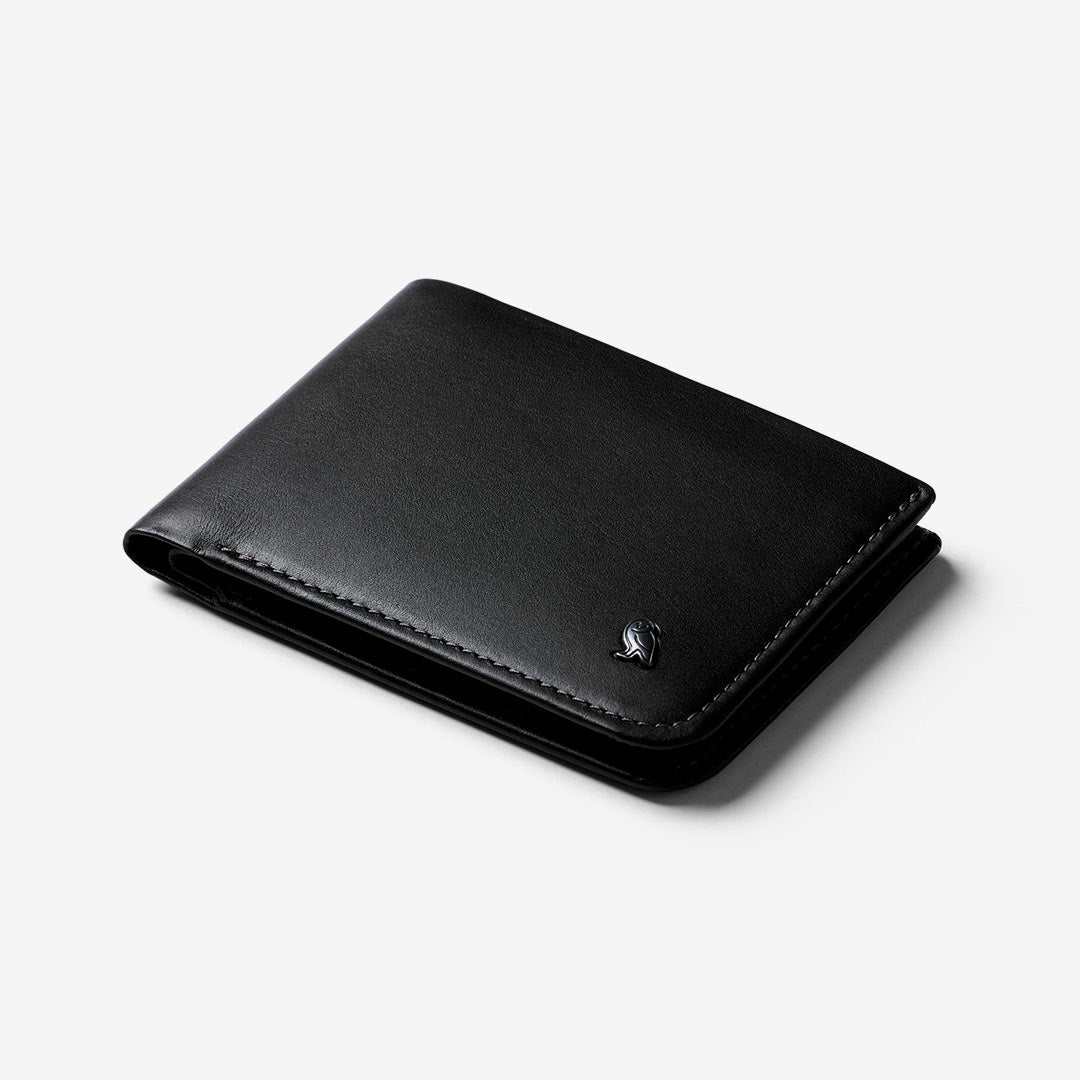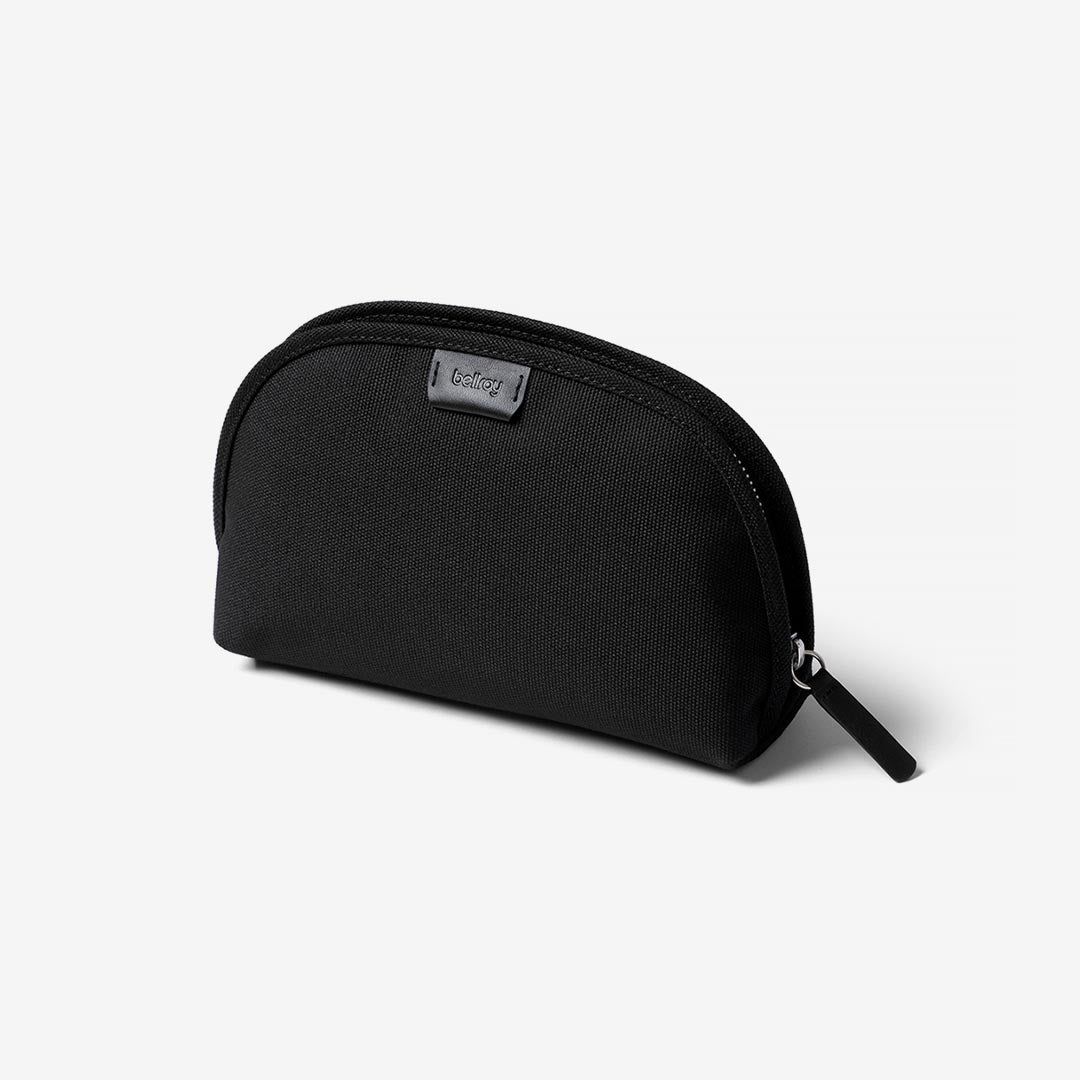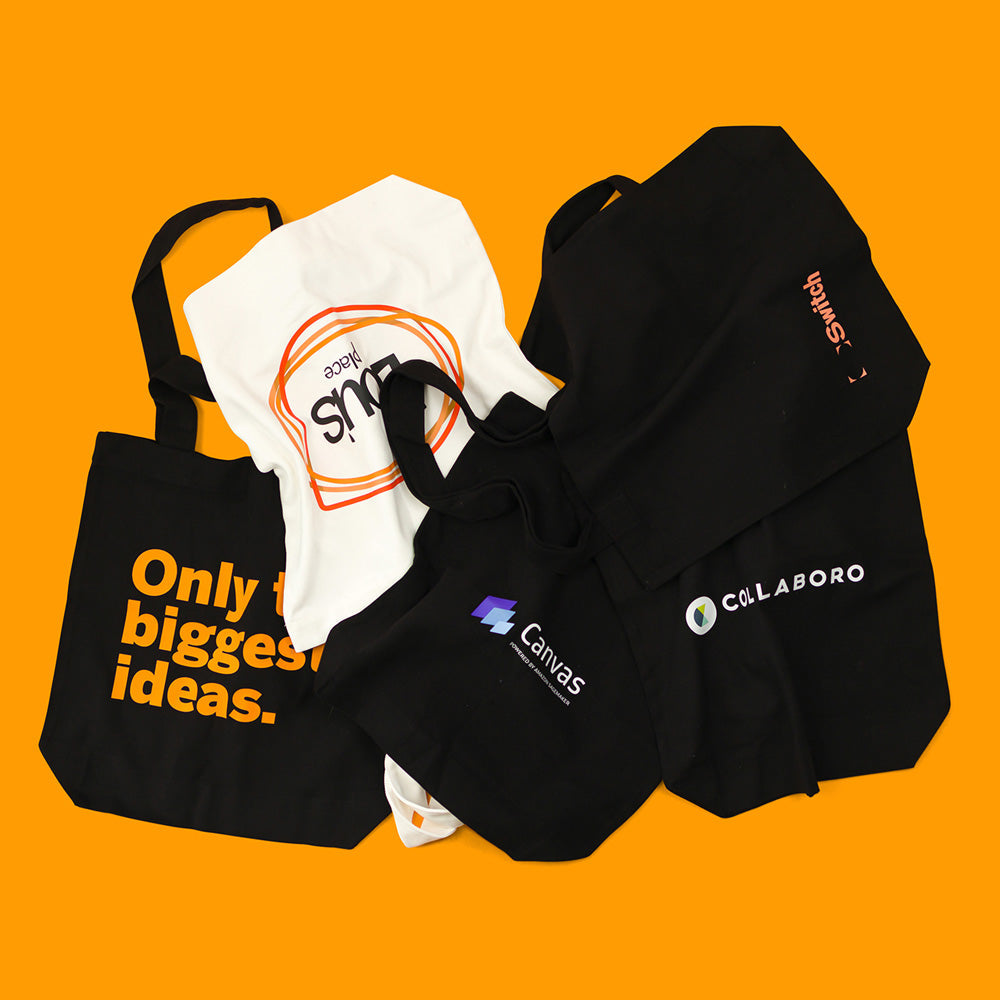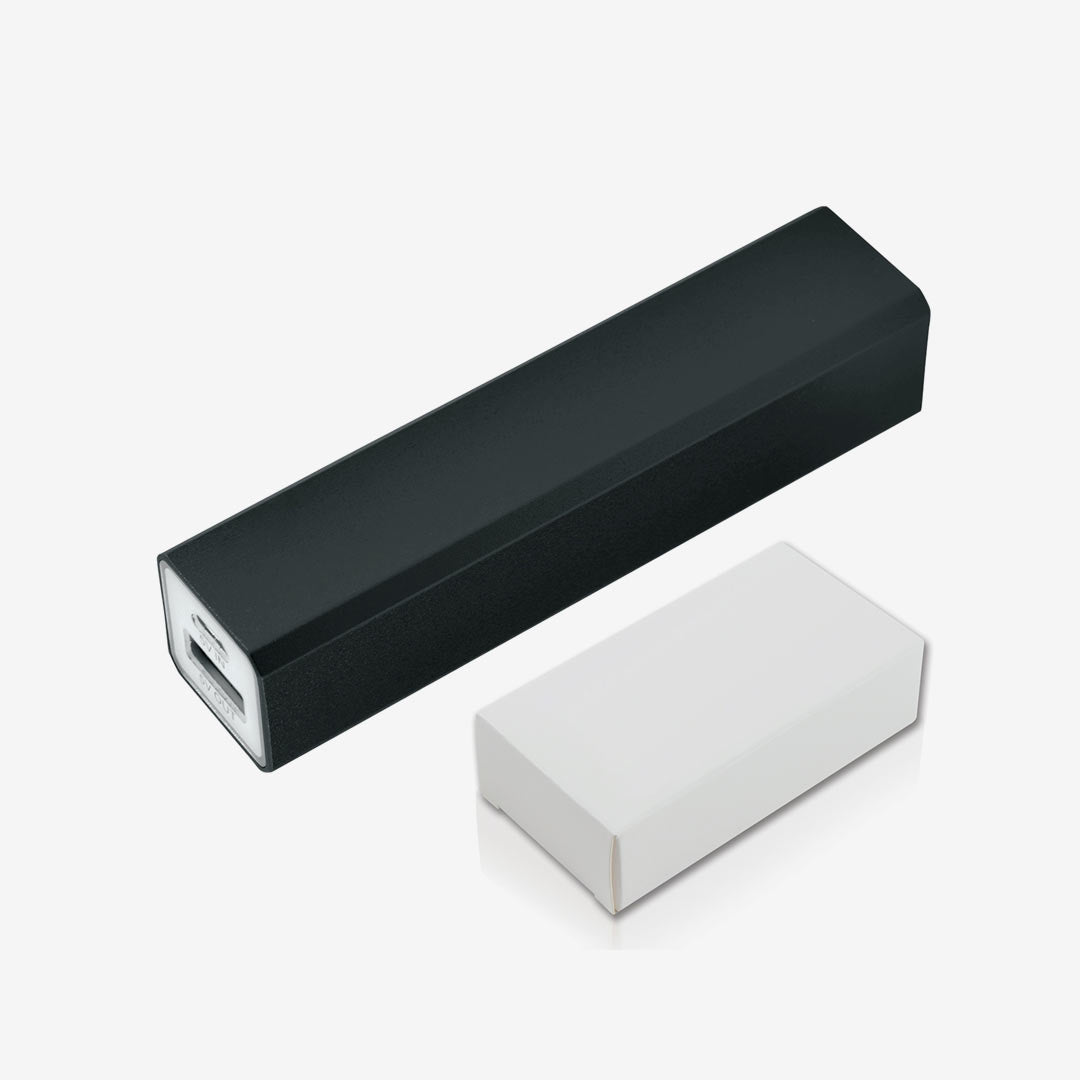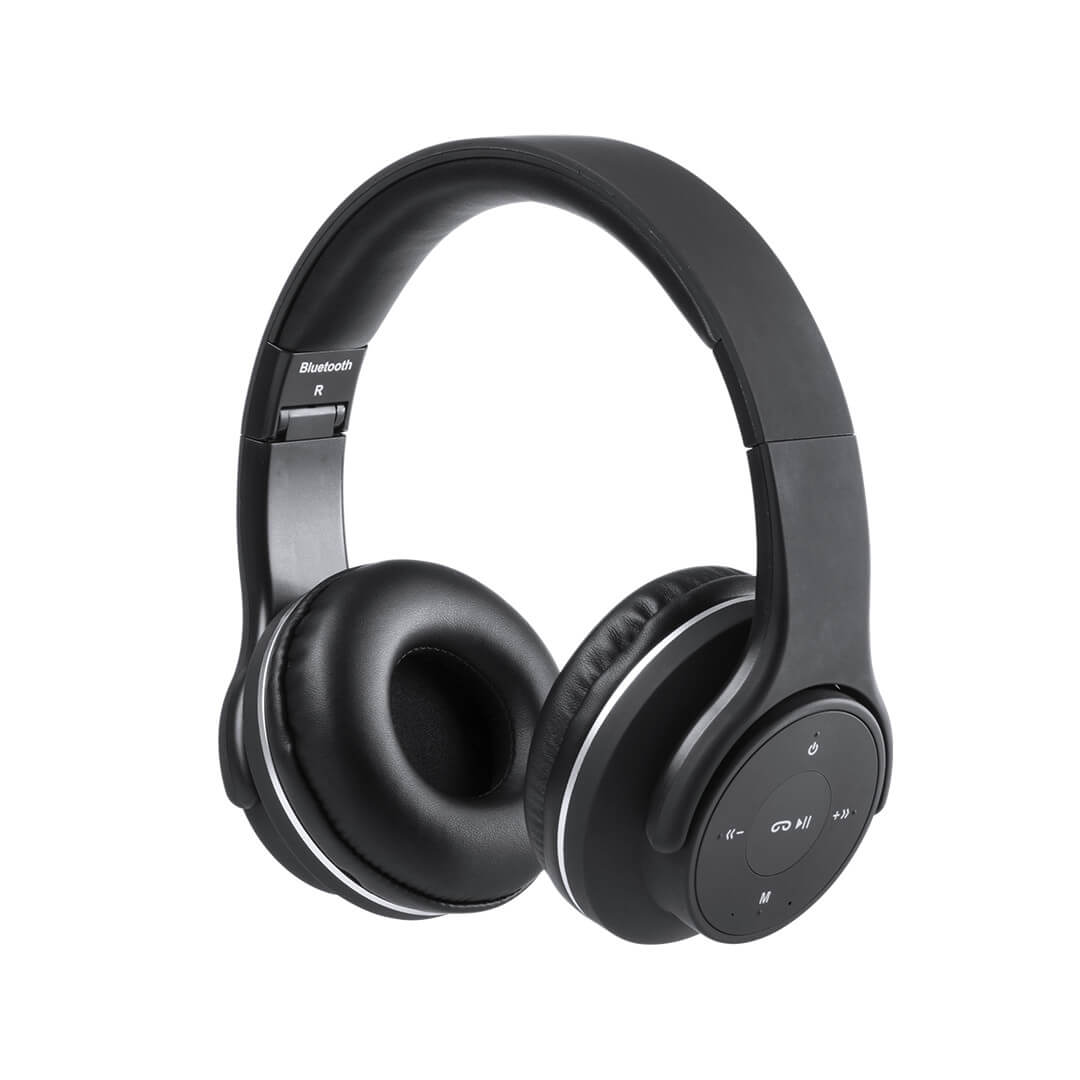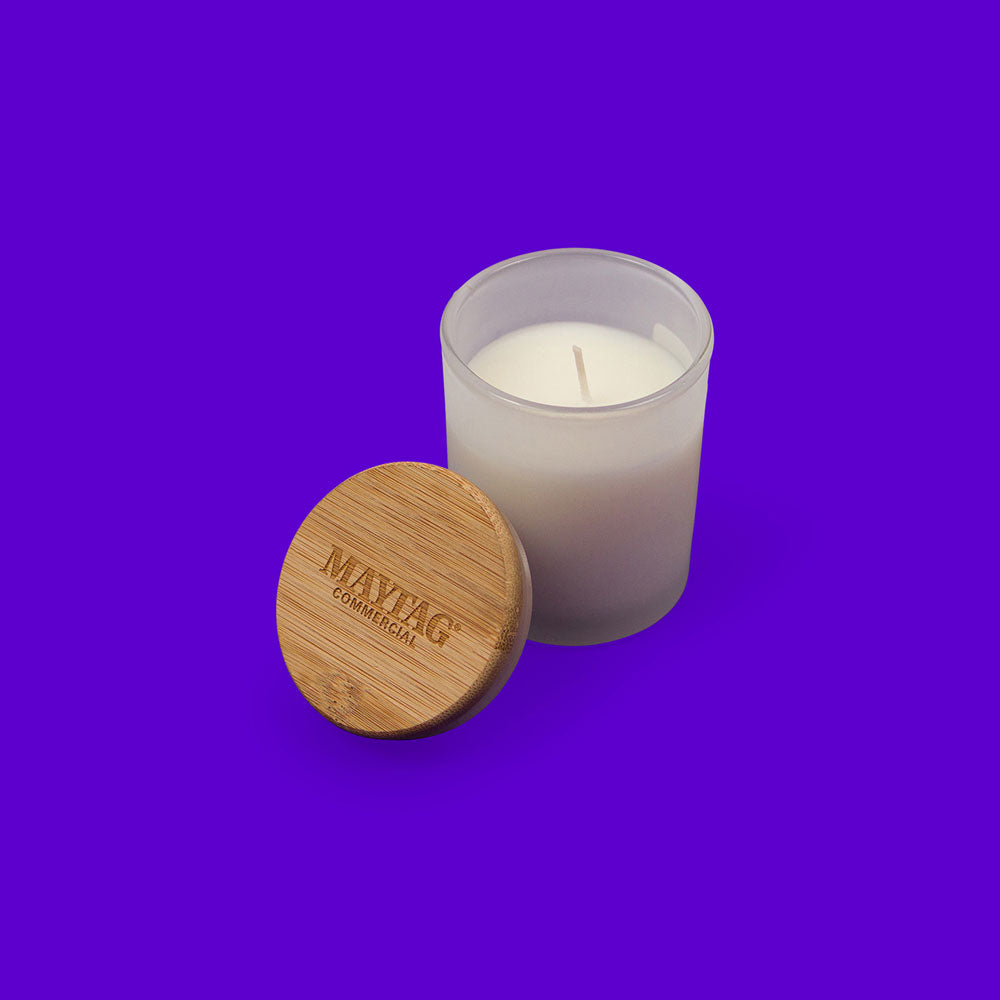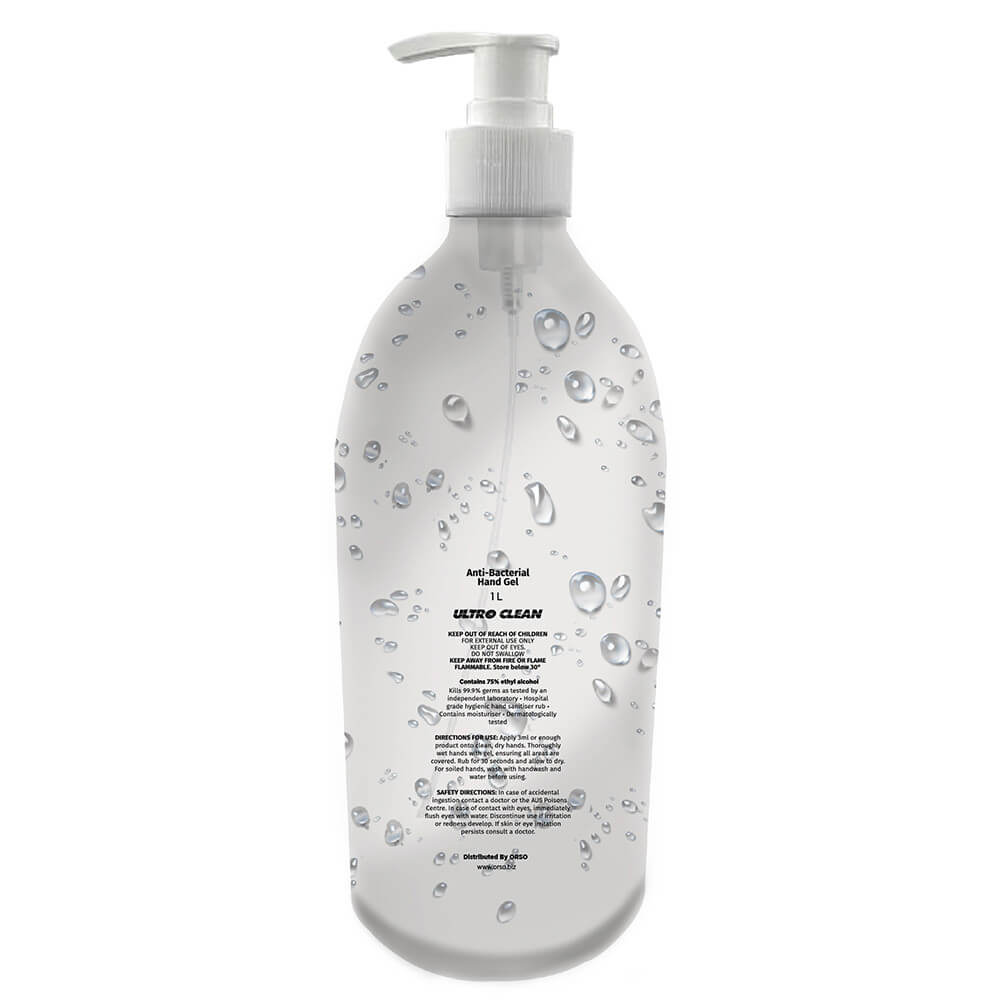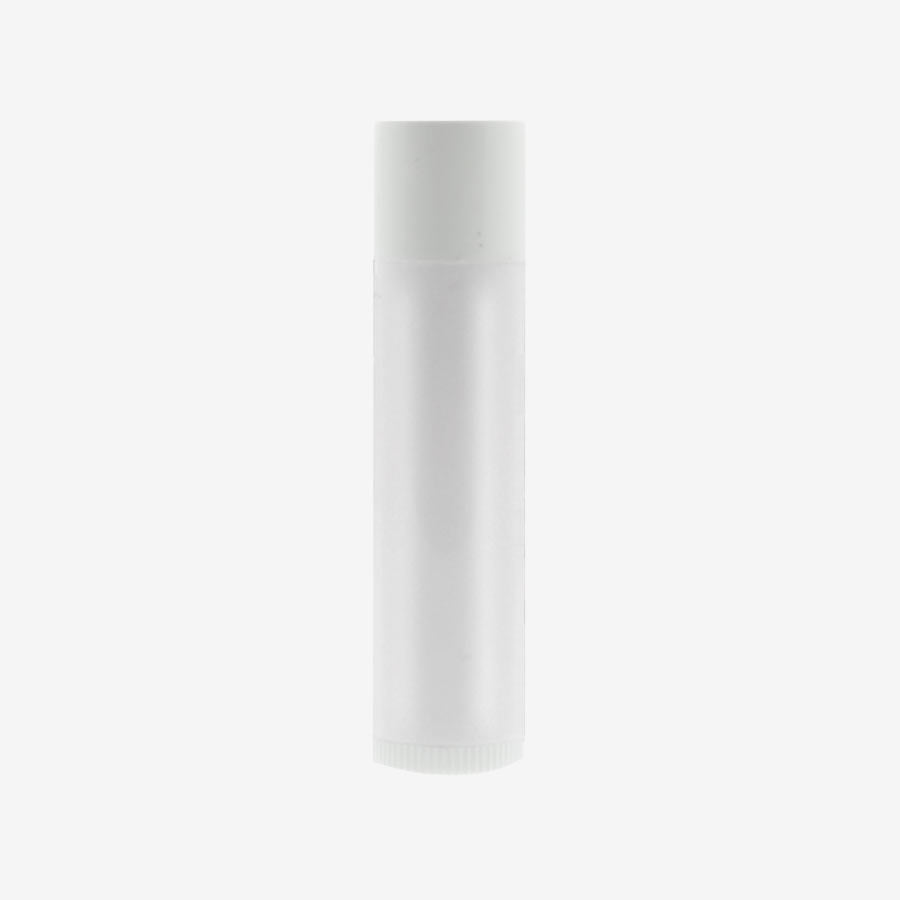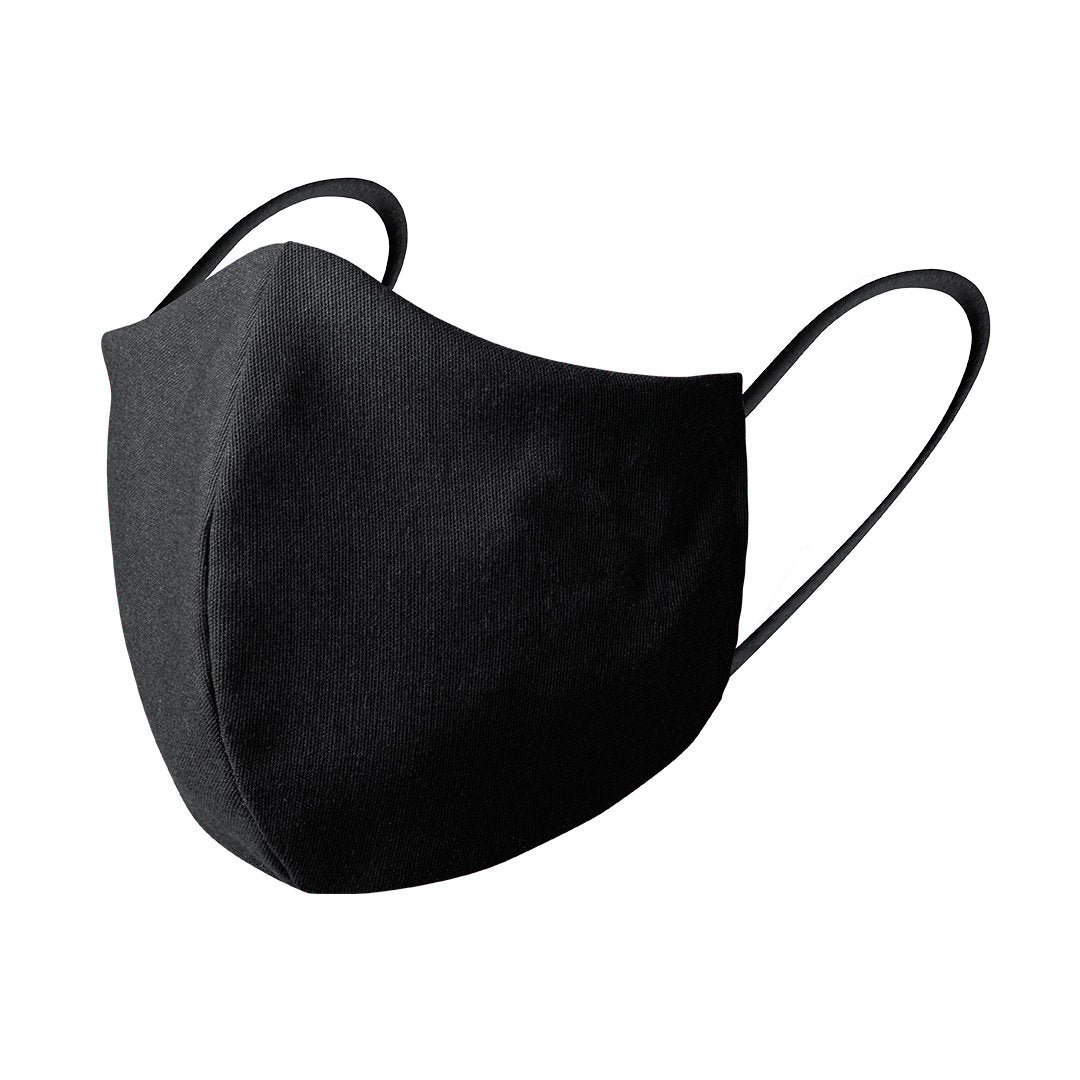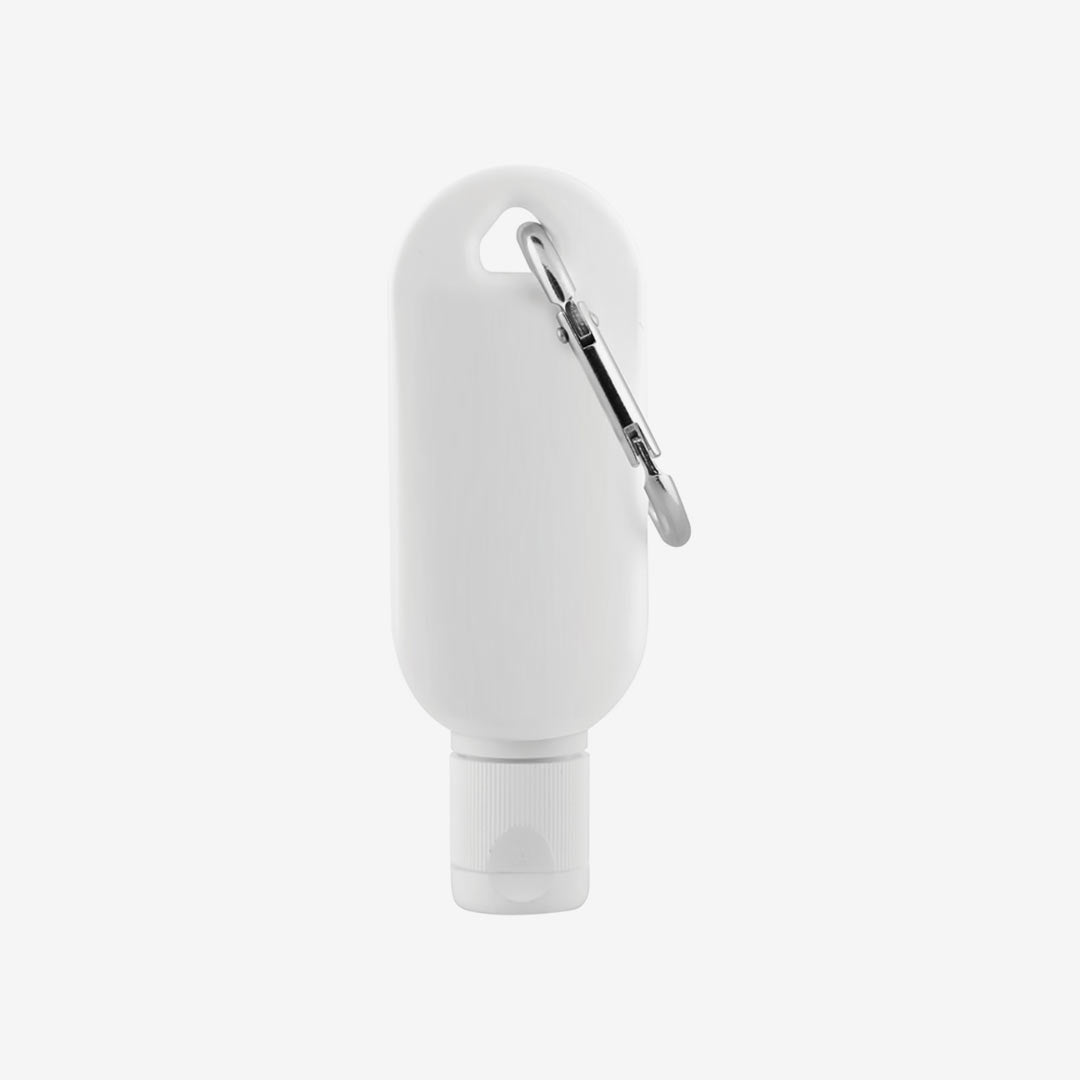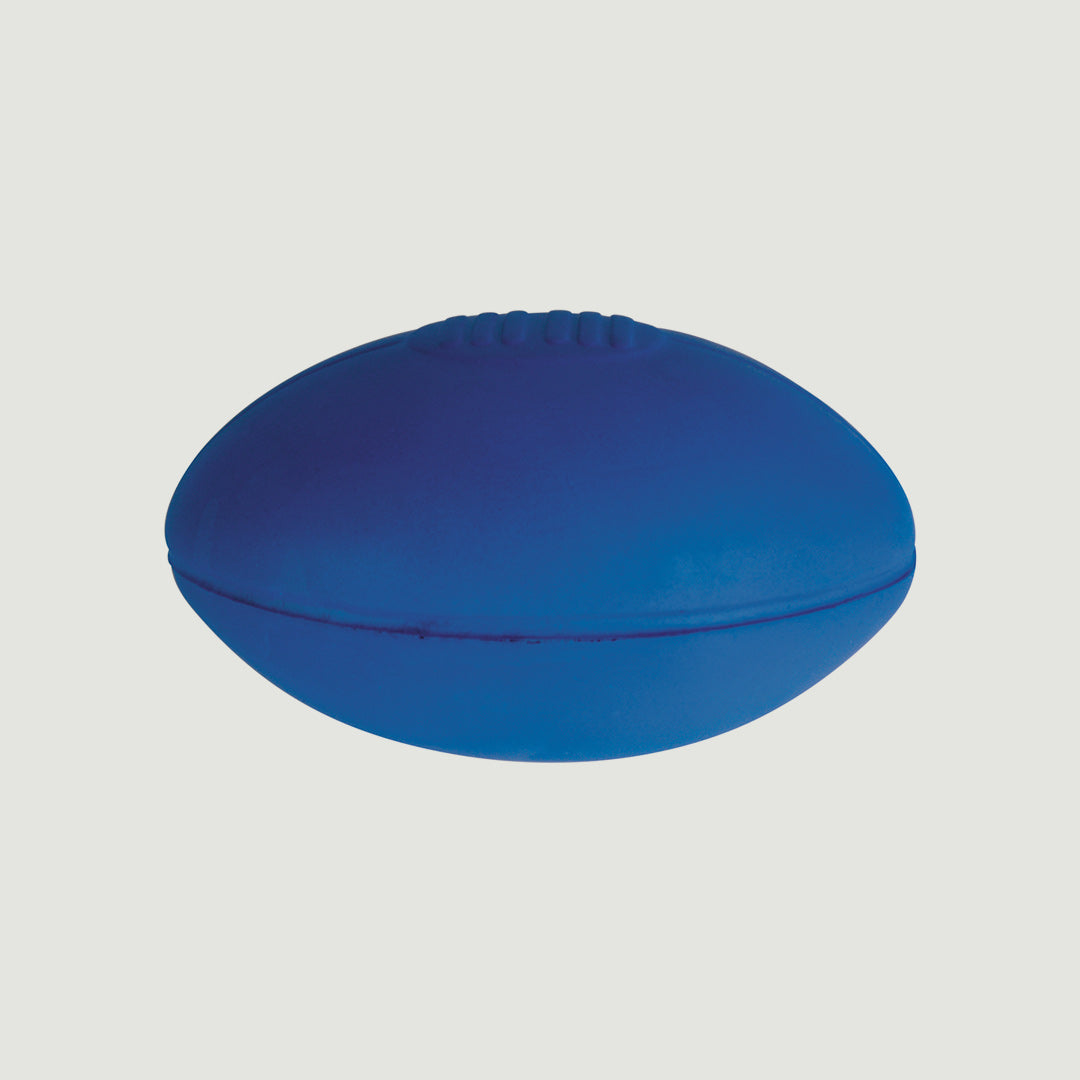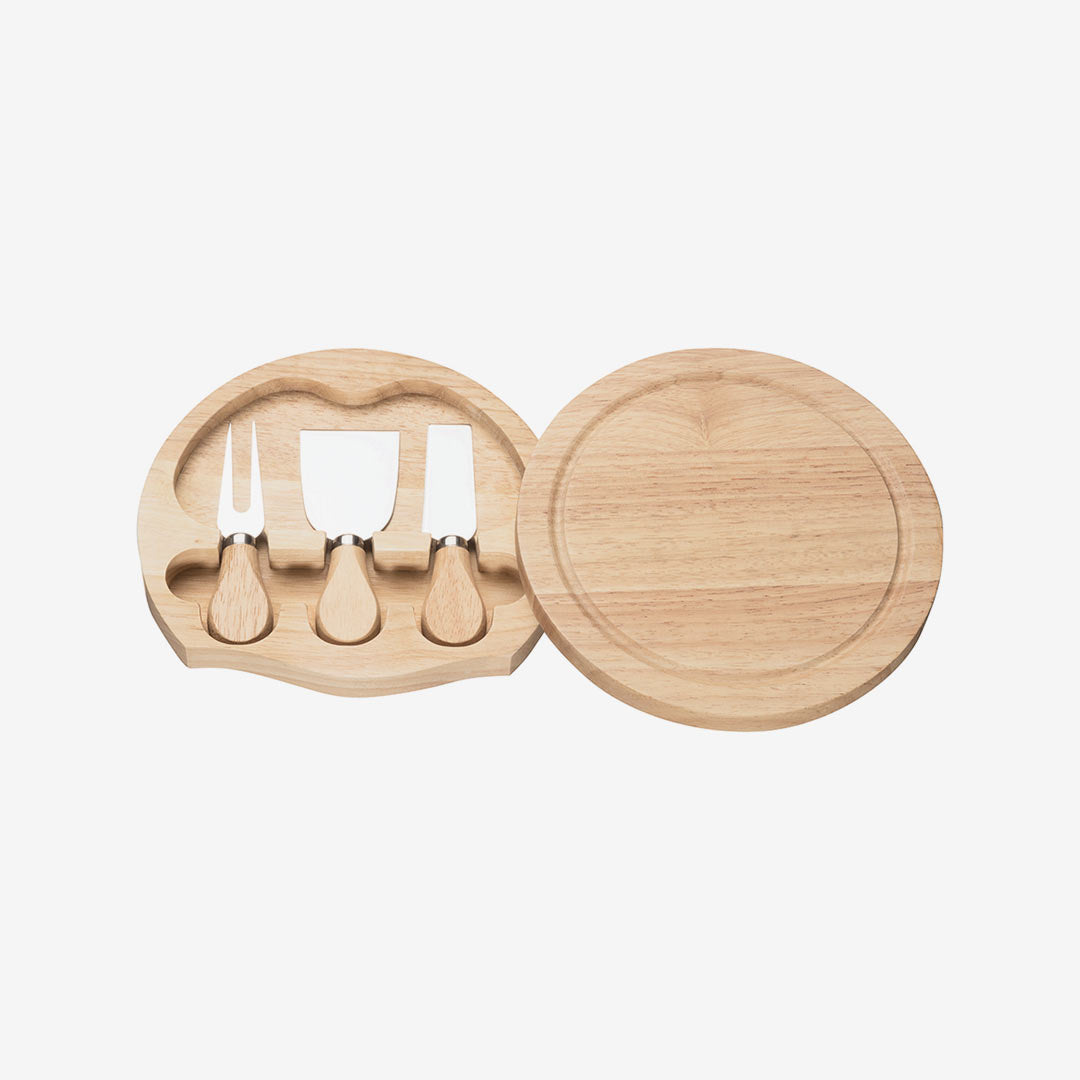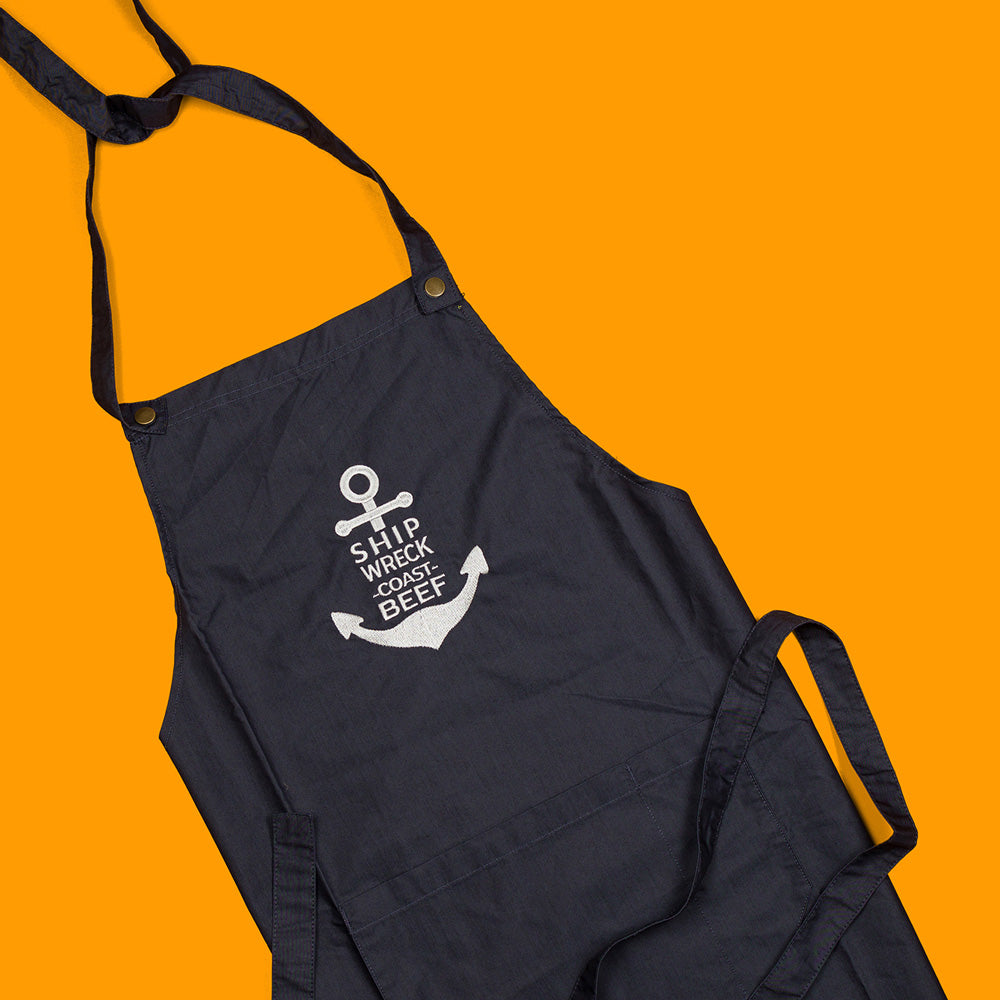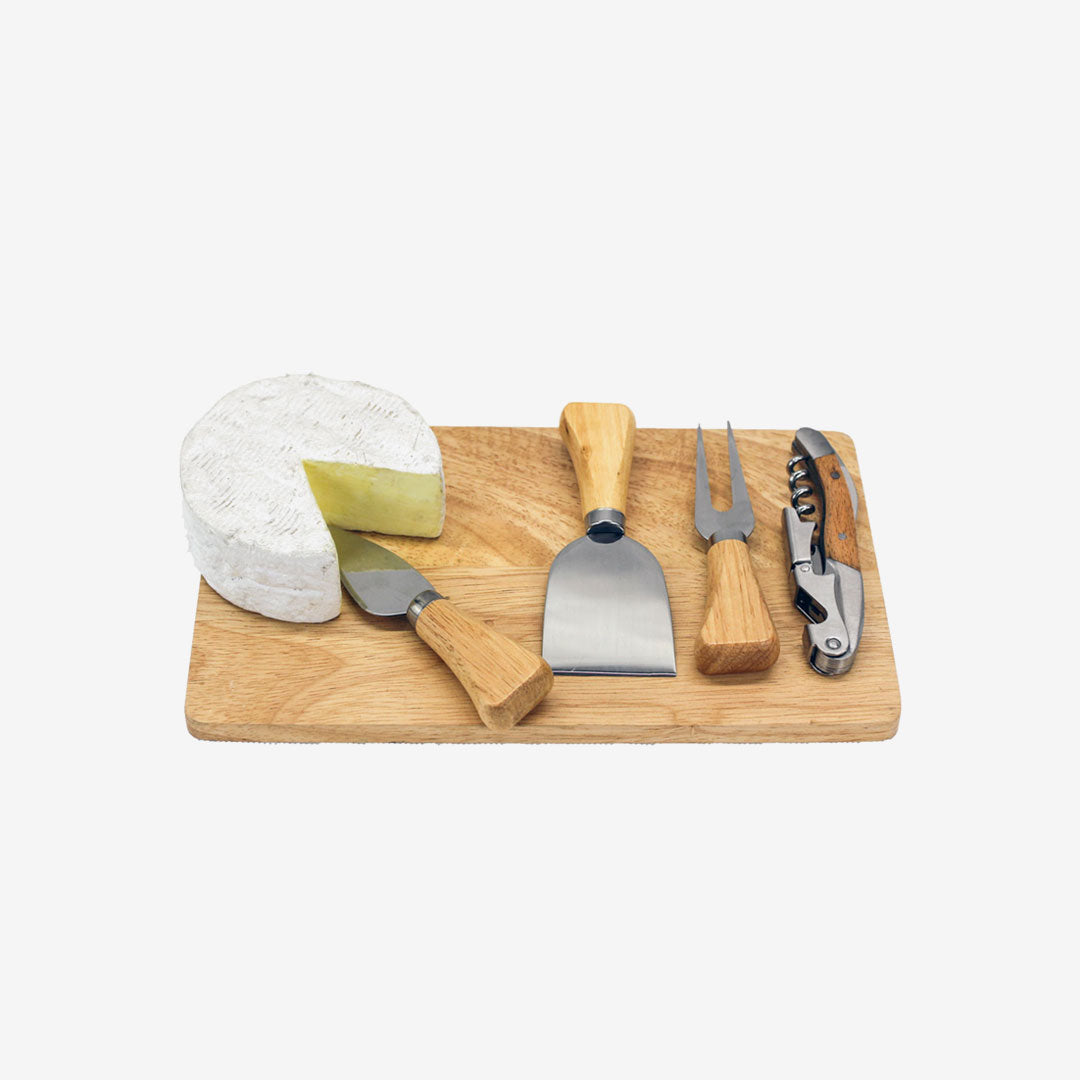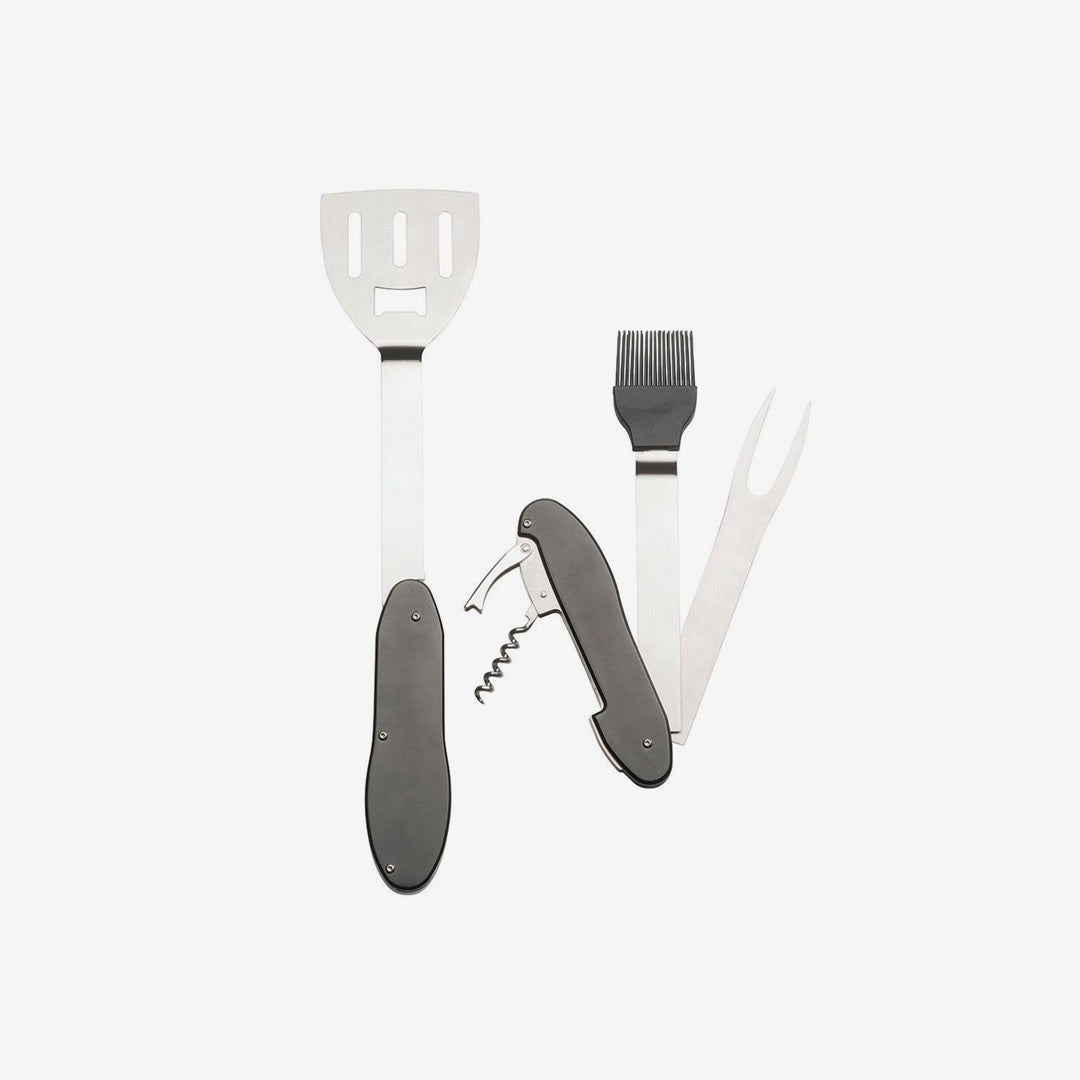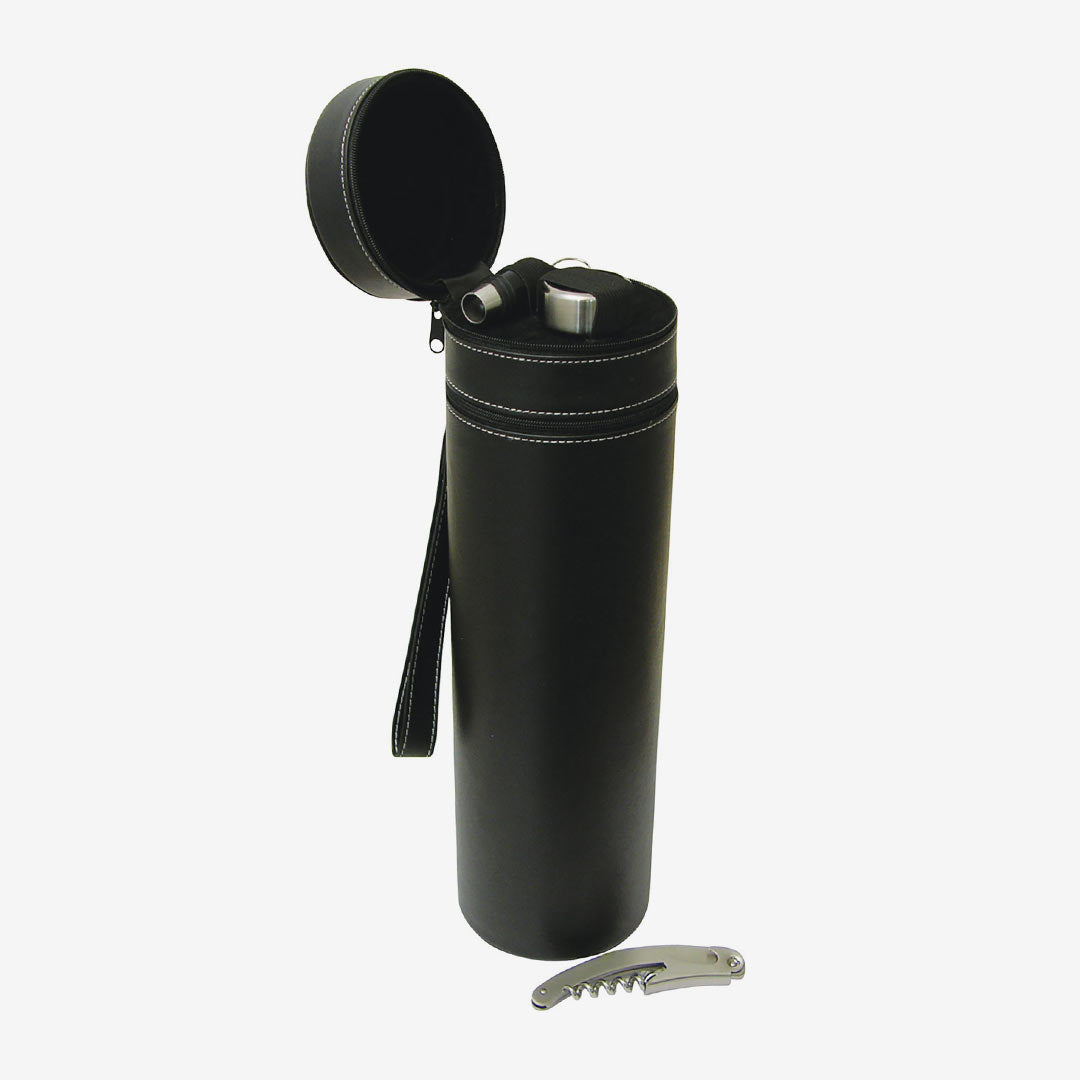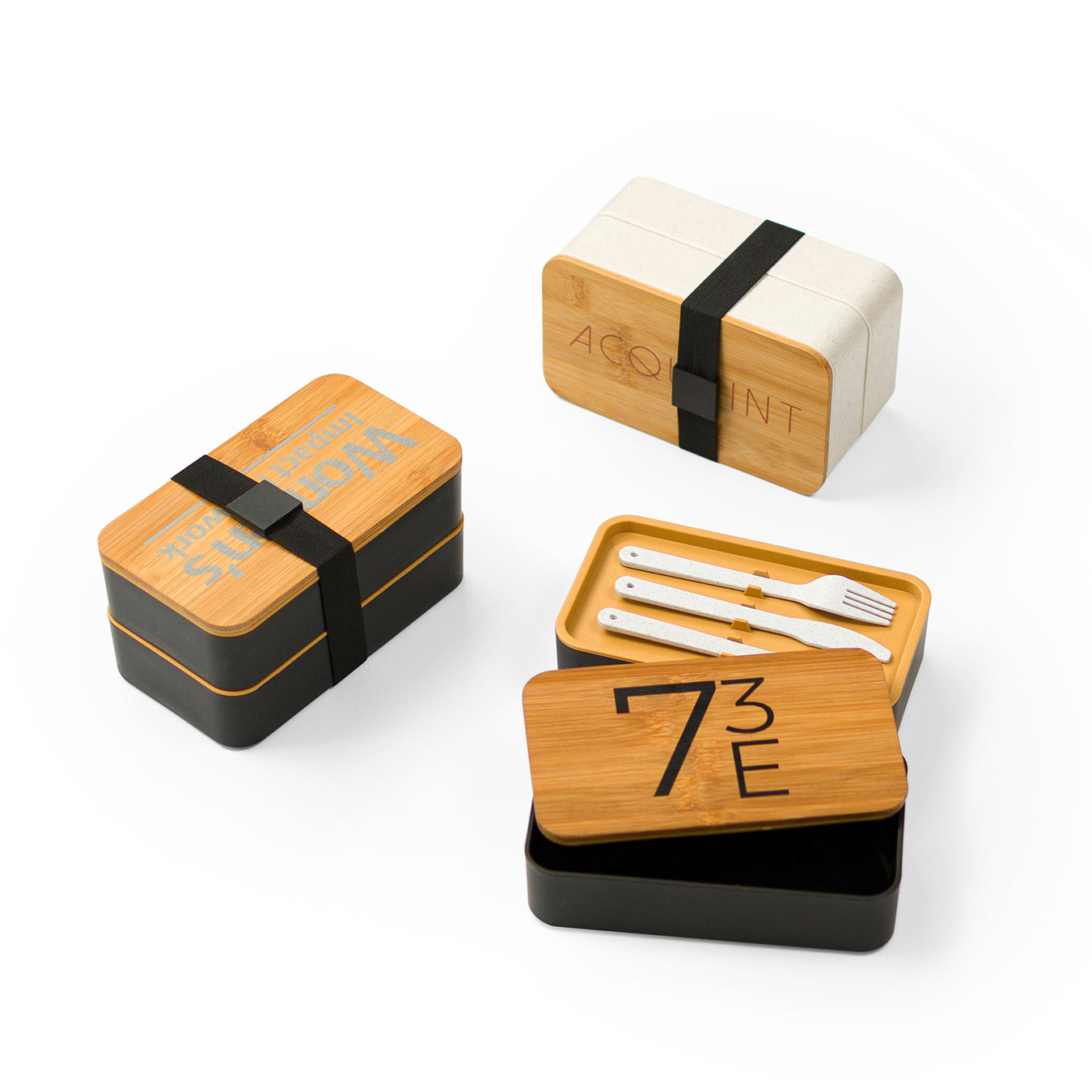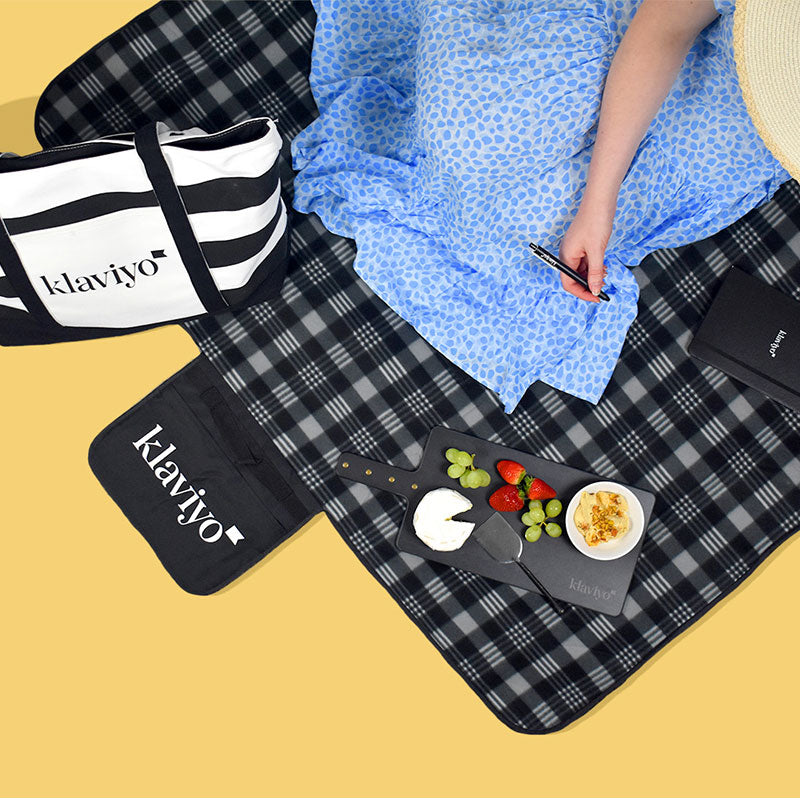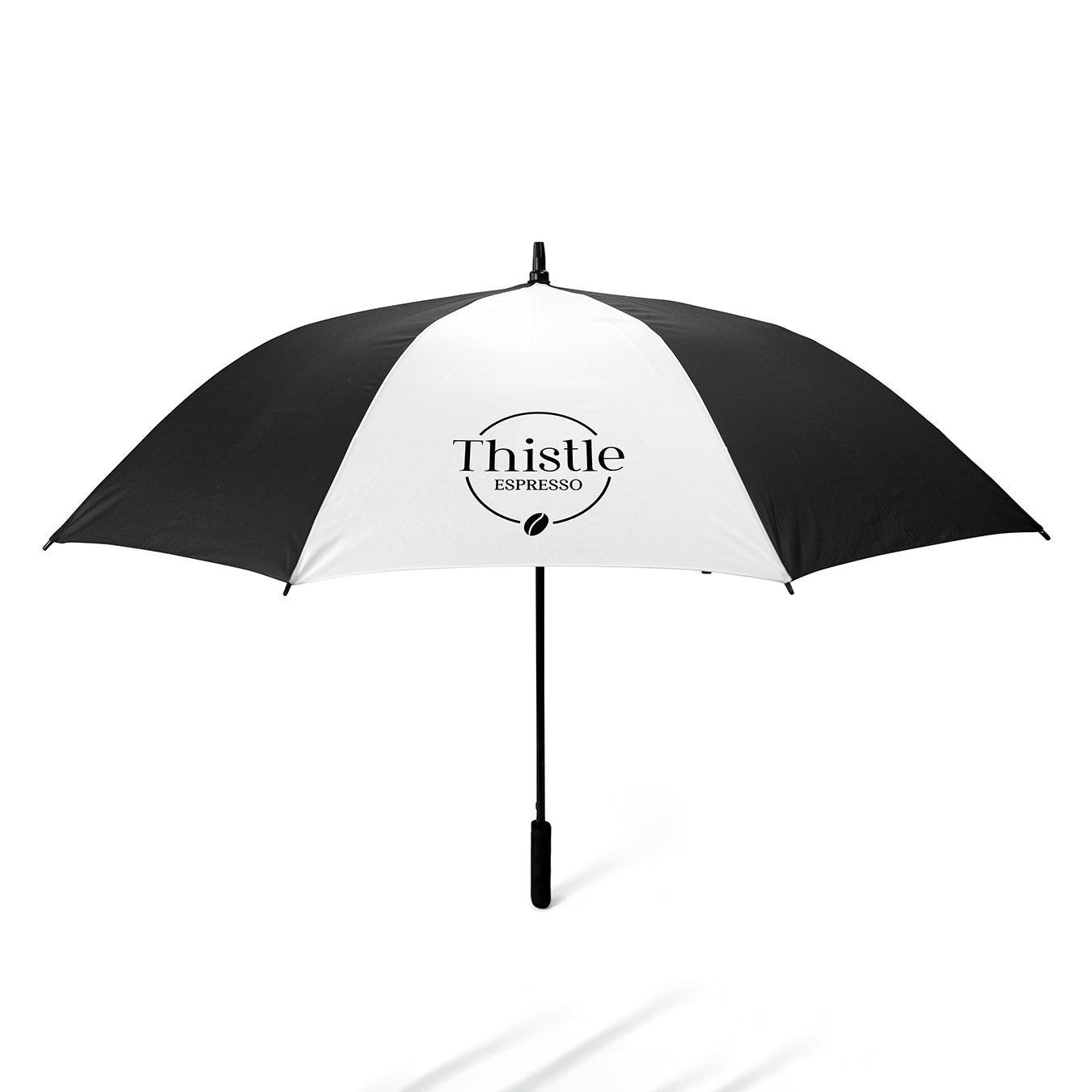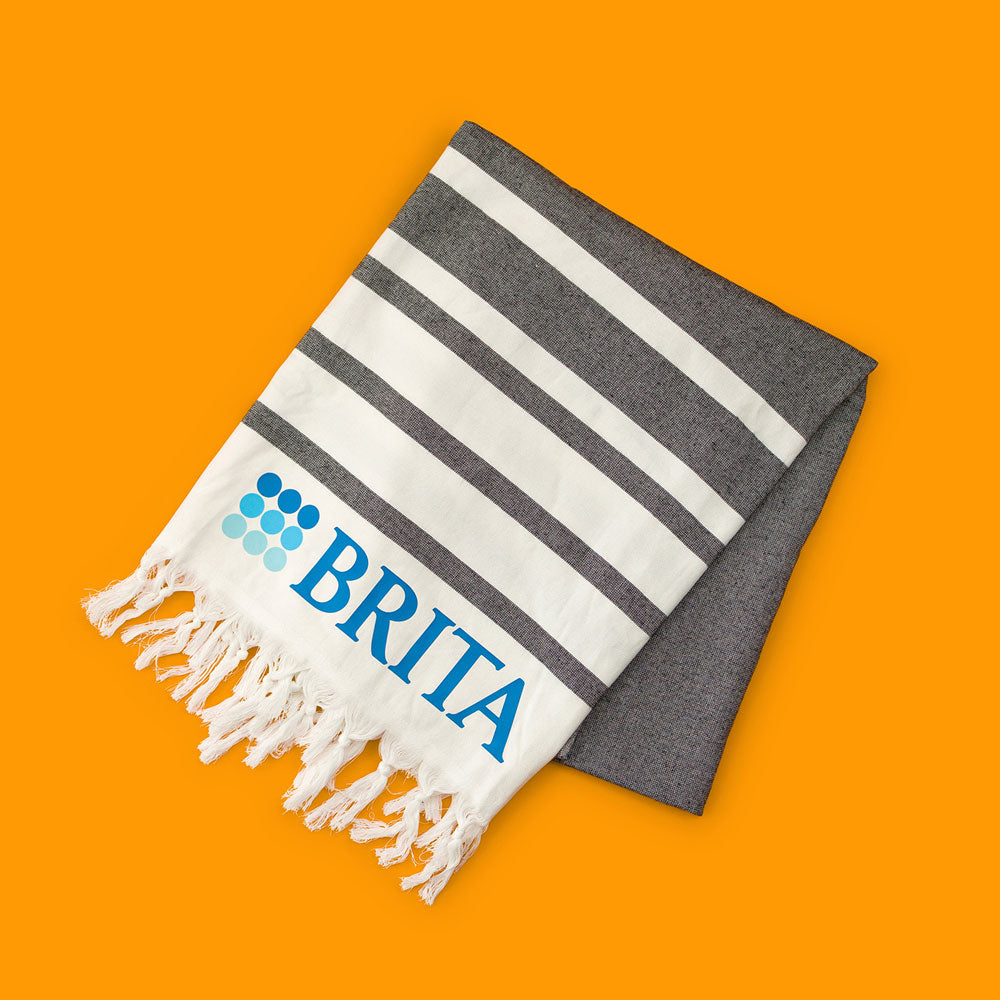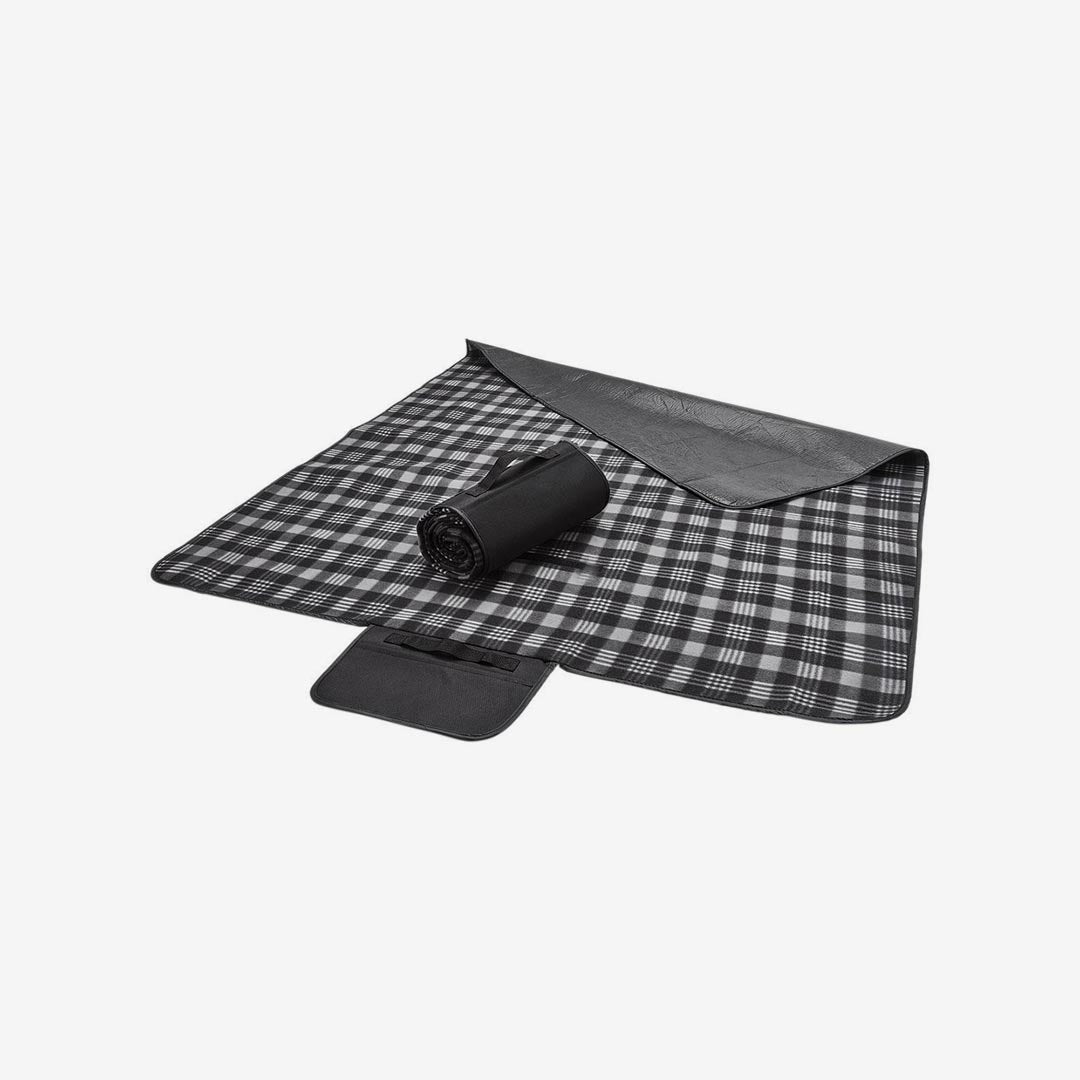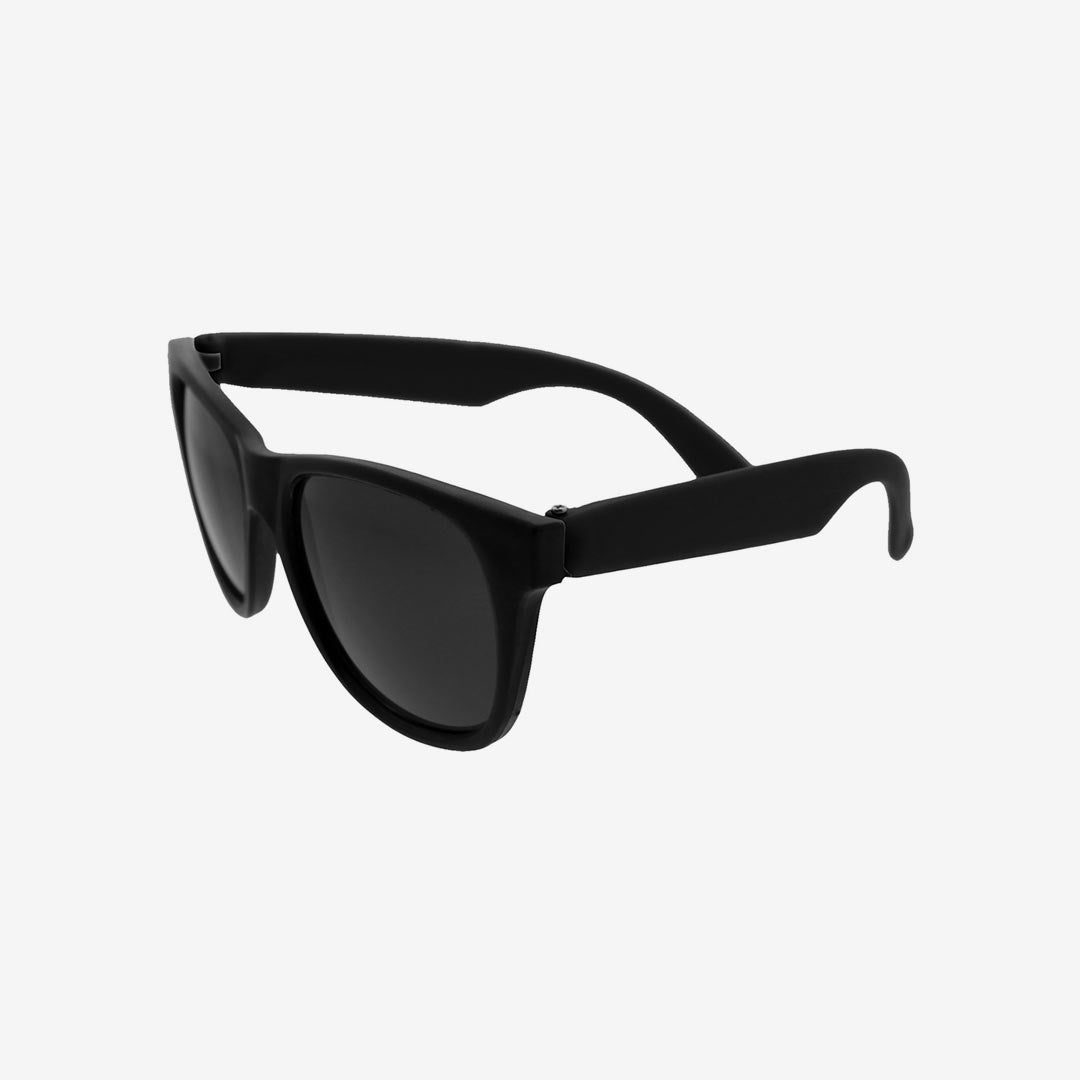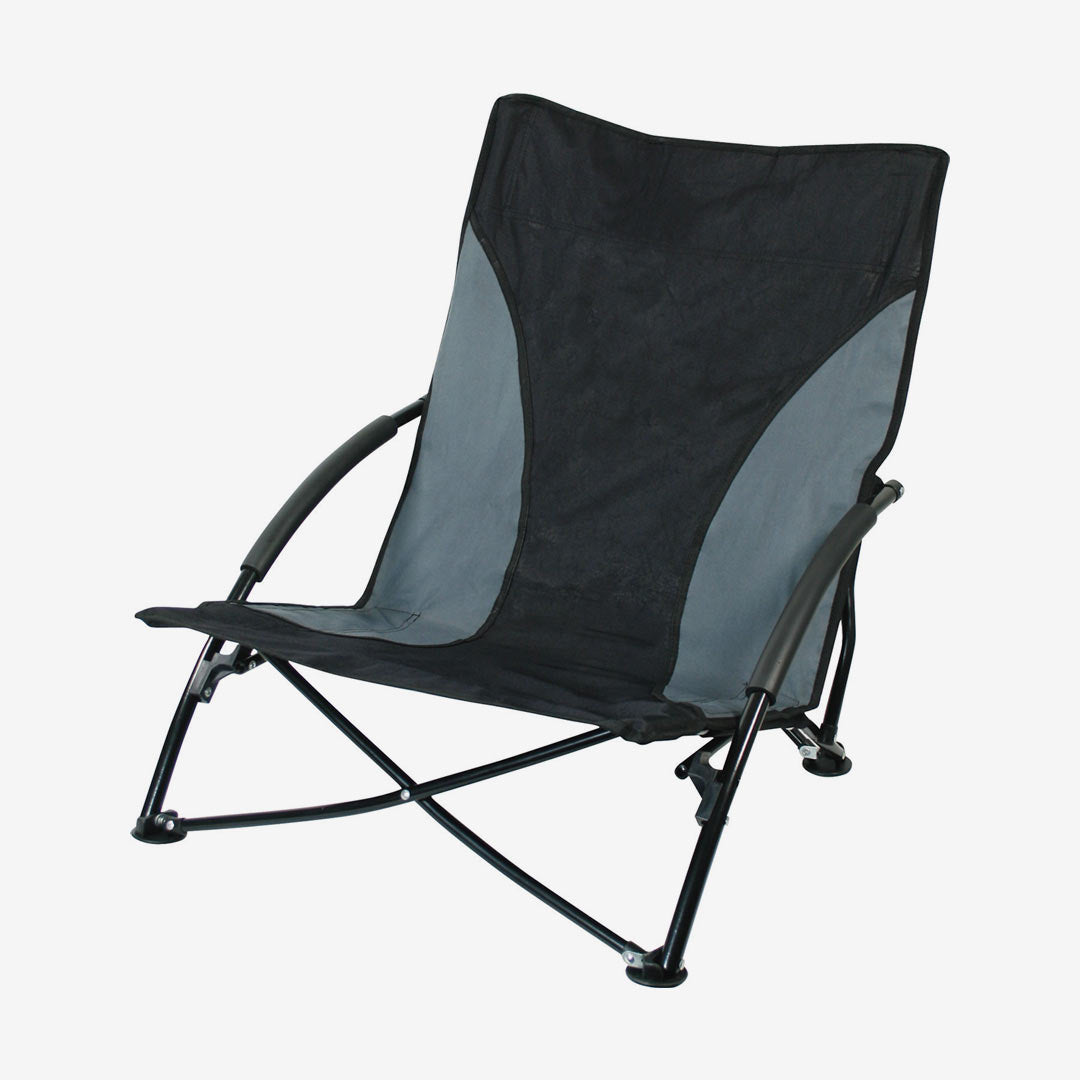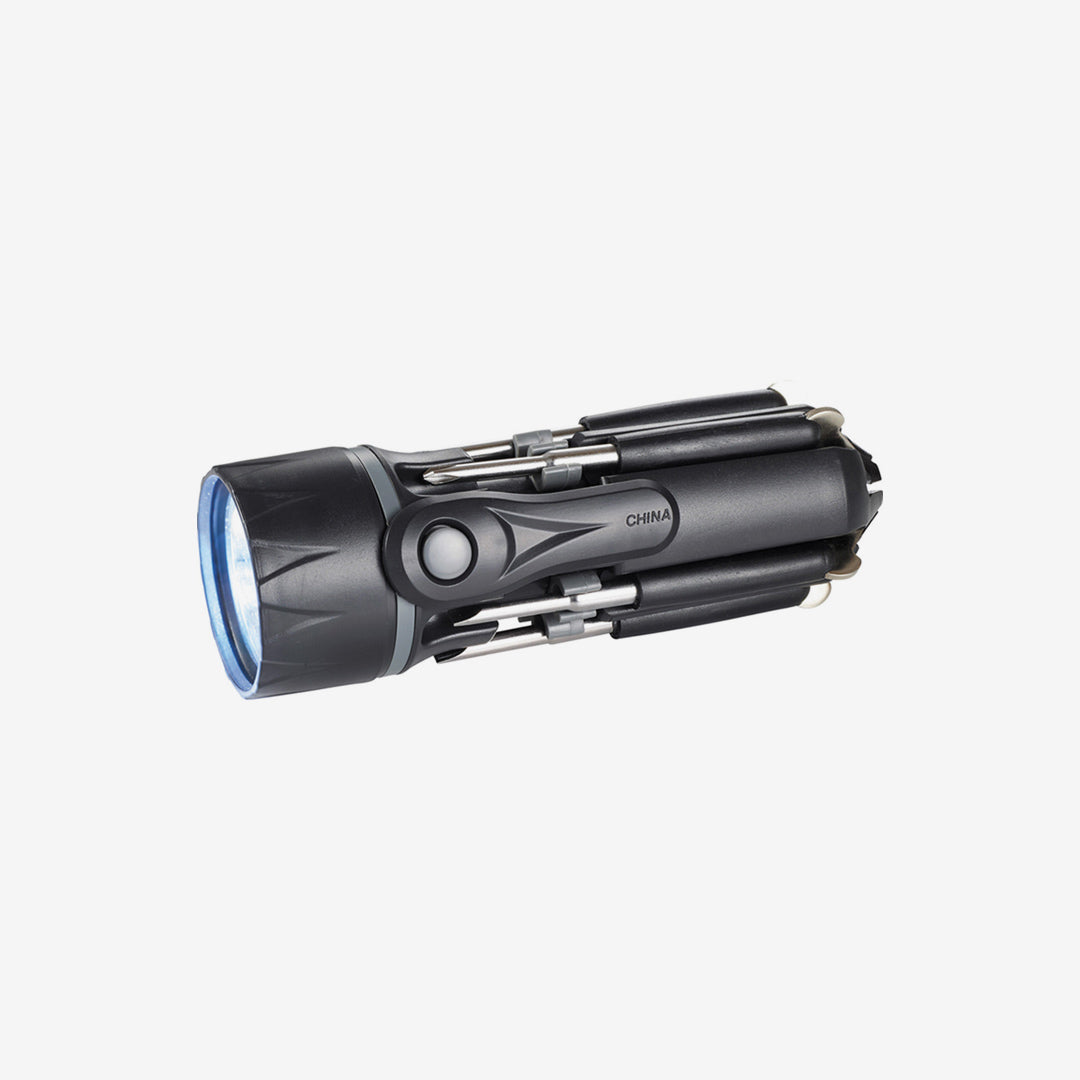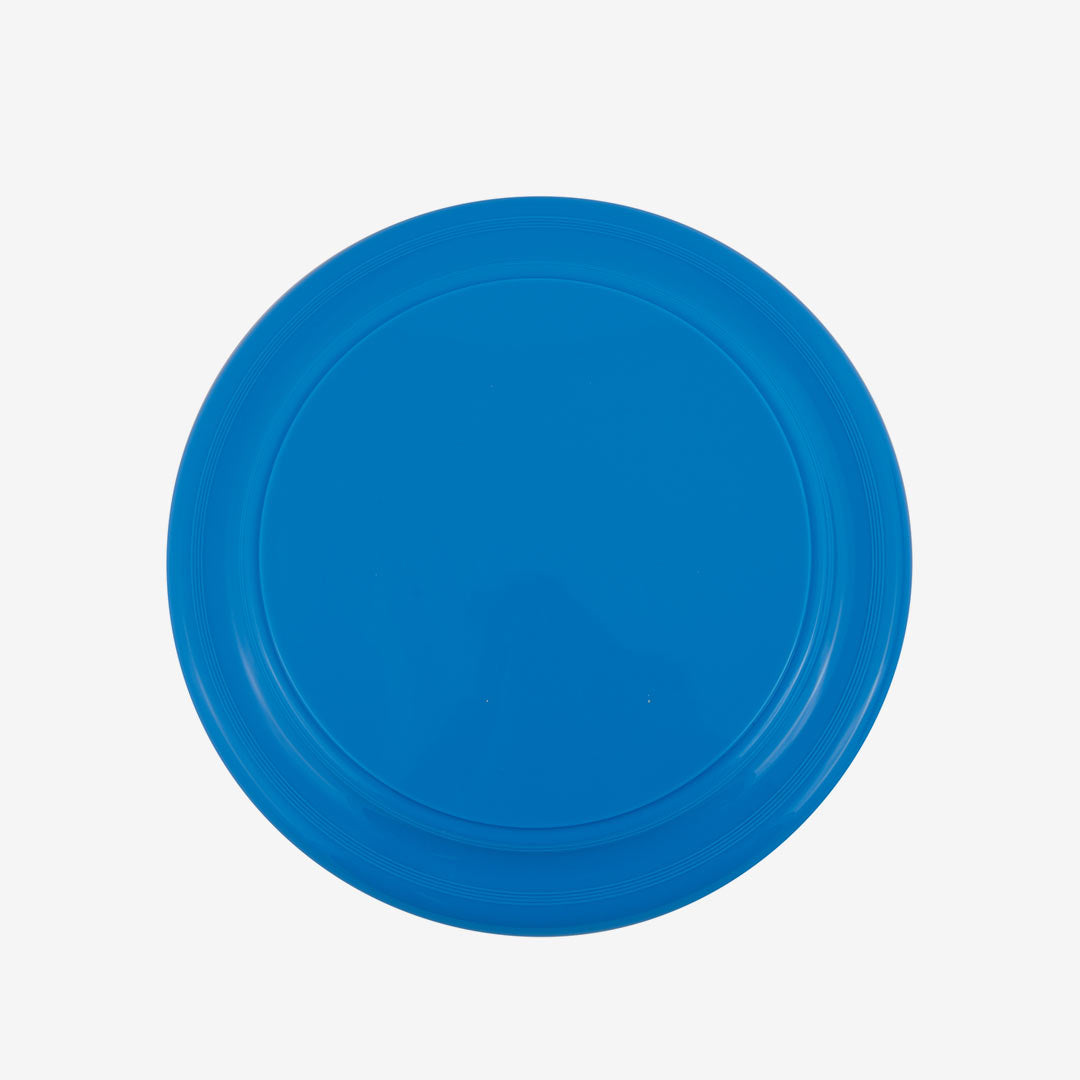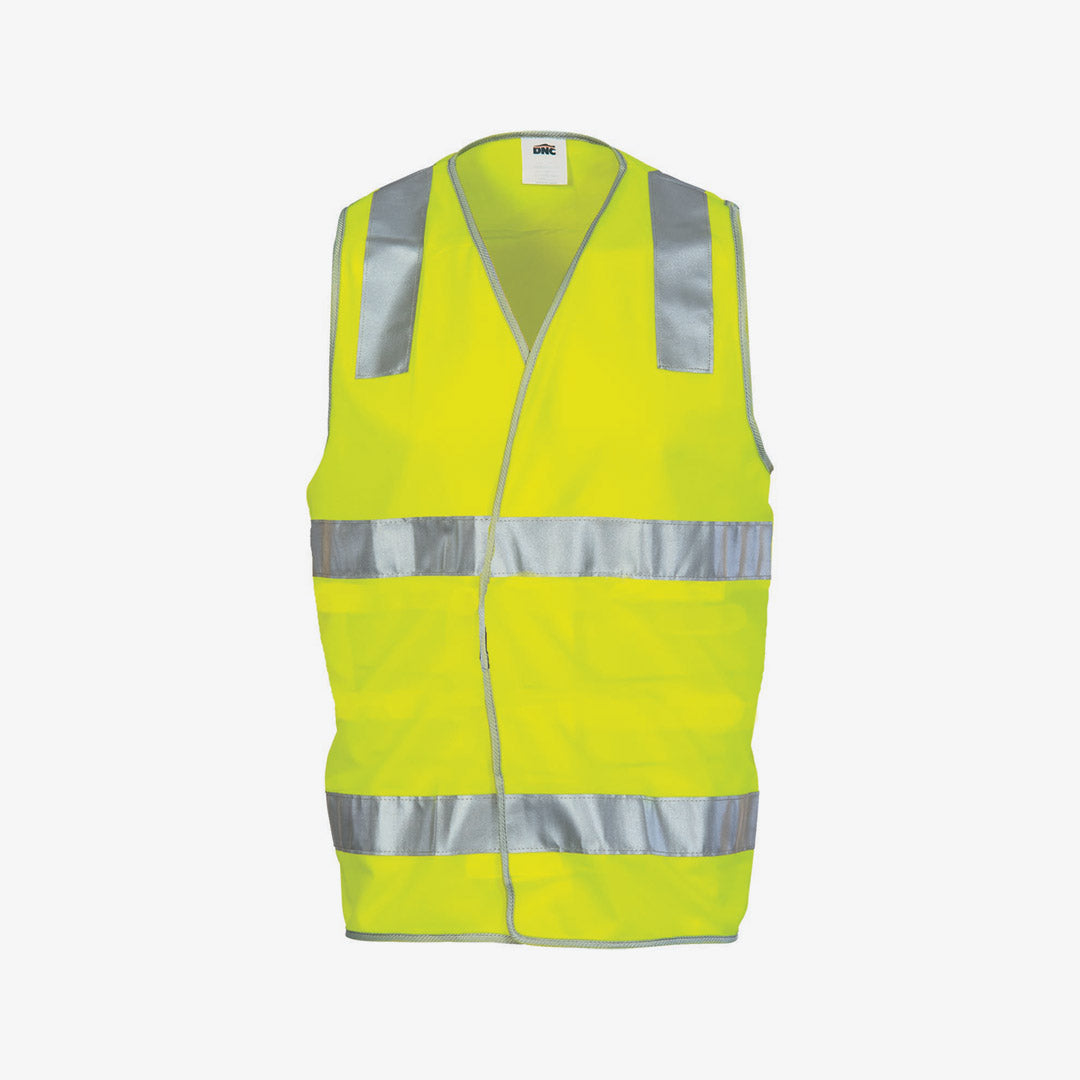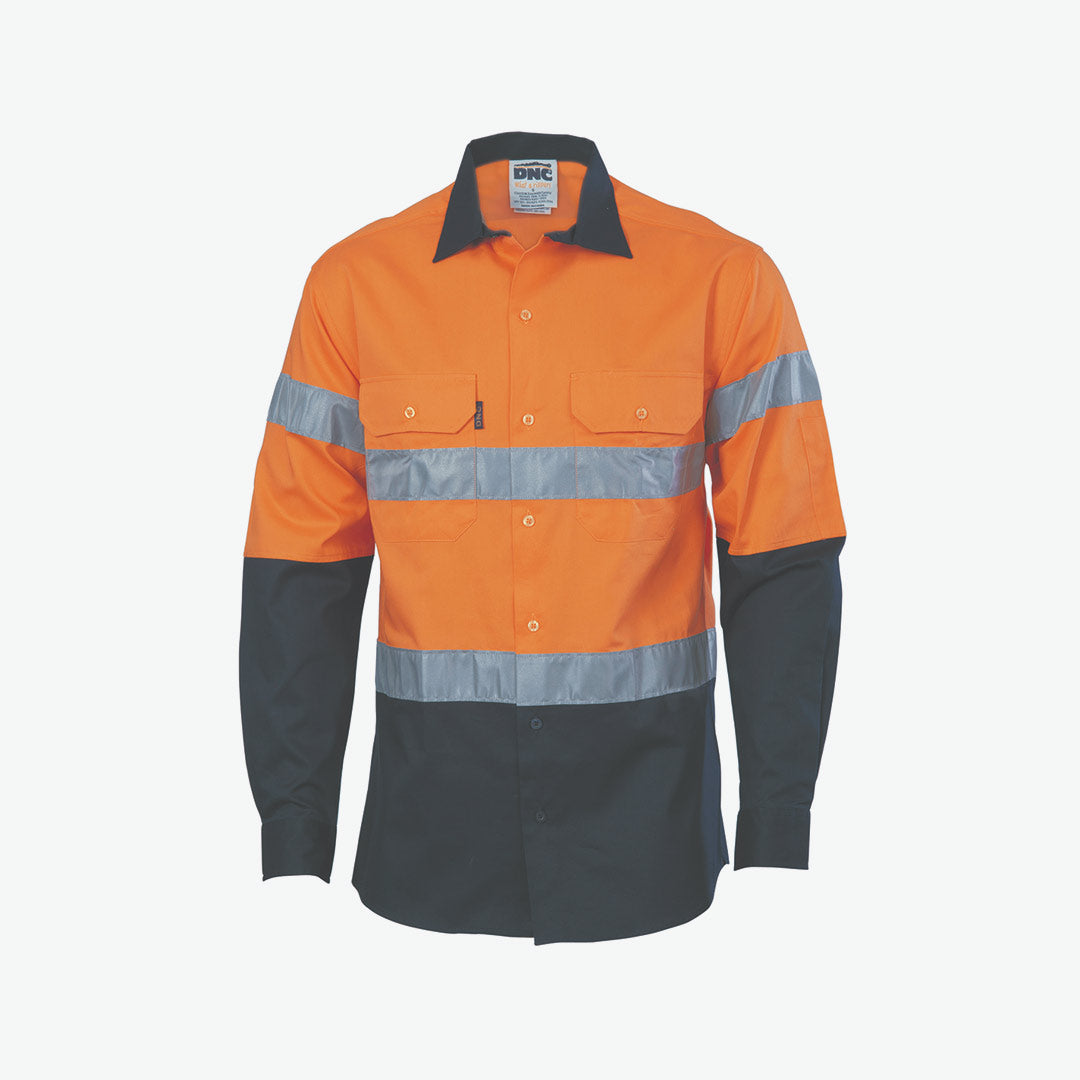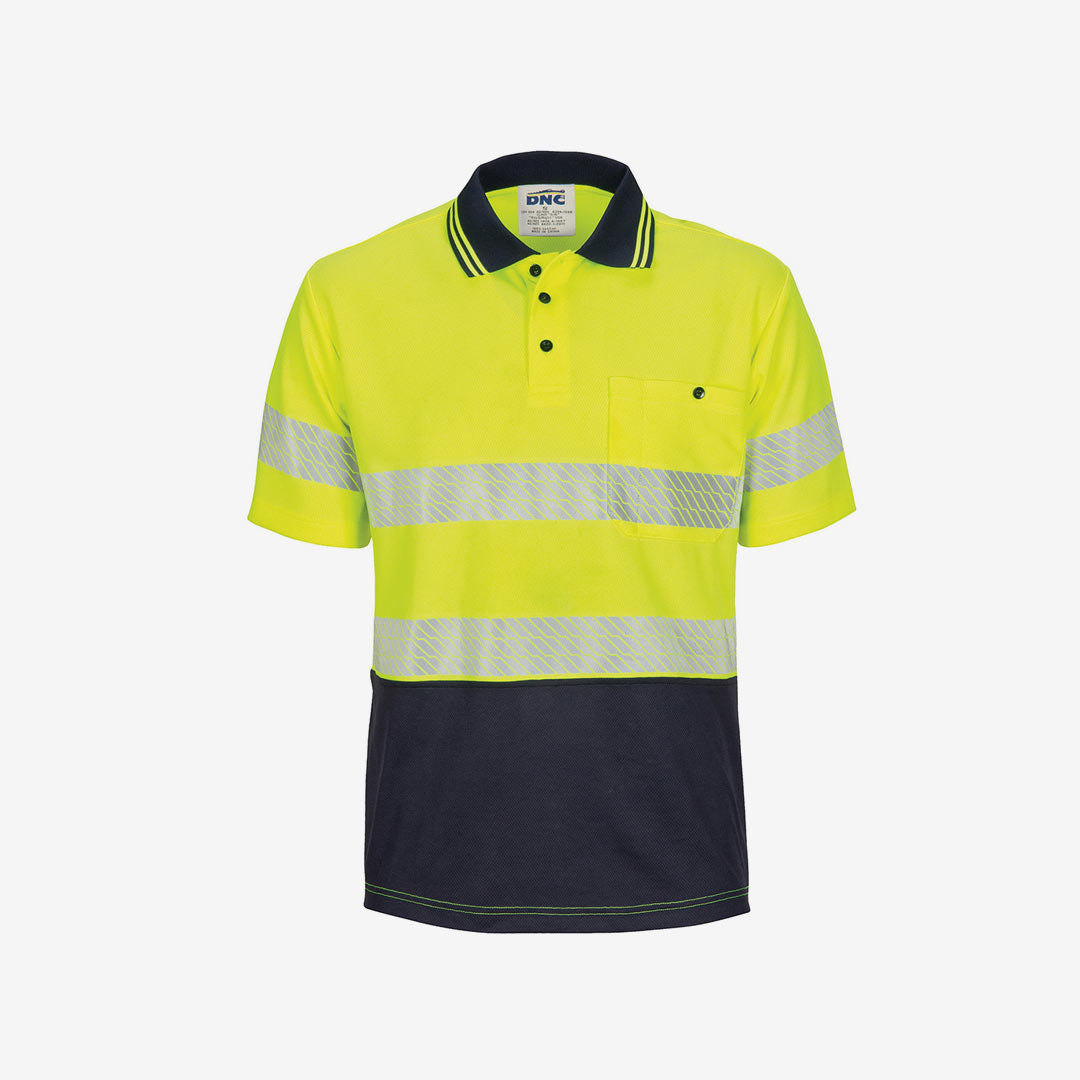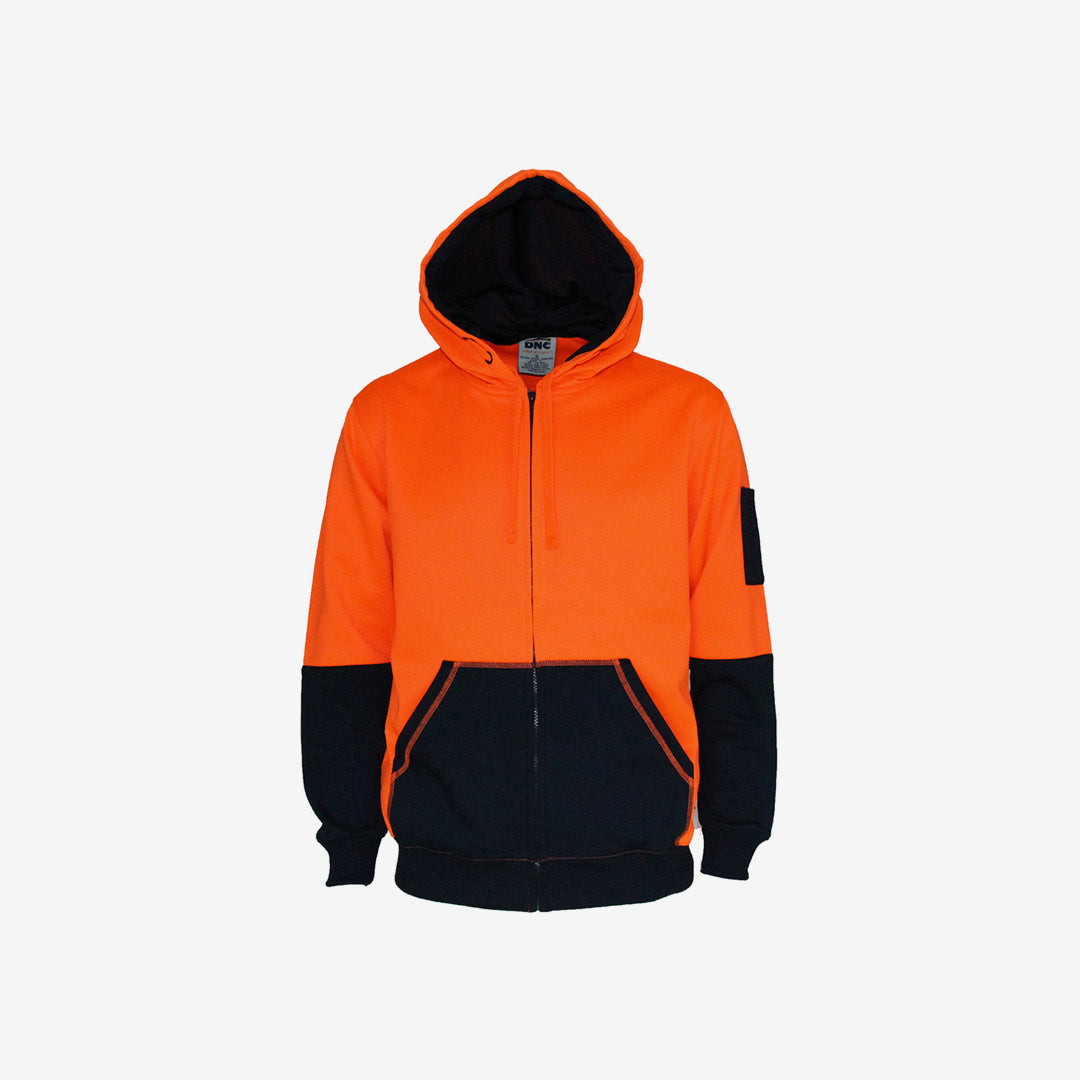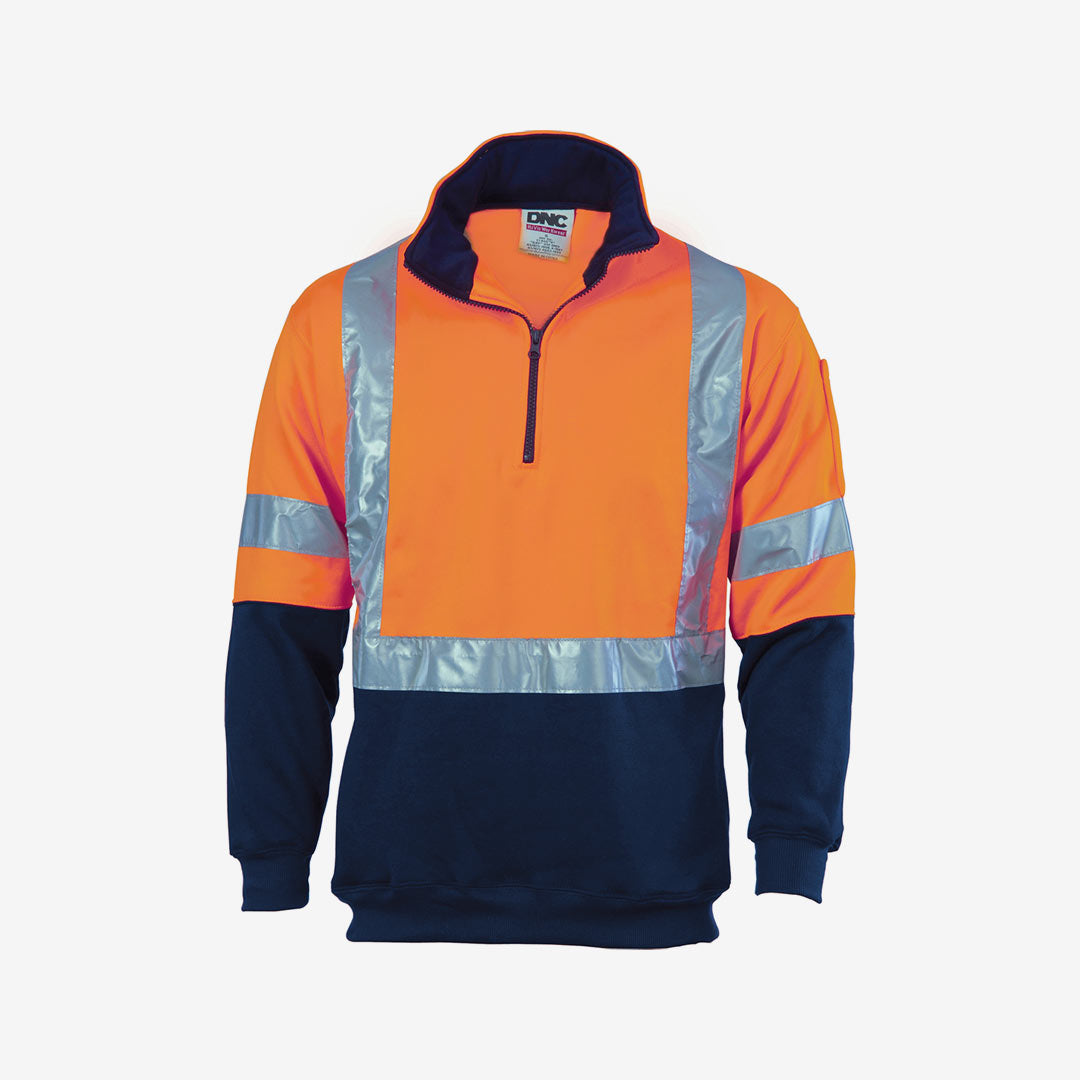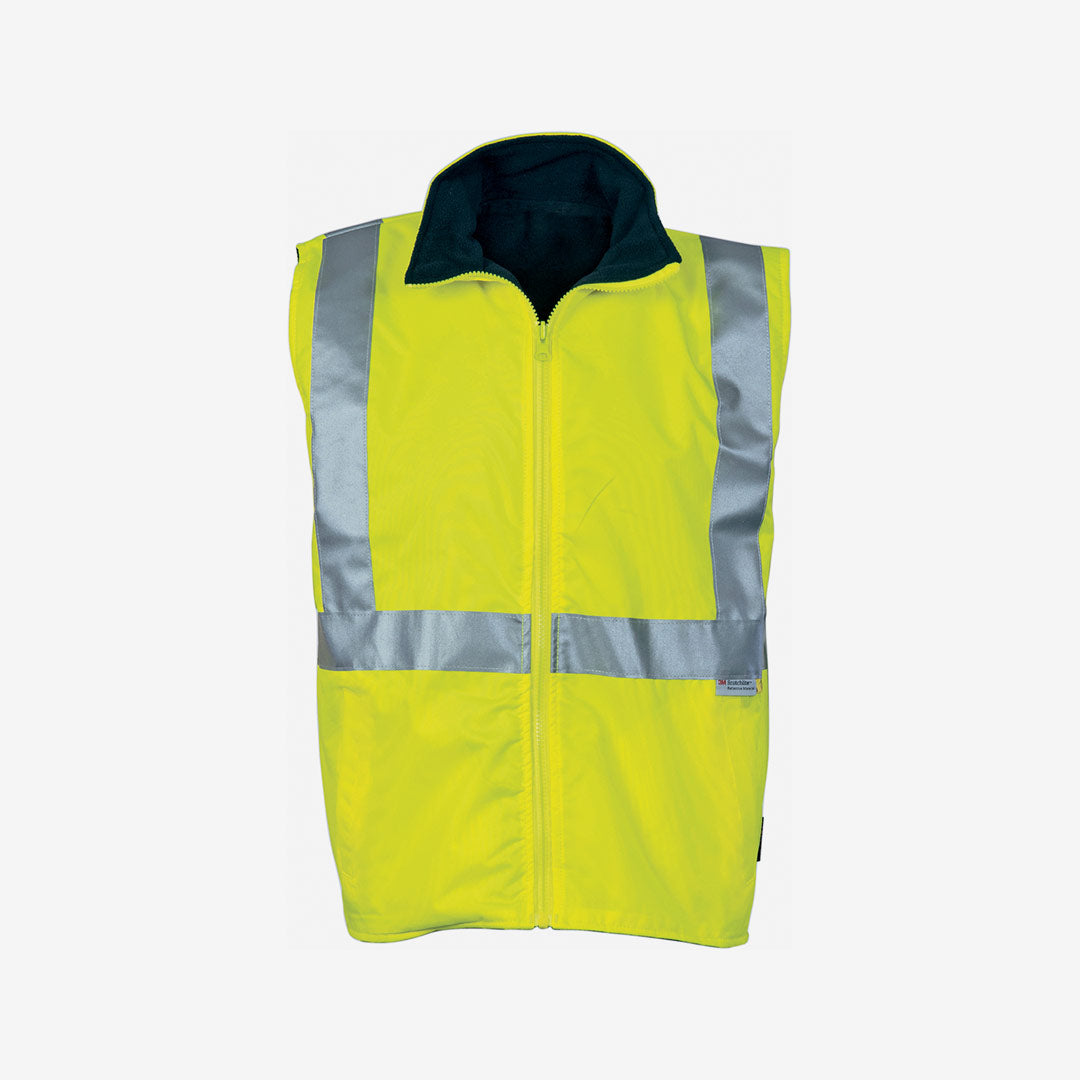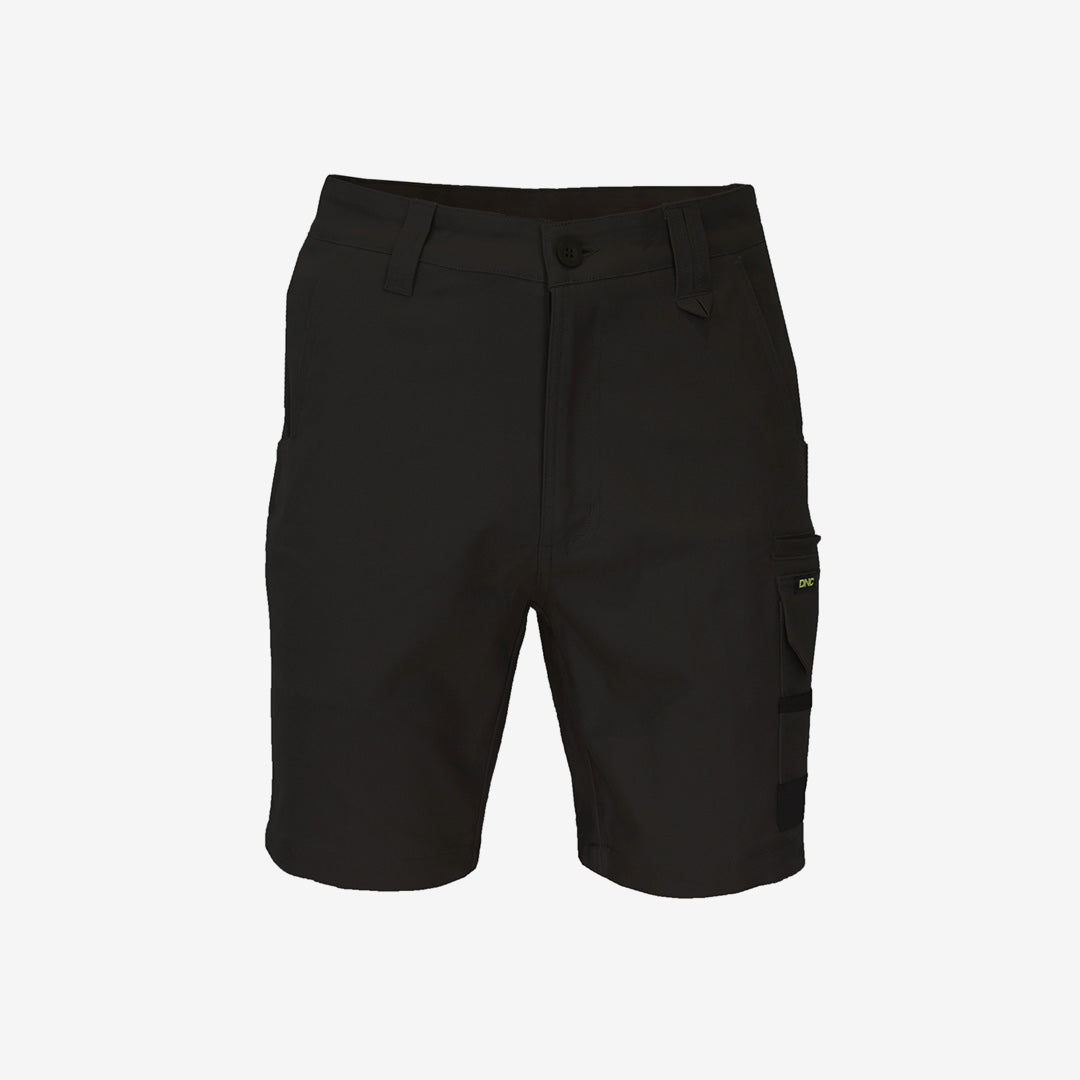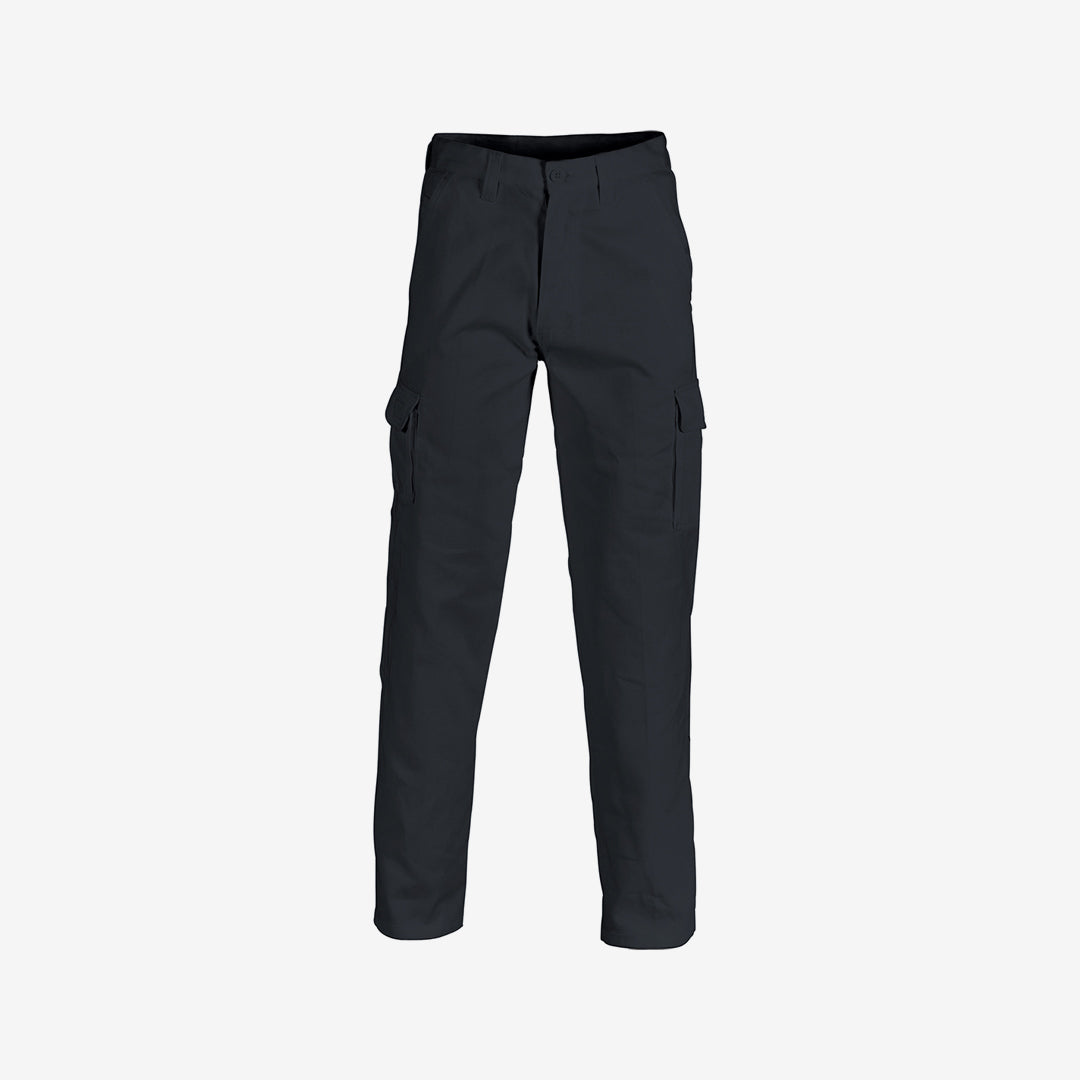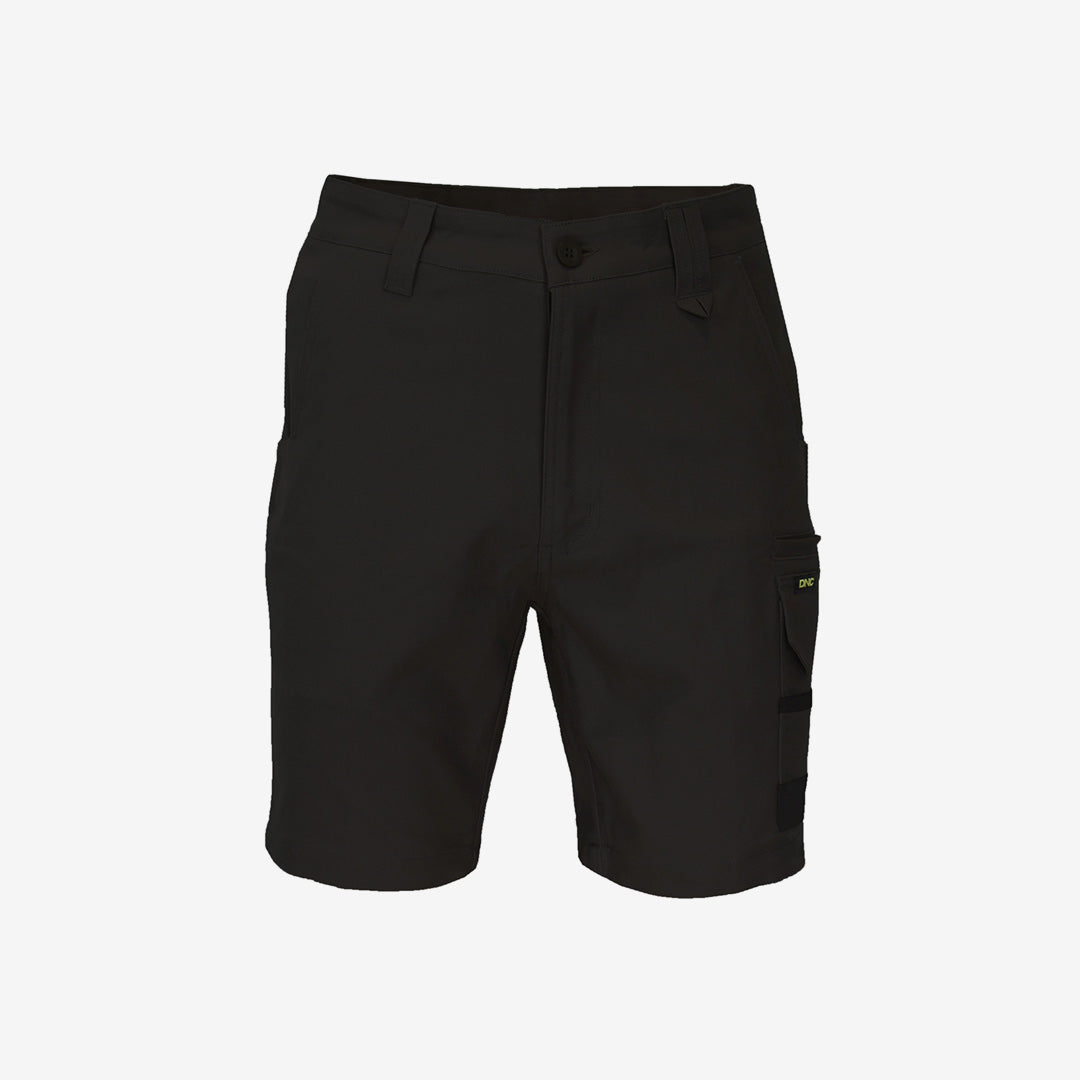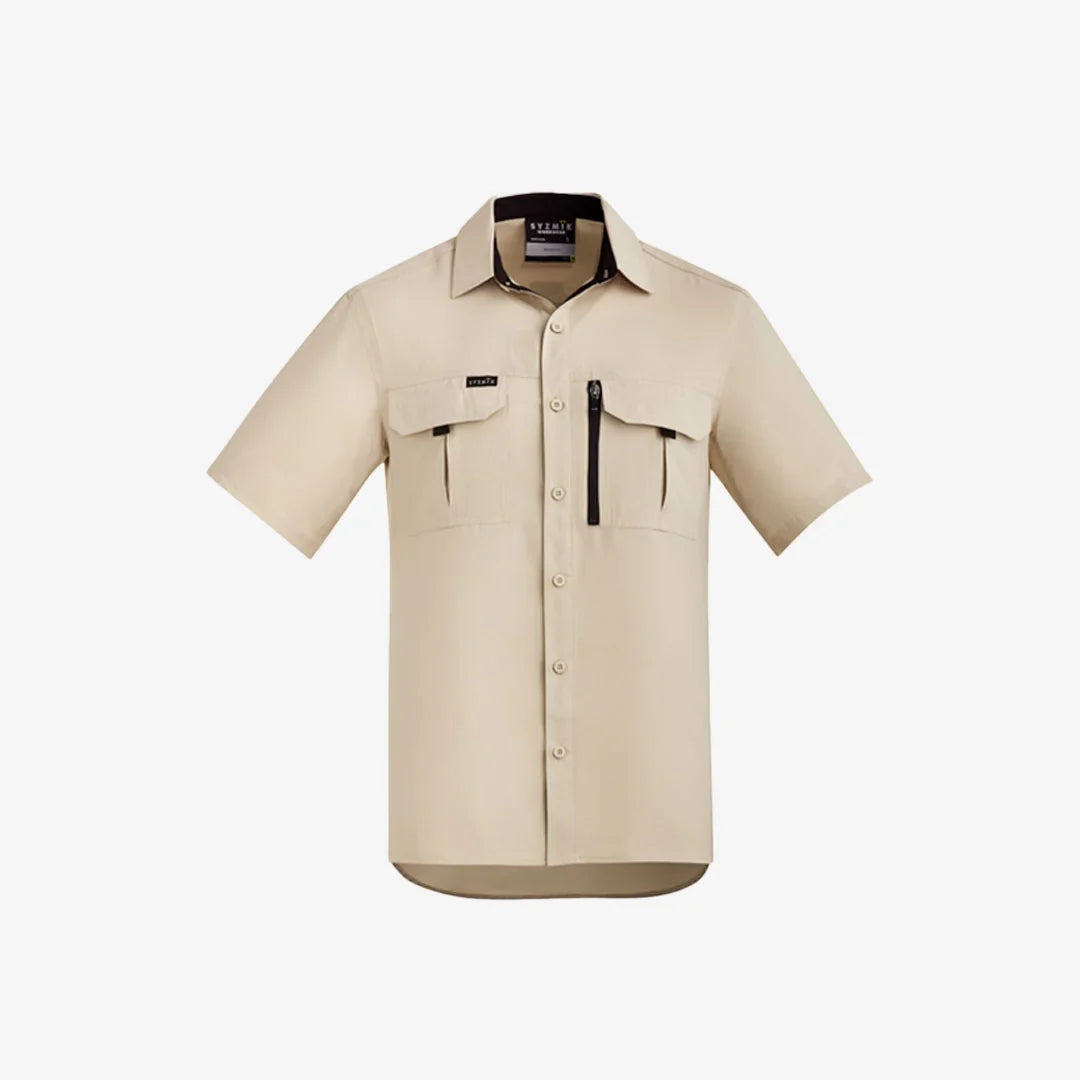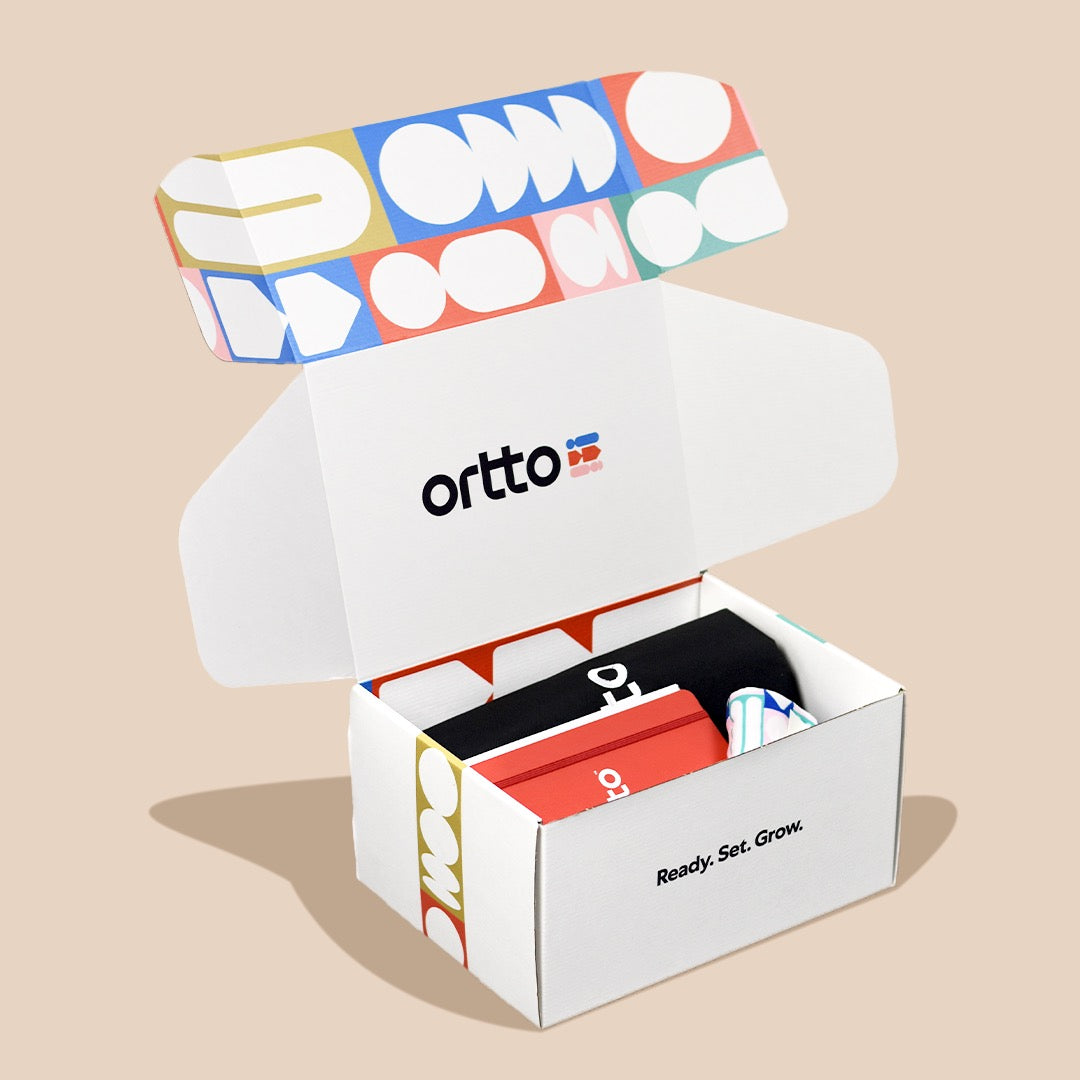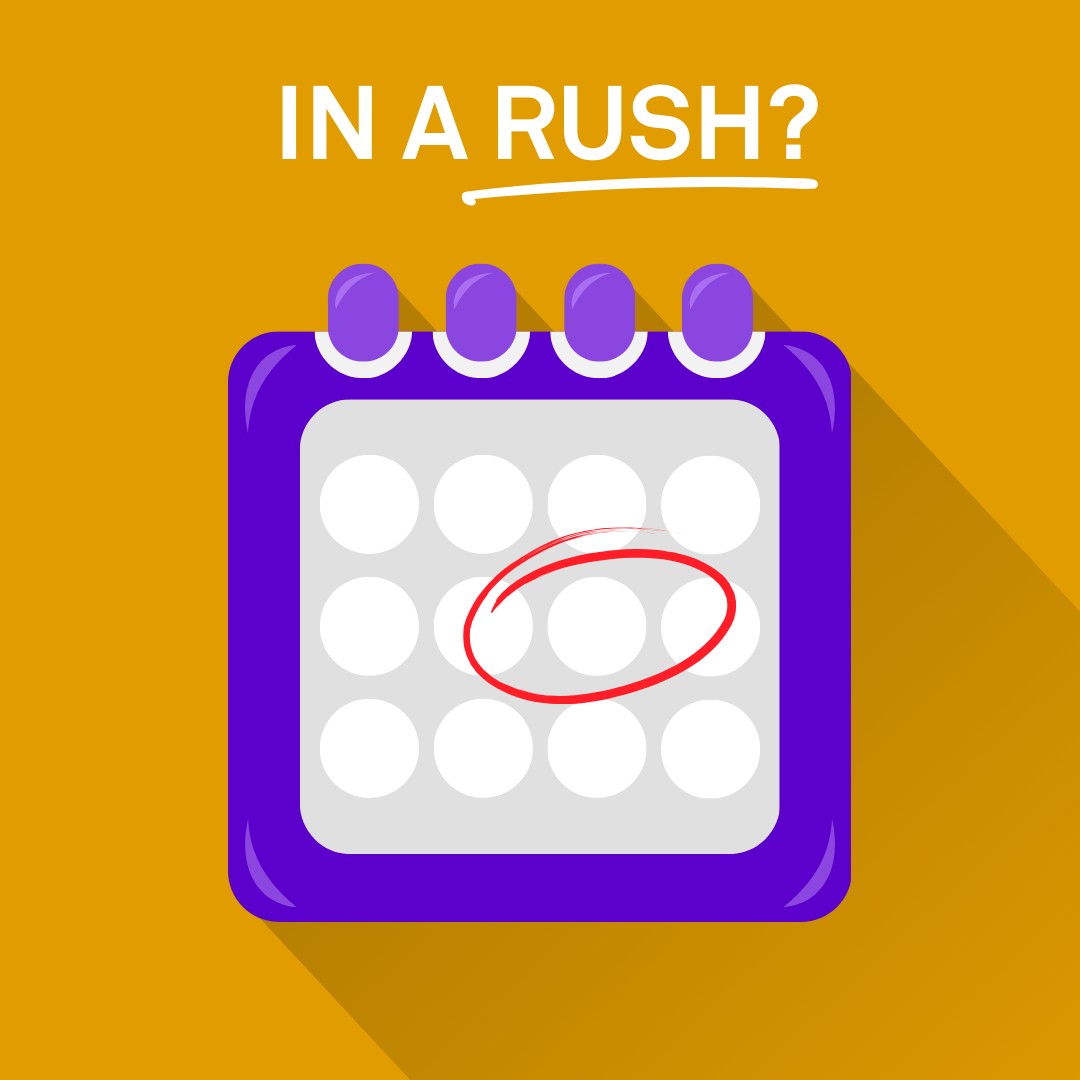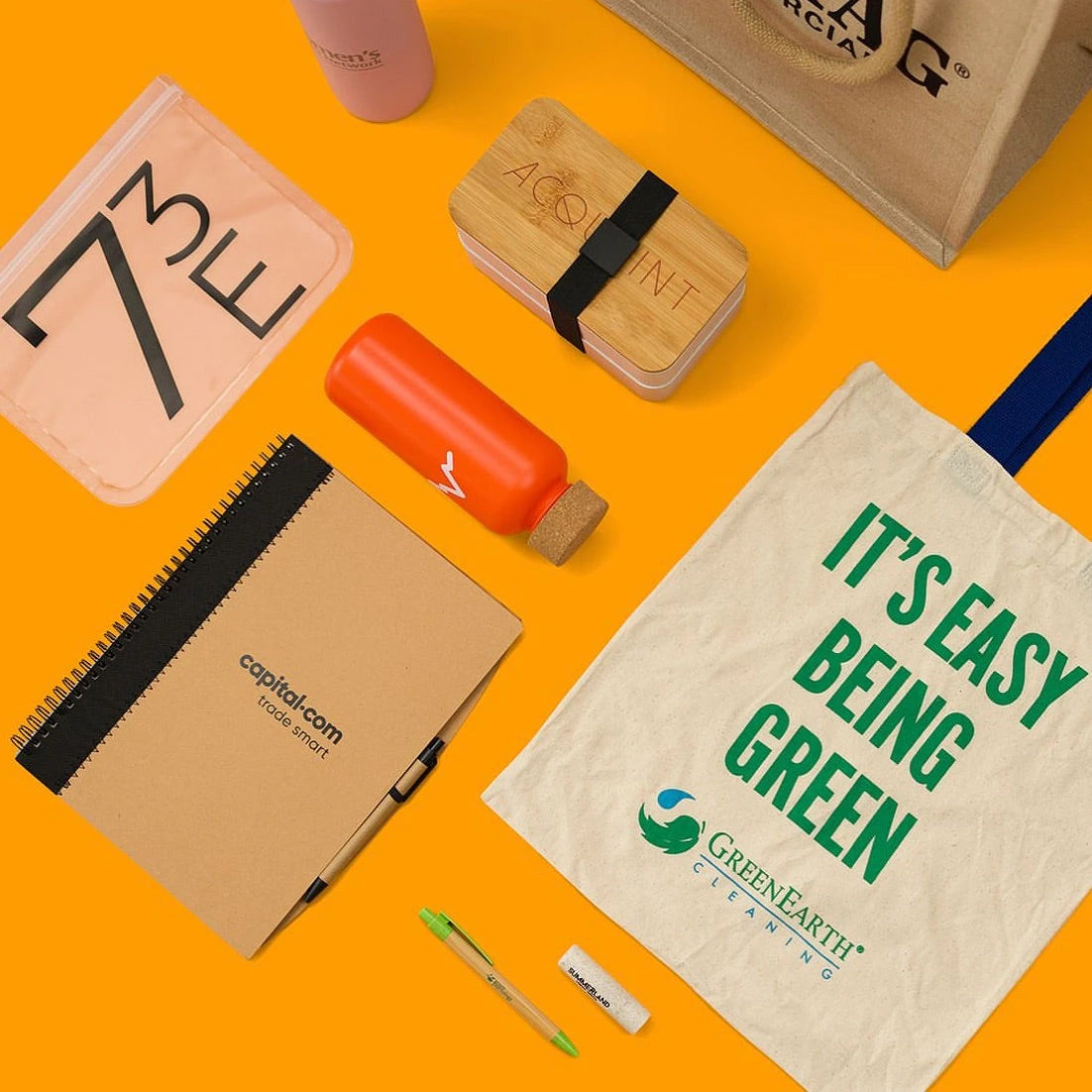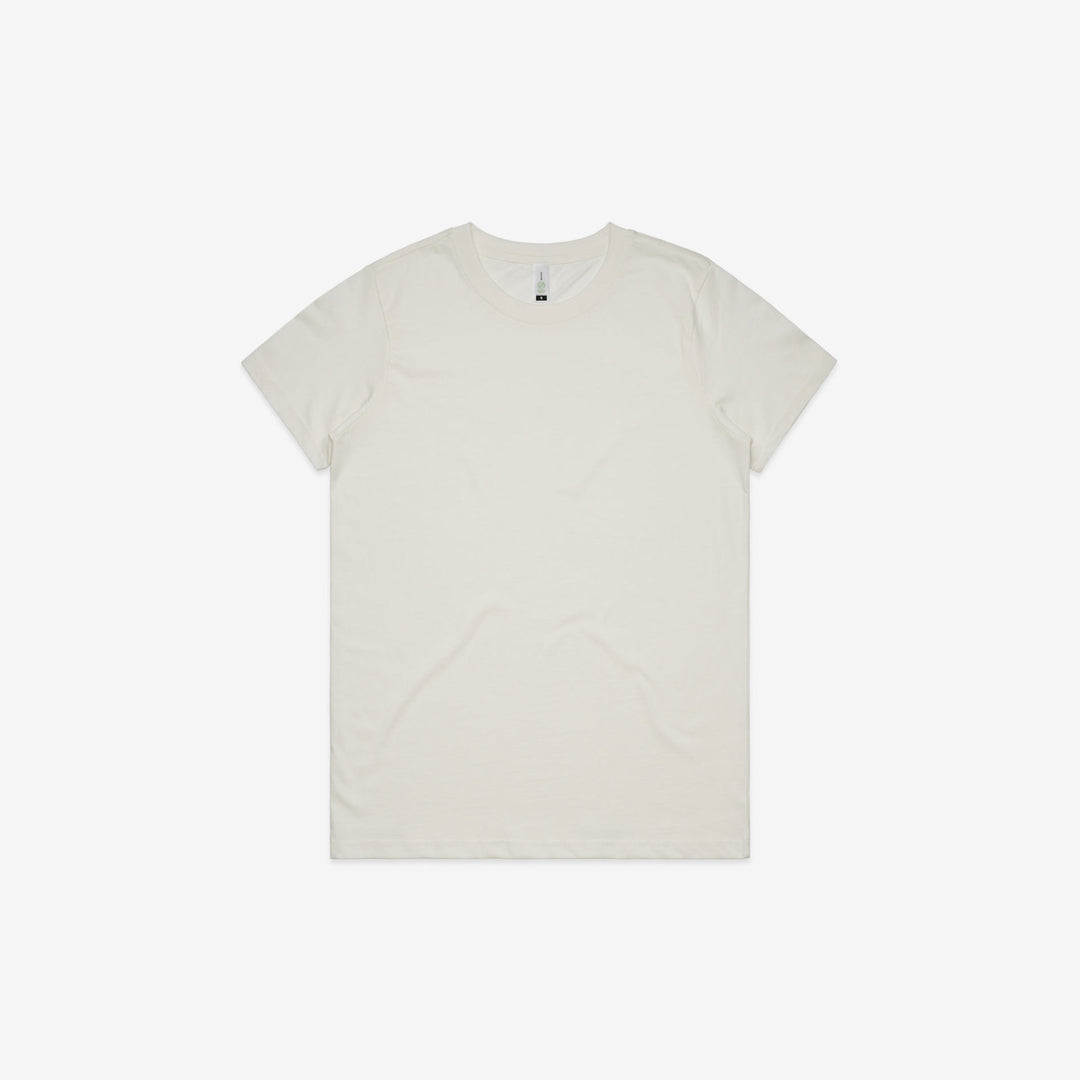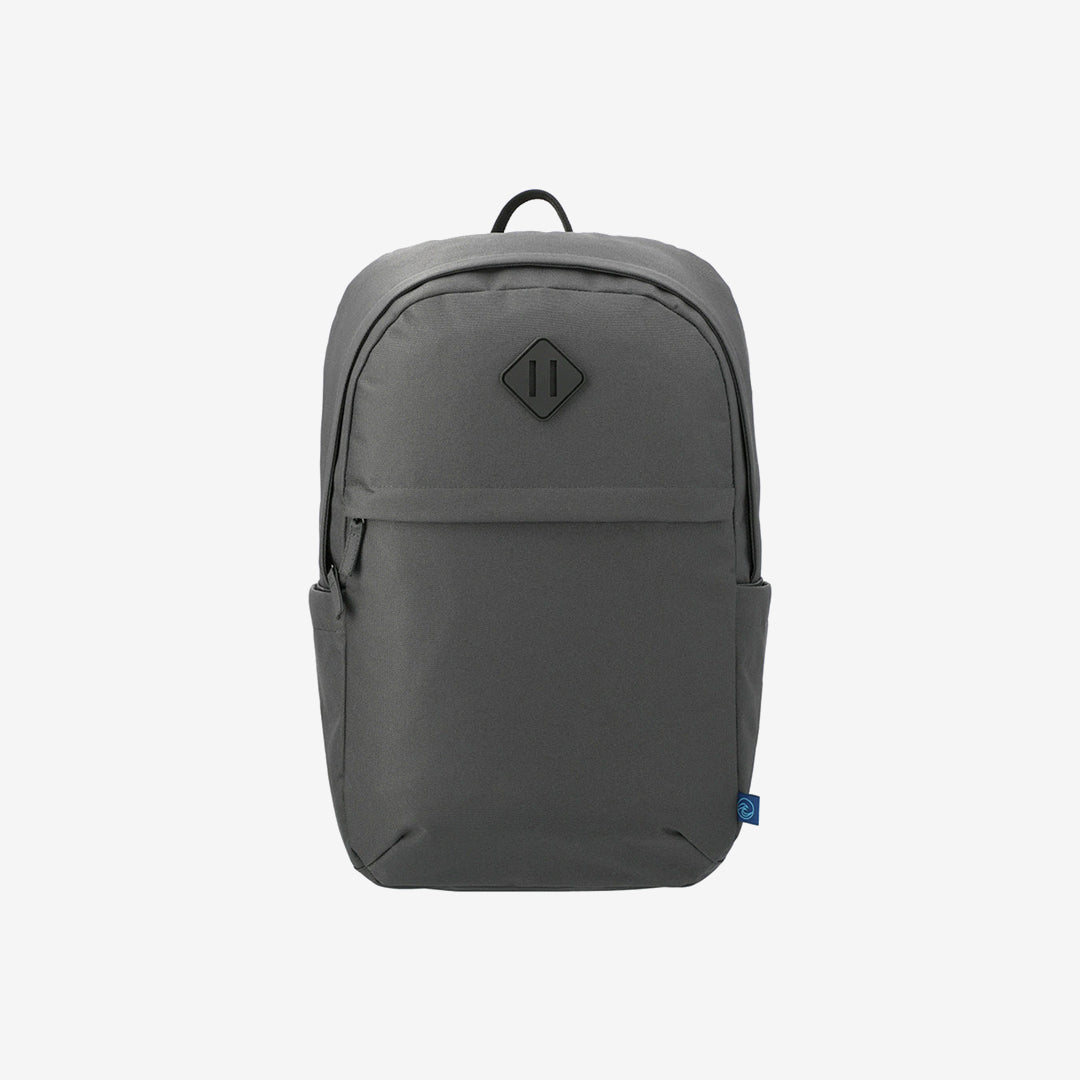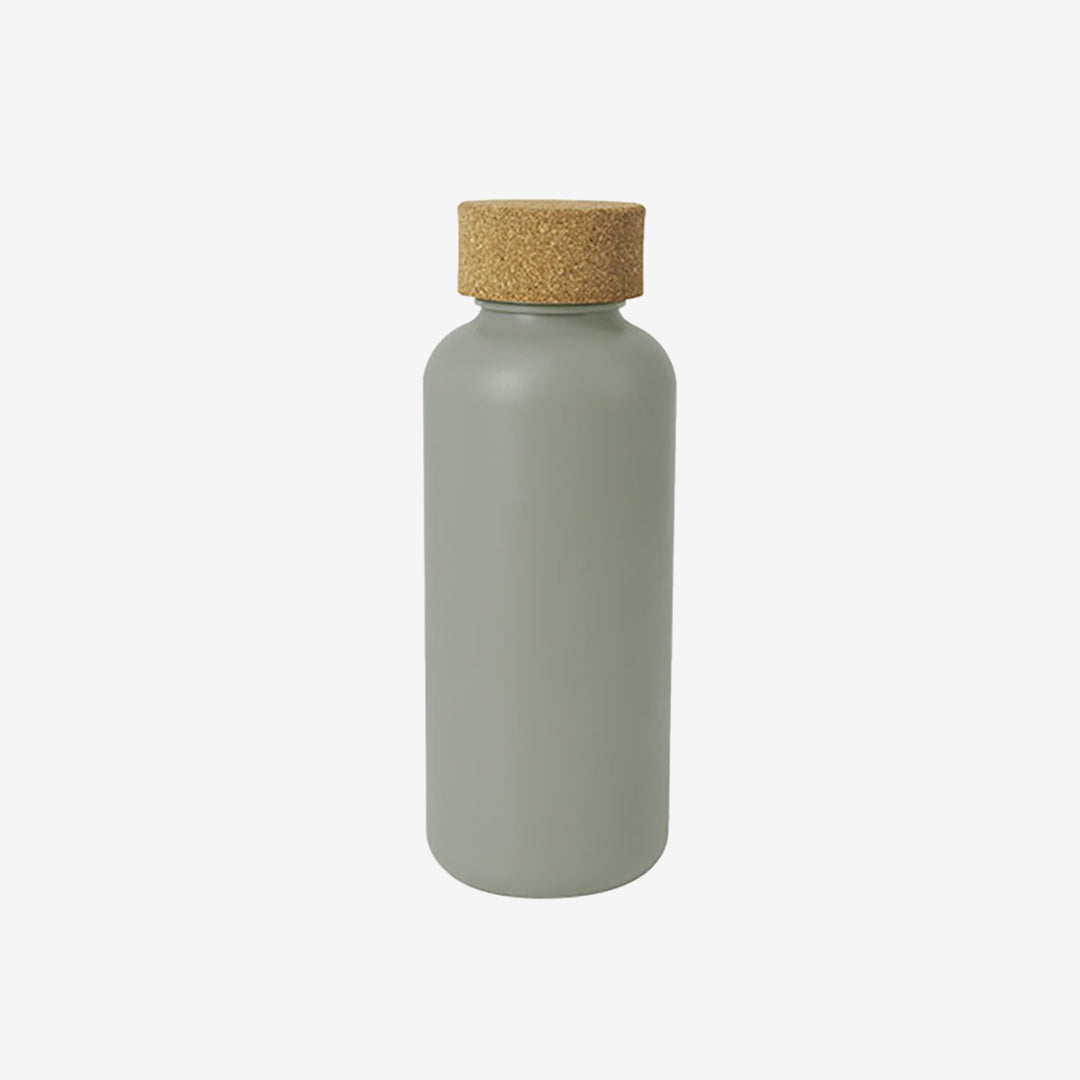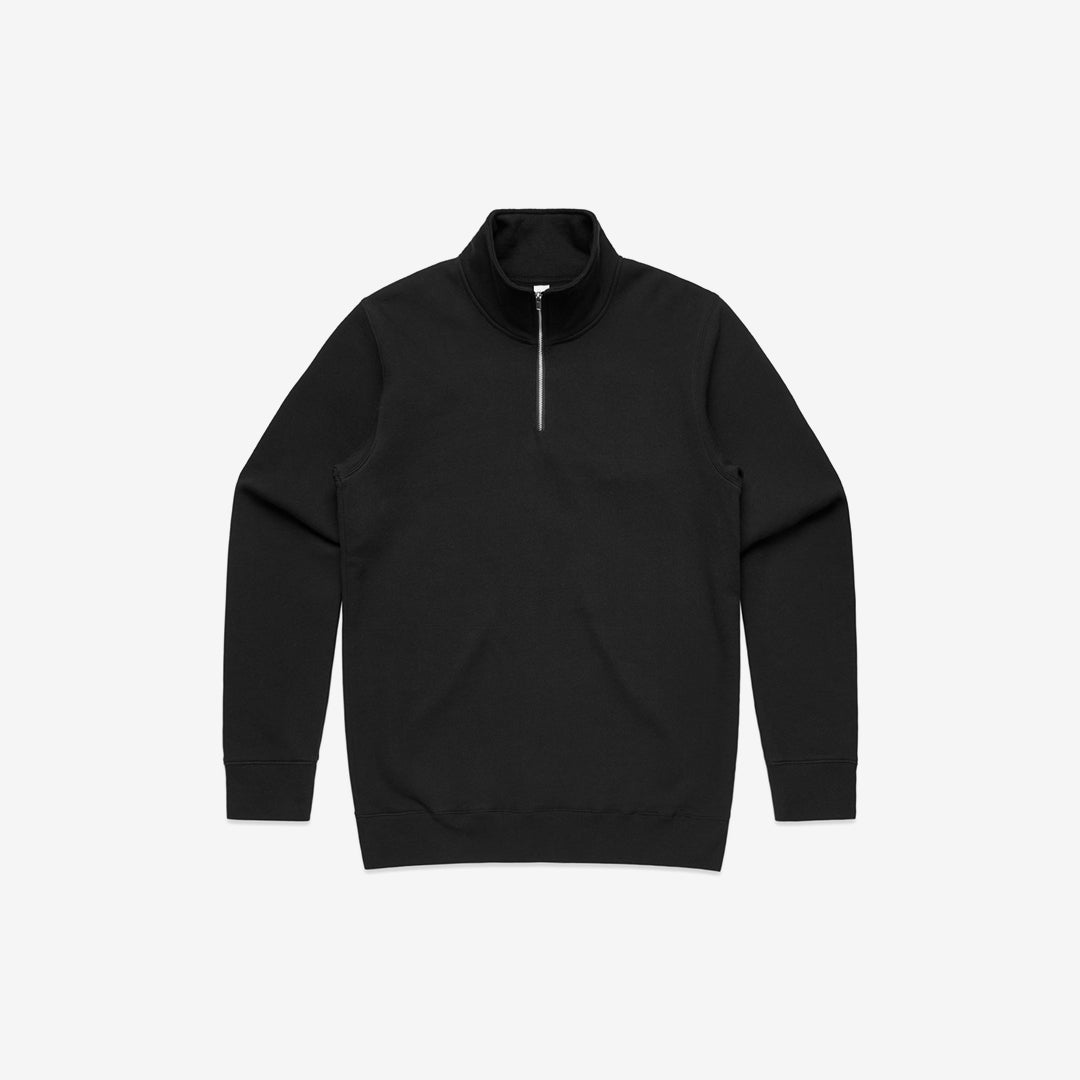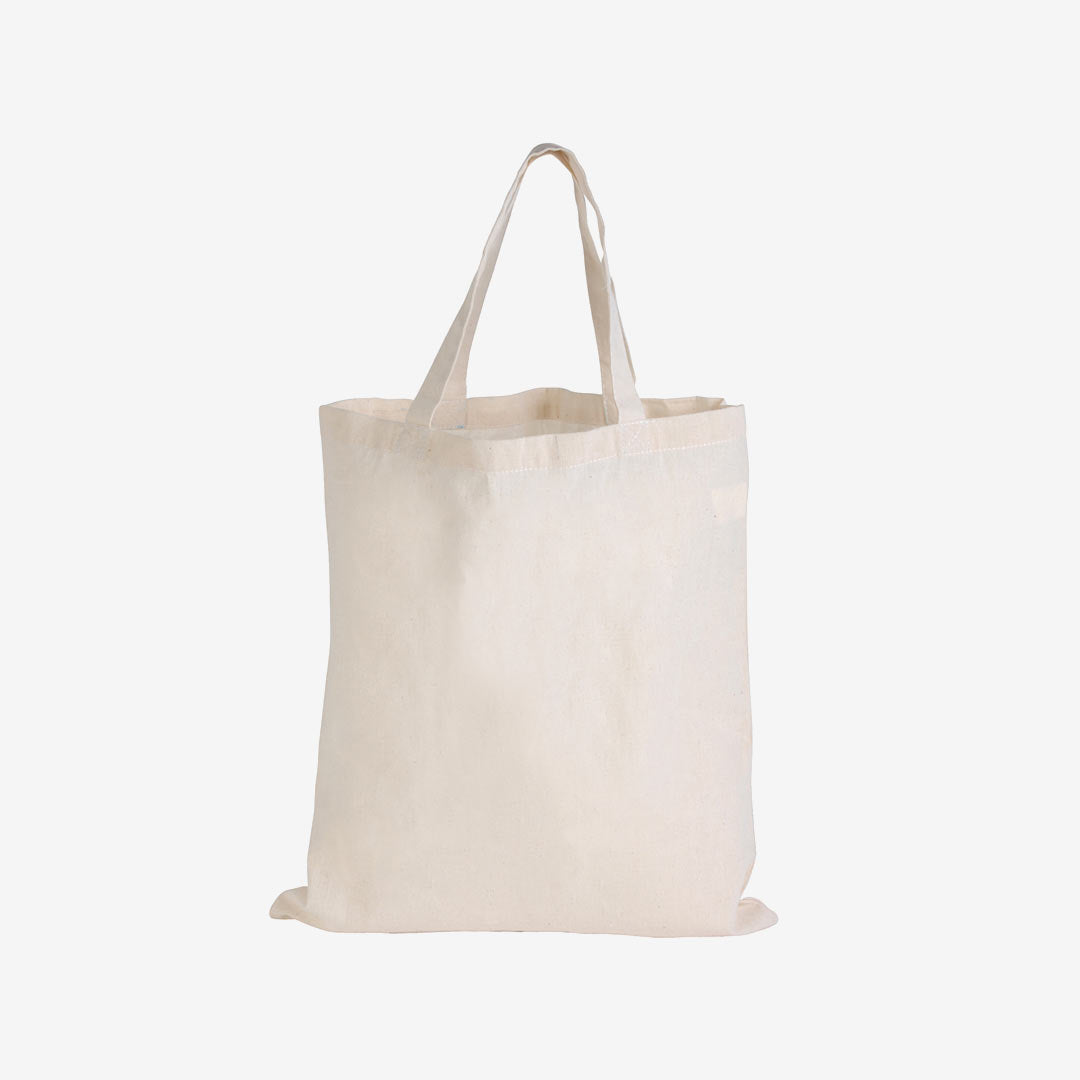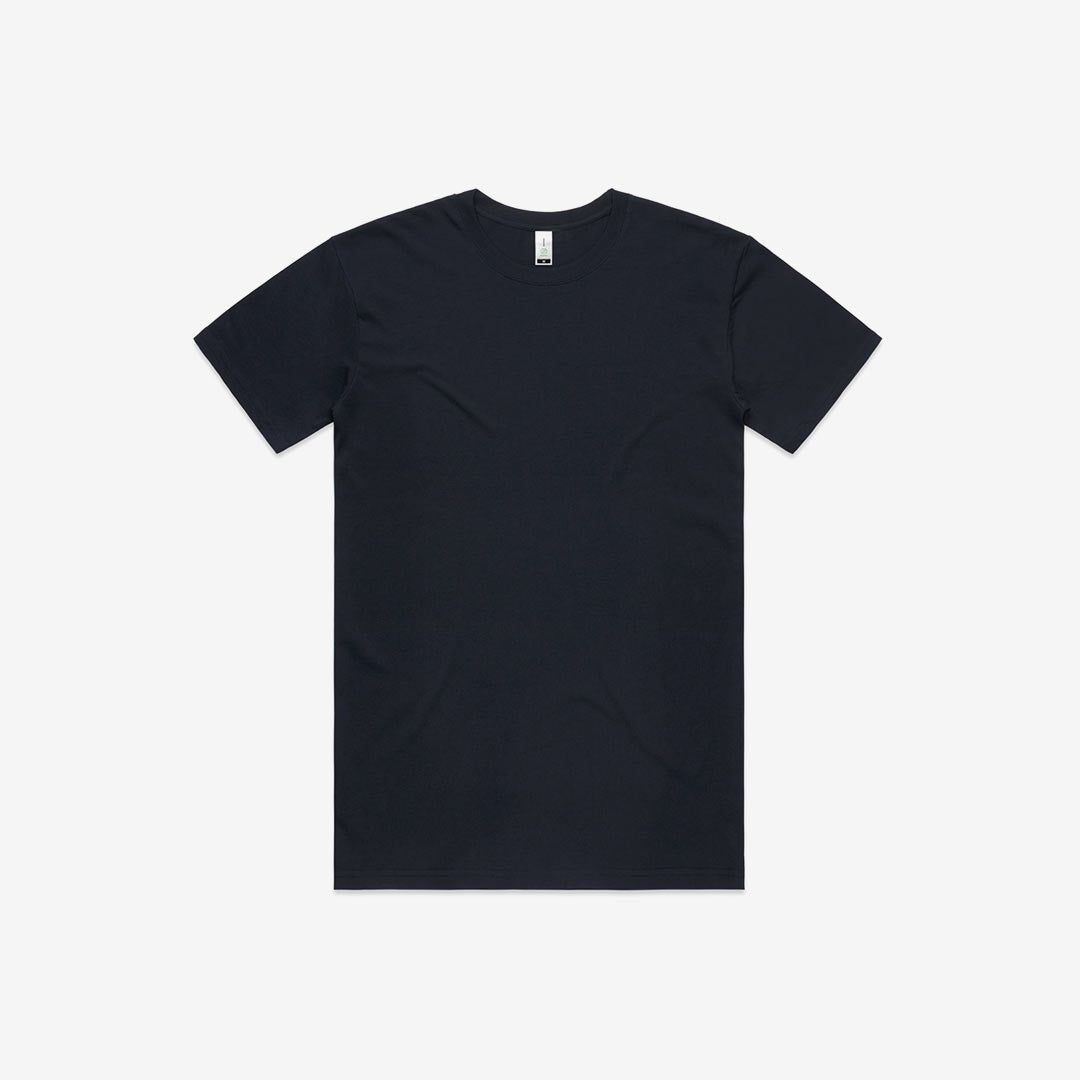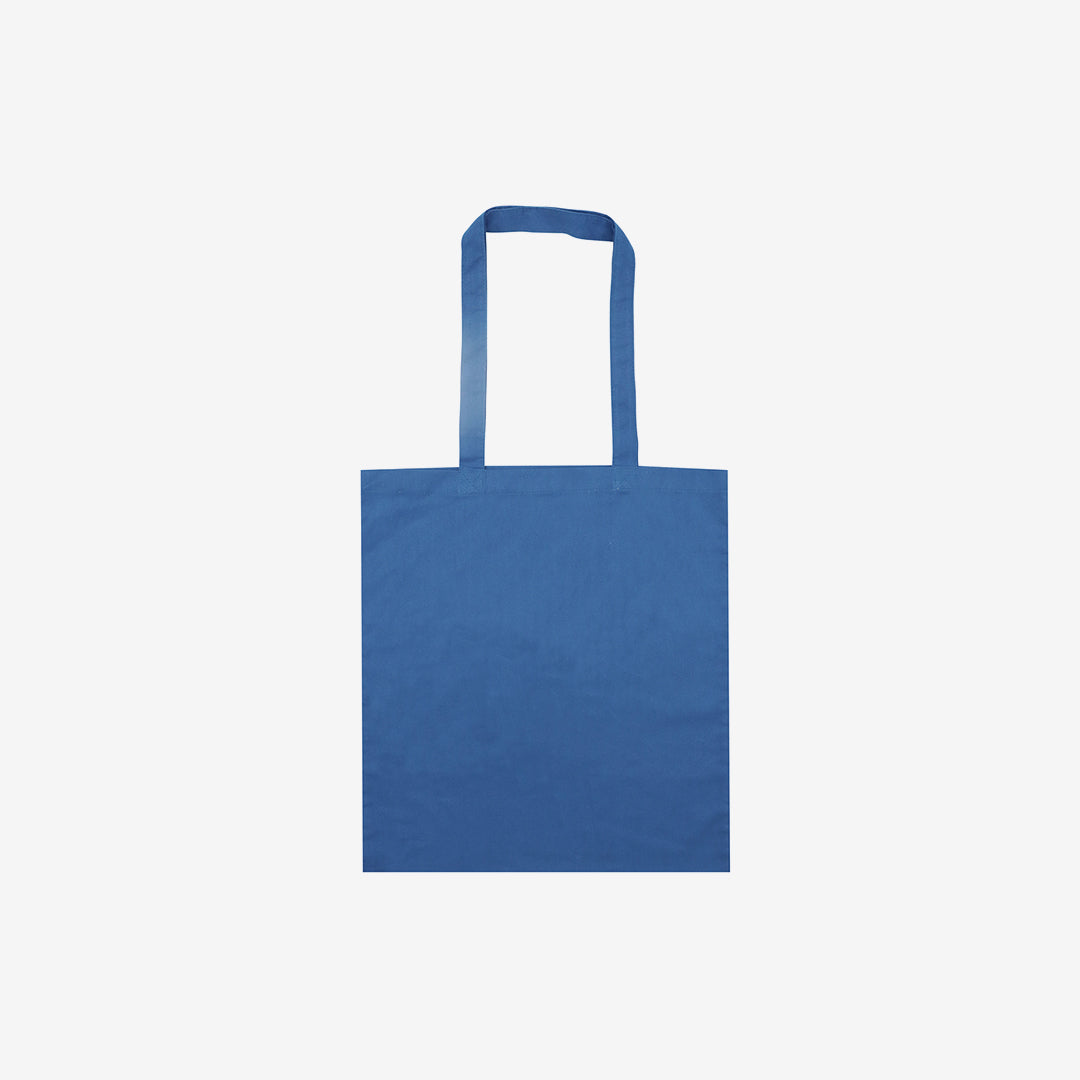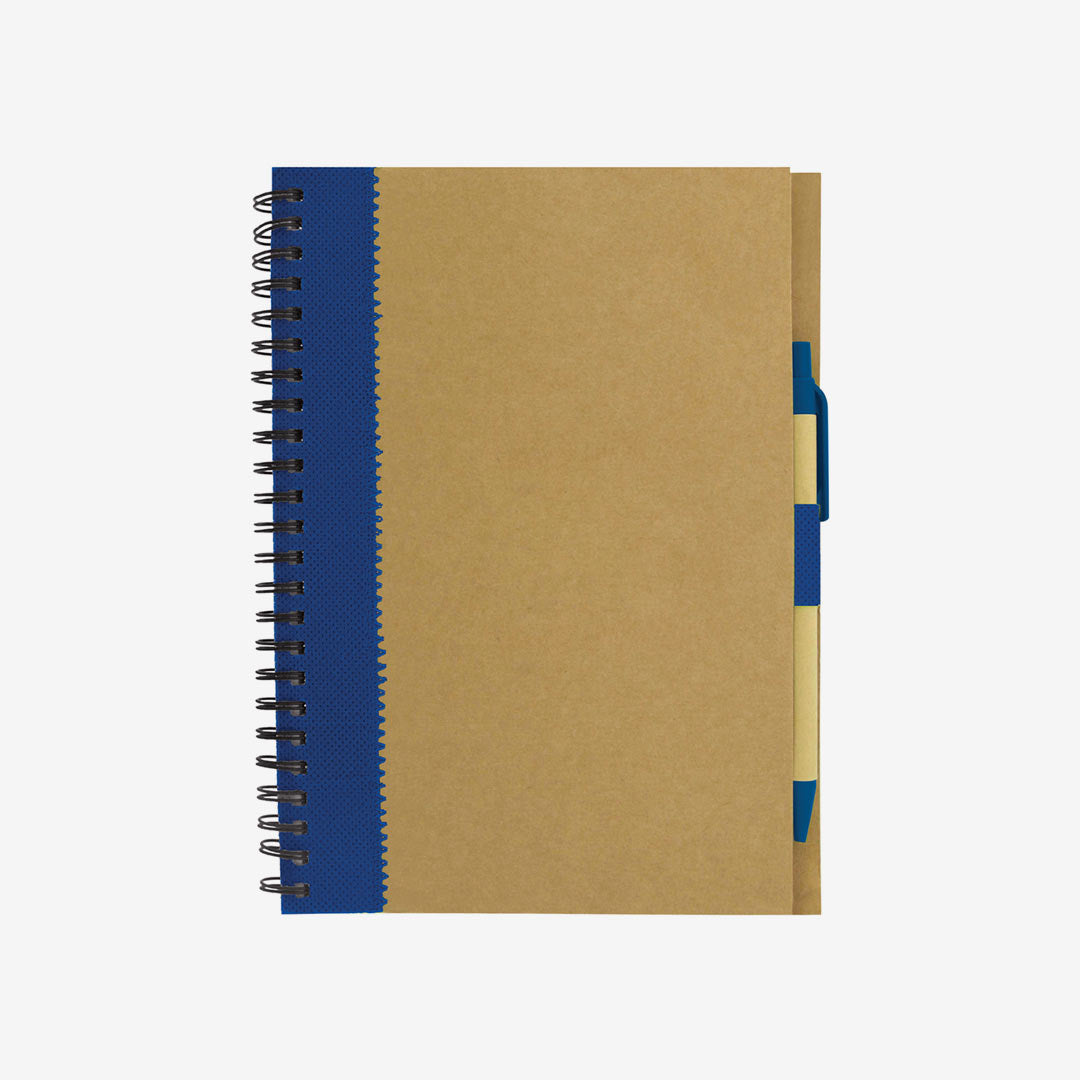How Much Companies Spend on Swag Bags (And Is It Worth It?)
Why Companies Are Investing Billions in Swag Bags
How much do companies spend on swag bags might surprise you - the promotional products industry in the United States alone is worth $24 billion and continues growing. Here's what you need to know:
Quick Budget Breakdown:
- Average company spend: Over $185,000 annually on branded merchandise inventory
- Per employee (standard): $250 per year ($50 quarterly, $100 in Q4)
- Per employee (generous): $500 per year ($100 quarterly, $200 in Q4)
- Event swag bags: $15-$150 per attendee depending on event type
Most Popular Items by Market Share:
- T-shirts: 25% of total promotional product sales
- Tote bags: 8.4%
- Tech accessories: 7.5%
- Writing instruments: 6.1%
But here's the real question: with over 70% of event swag ending up in the bin before attendees even leave the venue, are companies getting their money's worth?
The answer isn't just about the price tag. Smart businesses are shifting toward quality over quantity, choosing sustainable options that recipients actually want to keep.
I'm Ben Read, Co-founder and CEO of Mercha.com.au, and I've spent years helping businesses steer exactly how much companies spend on swag bags while maximising their return on investment.
Why Do Swag Bags Matter For Business ROI?
When someone receives a branded gift, their brain literally lights up with reward signals. This phenomenon, called the reciprocity effect, is why understanding how much do companies spend on swag bags becomes crucial for your marketing strategy.
Scientific research on gift psychology shows that receiving gifts activates the brain's reward centres, creating positive associations with your brand that can last for years. 83% of Americans genuinely enjoy receiving promotional products with advertising messages.
What Impact Do Freebies Really Have?
50% of people use their promotional products daily - imagine having your brand visible in someone's daily routine for months on end. 85% of consumers actually do business with a company after receiving a promotional product. 89% of people remember the company name on a promotional product even 24 months later.
The pass-along effect amplifies this impact - about 67% of people give promotional products to someone else, meaning your single investment could reach multiple people over its lifetime.
Is Physical Swag Better Than Experiences?
Physical swag creates persistent marketing. Unlike a digital ad that vanishes after seconds, a quality promotional product keeps your brand visible for an average of 6.6 months. Some items stay in use for up to two years.
From a sustainability perspective, scientific research on climate impact has raised concerns about promotional products' environmental cost. This is driving a shift toward eco-friendly options and higher-quality items that recipients will actually keep and use.
The smart approach? Choose physical promotional products that offer genuine value and align with your sustainability goals.
How Much Do Companies Spend on Swag Bags?
Let's explore the numbers that matter. How much do companies spend on swag bags isn't just about throwing money at branded merchandise - it's about understanding what works and what delivers real value for your marketing budget.
The promotional products industry is massive, generating $24 billion annually in the US alone. That's not just big corporations either - we're talking about 26,413 promotional product businesses employing nearly 393,000 people. The industry has maintained steady 2.5% growth over the past five years, which tells us one thing: companies are seeing real returns on their swag investments.
Here's where company size makes a real difference. Small businesses with 1-50 employees typically spend between $5,000-$25,000 annually on promotional products. Medium-sized companies with 51-200 employees bump that up to $25,000-$100,000 annually, while large corporations with 200+ employees often invest $100,000-$500,000 or more each year.
The average company spends over $185,000 annually on branded merchandise inventory, though this covers everything from swag bags to corporate gifts and employee recognition items.
Average Per-Employee Swag Budget
When planning your swag strategy, thinking per employee rather than per event often makes more sense. Most successful companies I work with spread their swag bag spending across the year, creating consistent touchpoints rather than one-off splurges.
The standard budget of $250 per employee annually breaks down beautifully across quarters. You might allocate $50 each for Q1, Q2, and Q3 - covering welcome items for new hires, mid-year recognition gifts, and back-to-work season boosts. Then bump Q4 up to $100 for holiday celebrations and year-end appreciation gifts.
Companies with more generous budgets often double this to $500 per employee annually. This allows for $100 per quarter in the first three quarters, then a substantial $200 allocation for Q4. The fourth quarter typically gets the largest slice because ending the year with memorable, quality gifts creates lasting positive impressions.
Event-Specific Spend & Industry Variance
When it comes to events, how much do companies spend on swag bags per attendee varies dramatically based on your industry and audience expectations.
Tech conferences command the highest budgets at $75-$150 per bag. Tech-savvy attendees expect quality gadgets like wireless chargers and premium notebooks, but the investment pays off through industry networking effects and higher perceived value.
Corporate conferences typically budget $40-$80 per bag, focusing on practical items that travel well and serve busy professionals. Trade shows often go for volume over premium quality, spending $25-$60 per bag to maximise reach with lightweight, easily transportable items.
Non-profit events work with tighter budgets of $20-$40 per bag, but they're masters at choosing meaningful items that align with their cause. There's often a strong emphasis on sustainability and social impact.
Virtual events present unique challenges, with budgets of $15-$35 per bag after factoring in shipping costs. The focus shifts to compact, mail-friendly items that create an exciting unboxing experience when they arrive at recipients' homes.
The key is understanding your audience and setting realistic expectations. A $30 swag bag at a non-profit gala might generate more goodwill than a $100 bag at a luxury corporate retreat if the contents align with recipients' values and needs.
What Drives Your Swag Bag Budget Up (Or Down)?
How much companies spend on swag bags depends on several key factors. Item quality and materials are your biggest budget influencers - premium materials can triple your costs, but also triple the likelihood someone will keep your branded item. Customisation complexity can increase costs from $3 per item for simple logos to $15+ for multiple colours or embroidery.
Order quantity offers significant savings through bulk discounts, which is why smart companies plan months ahead. Shipping and logistics can blindside budgets, especially for remote teams or international shipping. Rush orders typically cost 25-50% more than planned purchases.
Eco-friendly upgrades usually add 10-30% to costs but are increasingly becoming standard rather than optional. Recipients notice sustainable choices, and it reflects well on your brand values.
Sneaky costs include setup fees ($50-$200 per design), warehousing, international duties, and professional packaging. The companies that get the best value plan ahead and understand these cost drivers.
Balancing Quality And Quantity
The quality approach means spending $15-$50 per item. Recipients are more likely to keep and use these items daily, creating lasting marketing impact that often justifies higher upfront costs.
The quantity approach focuses on broader reach with items costing $1-$10 each. This works for brand awareness campaigns where maximum exposure matters, even if some items are discarded.
Bulk discounts create interesting dynamics. At 100-250 units, expect 10-15% off. Reach 500-1000 units for 20-30% savings. Orders over 1000 units often see 30-50% discounts.
Don't Forget The Extras
Customisation charges vary dramatically. Single-colour printing adds $2-$5 per item, multi-colour jumps to $5-$12, embroidery costs $8-$15, and laser engraving falls at $3-$8 per piece.
Eco-friendly upgrades add 15-25% for organic cotton, 10-20% for recycled materials, and 5-10% for carbon-neutral shipping. Sustainable packaging adds $0.50-$2 per item.
Logistics costs include warehousing ($1-$3 per item monthly), pick and pack ($2-$5 per shipment), and shipping ($8-$25 domestically, $15-$50+ internationally).
Budget Allocation & Money-Saving Strategies
Smart budget allocation separates companies that get amazing value from those wondering where their money went. Most successful companies accept quarterly planning, ordering summer drinkware in Q2 and autumn hoodies in Q3. This seasonal approach helps with cash flow and ensures relevance.
Always add 10-15% buffer for unexpected needs - last-minute client meetings or employee recognition moments. Timing orders strategically can slash costs by 20-40%. Our complete guide to merch bulk orders shows how ordering off-season delivers better deals.
Step-By-Step Budget Planner
Start with basics: count current employees plus projected hires. Map your year's big events, trade shows, and celebrations. Each needs different swag types and budgets.
Set SMART goals for each quarter. Instead of "good swag," try "branded drinkware that 80% of employees use daily within three months." Get quotes from multiple suppliers, comparing like with like.
Always plan for unexpected delays and have backup options ready. Supply chains can be unpredictable.
Proven Ways To Stretch Every Dollar
Buy when nobody else is buying. Summer items in winter cost 20-30% less. Holiday gifts in January might save 40-50%.
Consolidate shipping whenever possible. Ship to your office first rather than individual packages to remote workers.
Design simplification is your friend. Multi-colour logos can double printing costs. Clean, single-colour designs often look more professional and cost less.
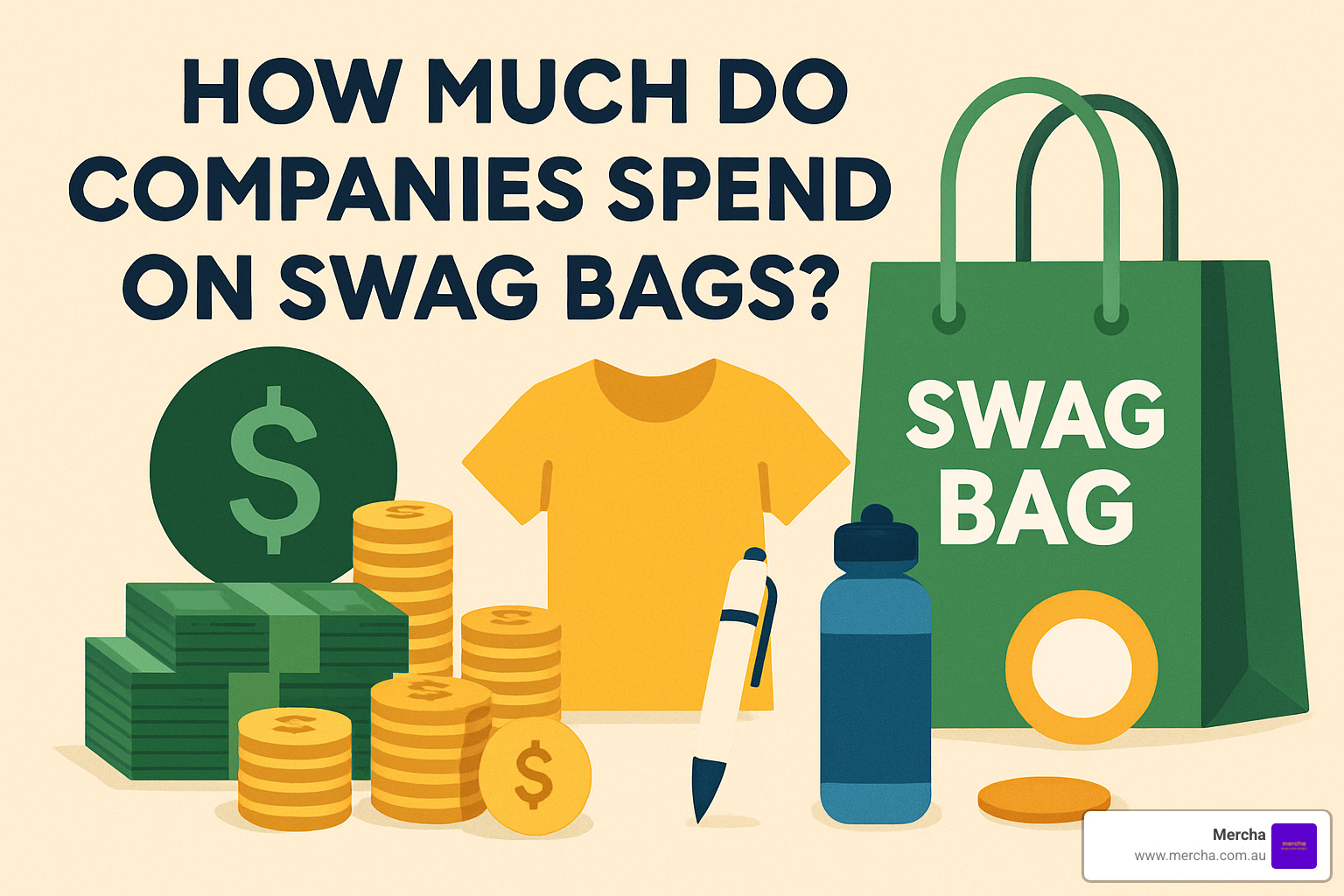
Typical Swag Bag Cost Breakdown & Trending Items
T-shirts dominate the market with 25% of promotional product sales. Tote bags claim 8.4%, tech accessories grab 7.5%, and writing instruments hold 6.1%.
Five major trends are reshaping how much companies spend on swag bags: the sustainability revolution, tech integration, personalisation, premium materials, and multi-functional items.
For creative inspiration, check our guide on creative bag ideas.
Price Benchmarks You Should Know
Bags and totes range from basic plastic at $0.61-$1.20 to premium canvas at $7.00-$12.00. The sweet spot? Cotton canvas totes at $1.05-$2.50.
Drinkware shows interesting consumer preferences. Basic plastic bottles start at $1.50-$3.00, but most companies choose stainless steel at $6.00-$12.00 because recipients actually use them. Premium insulated tumblers cost $8.00-$18.00.
Tech category gets expensive but exciting. Basic USB drives cost $3.00-$8.00, wireless earbuds $15.00-$35.00, portable chargers $12.00-$25.00, and Bluetooth speakers $20.00-$50.00.
Apparel varies by quality. Basic t-shirts cost $4.00-$8.00, premium versions $8.00-$15.00. Hoodies run $18.00-$35.00.
Stationery ranges from basic pens at $0.25-$0.75 to premium pens at $2.00-$8.00. Notebooks cost $1.50-$6.00, leather portfolios $15.00-$40.00.
Sustainability & Personalisation Trends
Eco-friendly upgrades cost 10-30% more but are becoming standard. Recycled materials add 20% premiums, organic cotton 25% more, bamboo products 15-30% more.
Personalisation transforms generic products into personal gifts. Adding names costs $2-$5 per item, custom messages $1-$3, and engraving $3-$8. The ROI consistently outperforms generic swag because people form emotional connections with personalised items.
High-Impact Swag Ideas You Can Order Online
At Mercha, we've made ordering quality promotional products refreshingly simple. Our streamlined three-step online system eliminates endless emails and phone calls. You see exactly what you're paying upfront, with no hidden fees.
Featured Eco-Friendly Picks
Recycled Canvas Tote Bags are conference winners. Made from recycled materials, these handle daily use long after events end. Recipients actually want to use them, meaning regular logo visibility.
Bamboo Fibre Water Bottles marry sustainability with functionality. Naturally antimicrobial and lightweight, they're perfect for health-conscious audiences. Unlike plastic bottles that scream "cheap giveaway," bamboo bottles feel premium.
Recycled Paper Notebook Sets might seem simple but provide genuine value. Made from 100% recycled paper with soy-based inks, they appeal to environmentally conscious recipients while offering practical meeting utility.
Browse our eco-friendly collection for more sustainable options.
Ready-Made Merch Packs For Events
Onboarding Welcome Kits include branded notebooks, quality pens, water bottles, and welcome totes - everything new team members need to feel valued from day one.
Wellness Packs prioritise employee wellbeing with stress balls, herbal tea samples, hand sanitiser, and motivational notebooks.
Tech Essentials Packs include wireless chargers, cable organisers, laptop stickers, and tech cleaning cloths for digital-savvy audiences.
Explore our pre-made merch packs for curated combinations at bulk pricing.
Frequently Asked Questions About Swag Bag Spending
How do I calculate a realistic swag budget for a hybrid workforce?
Hybrid workforces present unique budgeting challenges, but the key is thinking strategically about distribution. How much companies spend on swag bags for hybrid teams typically follows a 60-40 split: allocate 60% of your budget for lightweight, mail-friendly items that work well for remote workers, and 40% for in-person distribution during office gatherings or events.
The math changes significantly when you factor in shipping costs. Individual packages typically cost $8-$15 for domestic delivery, which can quickly eat into your per-employee budget. That's why many companies are switching to quarterly care packages rather than one-off shipments - it's more cost-effective and maintains better engagement with remote team members throughout the year.
Consider creating "hybrid-friendly" item selections: notebooks and pens travel well, quality water bottles make an impact whether someone's working from home or the office, and tech accessories like cable organisers are universally appreciated.
What hidden costs surprise most first-time buyers?
The biggest shock for newcomers is usually the artwork setup fees, which can range from $50-$200 per design. Many assume that once they provide a logo, it's ready to go - but most promotional products require specific file formats and colour adjustments that incur additional charges.
Shipping costs catch people off guard too, especially for individual deliveries to remote workers or event attendees. What seems like a $15 item quickly becomes $25-$30 when you add personalised shipping. Storage costs also accumulate if you're not distributing items immediately - warehousing fees of $1-$3 per item per month add up faster than you'd expect.
Minimum order quantities (MOQs) force many first-time buyers to purchase more than they initially planned. That "perfect" custom water bottle might require a 250-unit minimum when you only have 150 employees. Always request a complete quote including all fees, and budget an extra 15-20% contingency for these inevitable surprises.
How soon should I order swag before an event to avoid rush fees?
The golden rule is 4-6 weeks lead time for custom items, though this varies based on complexity and quantity. Here's the realistic timeline: one week for artwork approval (because there's always at least one revision), 2-3 weeks for production, and 1-2 weeks for shipping and quality control.
Rush orders under two weeks typically cost 25-50% more, and that's assuming your chosen supplier can even accommodate the timeline. For large events or complex customisation like embroidery or multi-colour printing, start planning 8-12 weeks ahead.
The sweet spot for avoiding stress and extra costs is ordering 6-8 weeks before you need the items. This gives you buffer time for unexpected delays, allows you to review samples properly, and often qualifies you for early-order discounts that can offset some of your other costs.
Merch That Speaks for Your Brand
When planning your promotional budget, how much companies spend on swag bags is only half the story. The real question is whether those pounds translate into genuine brand connections that last beyond the unboxing moment.
The most successful companies understand that promotional products are investments in relationships, not just marketing expenses.
At Mercha, our three-step online ordering process cuts through traditional complexity, letting you focus on choosing items that genuinely represent your brand and provide real value.
Sustainability isn't just a trend - it's becoming business necessity. Eco-friendly promotional products often cost less long-term because recipients keep them longer and view brands more favourably.
Fast turnaround times don't mean compromising quality. We've streamlined production so you can order premium branded merchandise without traditional 8-12 week lead times.
Whether you're distributing first employee welcome kits or refreshing promotional strategy, the principle remains: quality beats quantity every time. A thoughtfully chosen £25 item that becomes part of someone's daily routine provides exponentially better ROI than five £5 items forgotten in drawers.
Ready to create promotional products that actually make impact? Explore our most popular collections and find how easy it is to order merchandise that reflects your values while respecting your budget.
The promotional products industry continues growing because gift-giving psychology creates genuine human connections. Make sure your investment contributes to meaningful relationships rather than adding to clutter.


